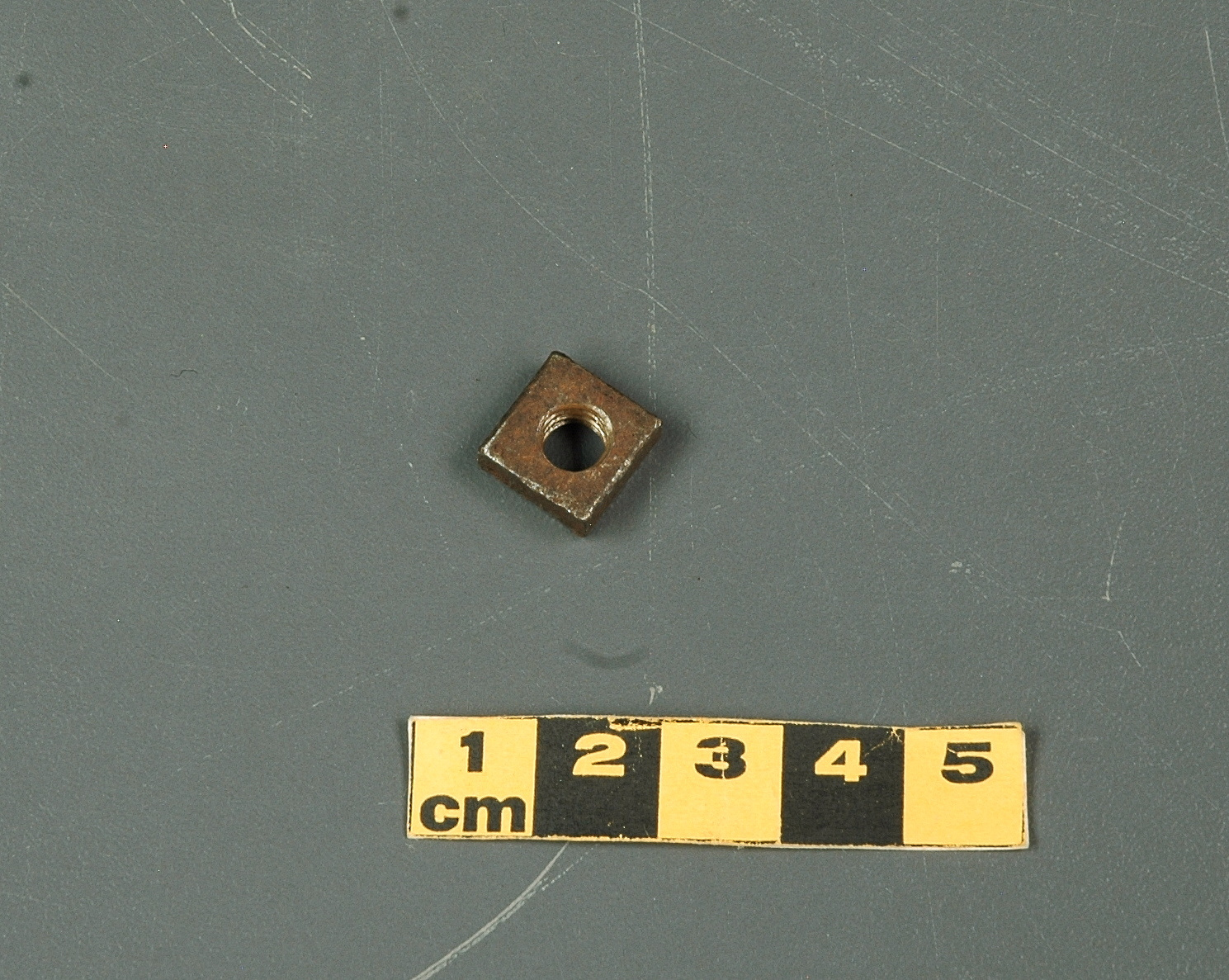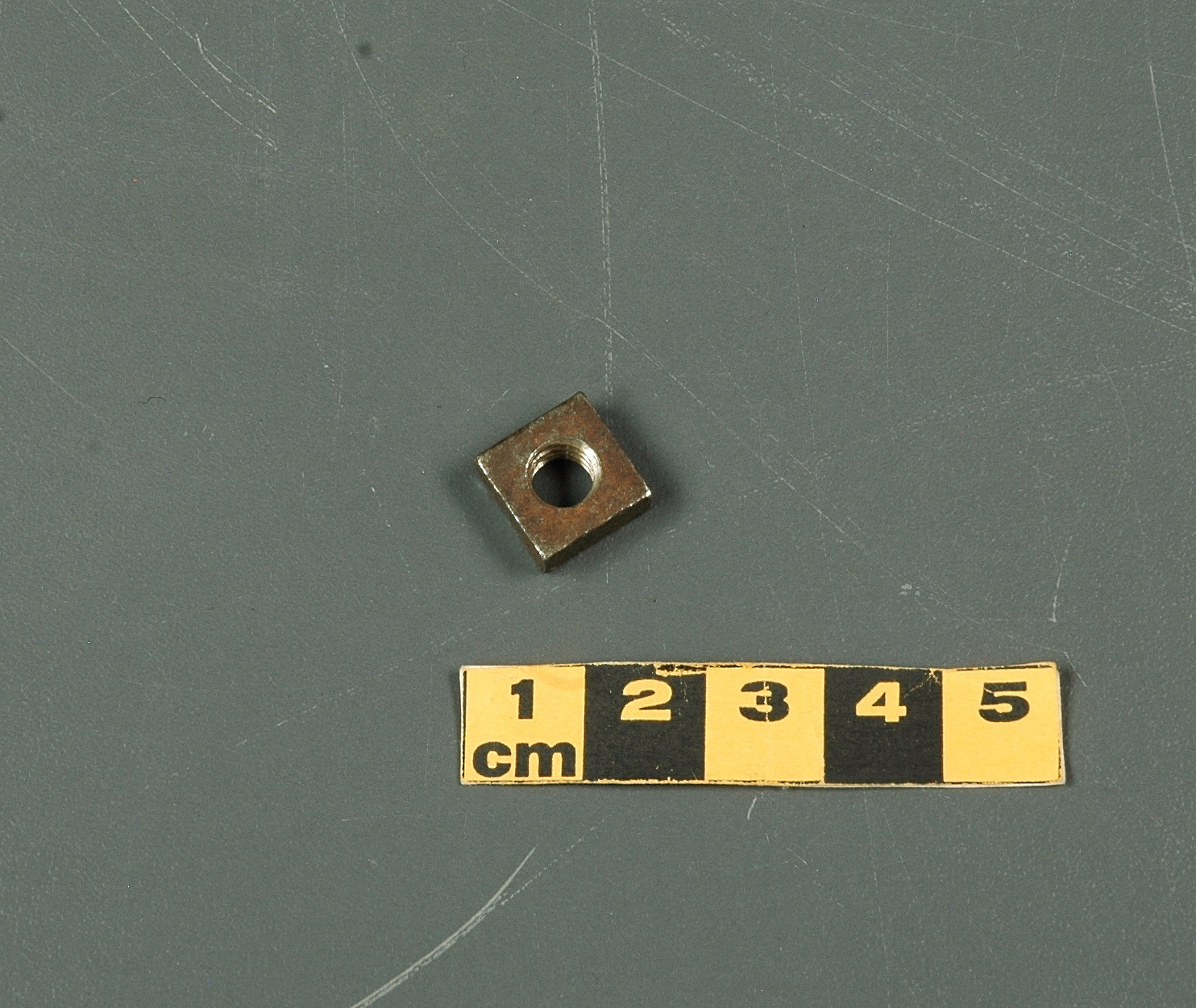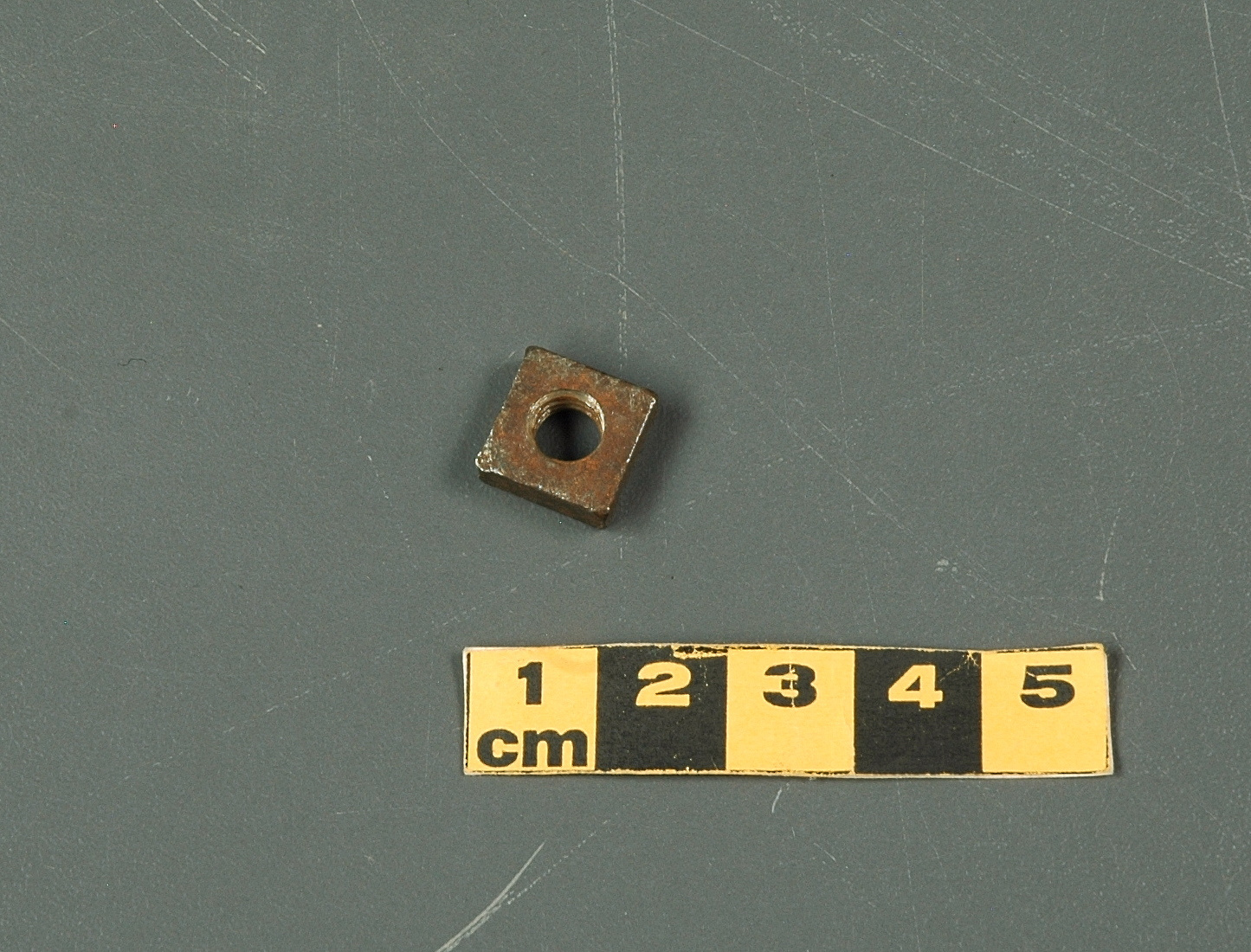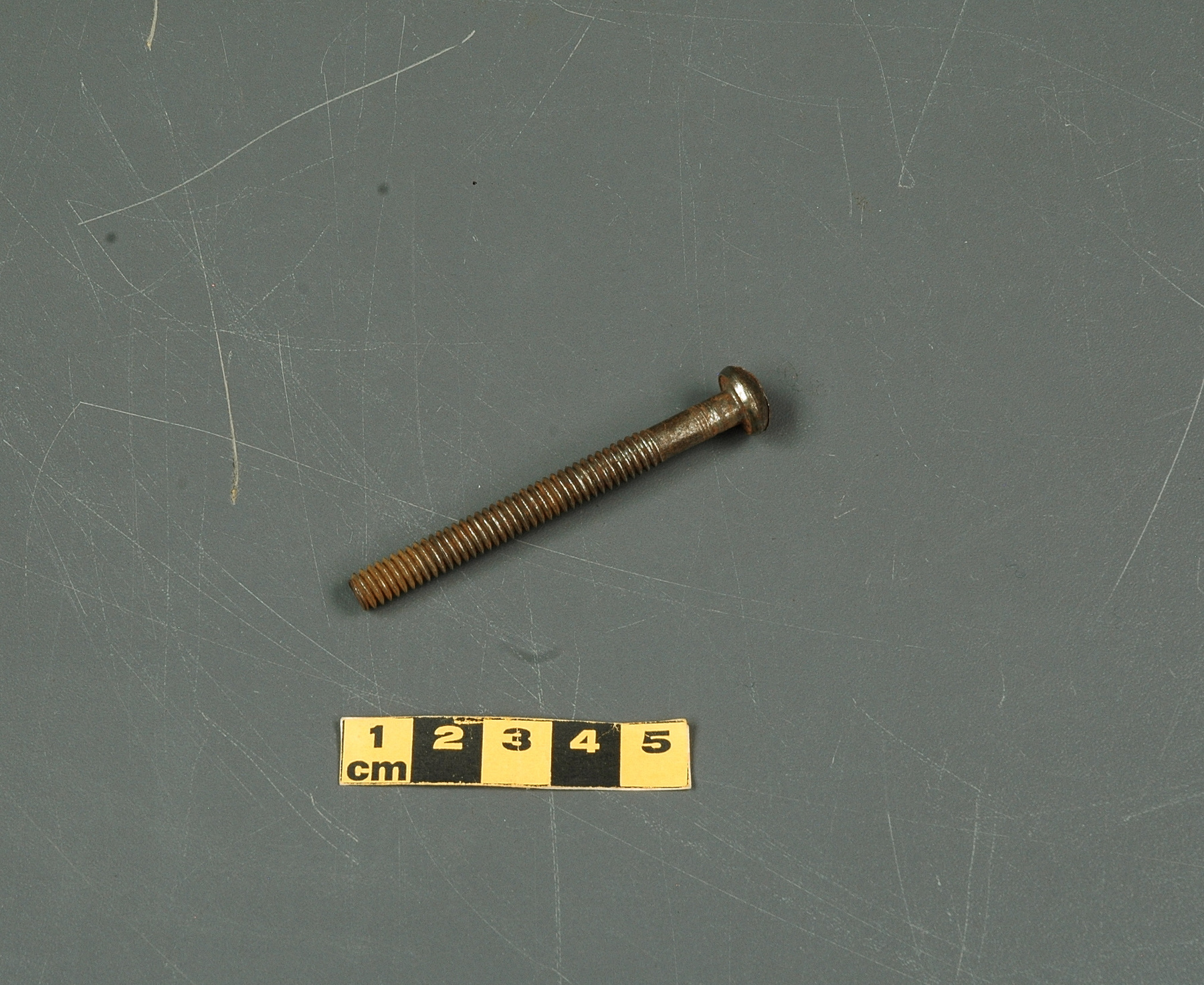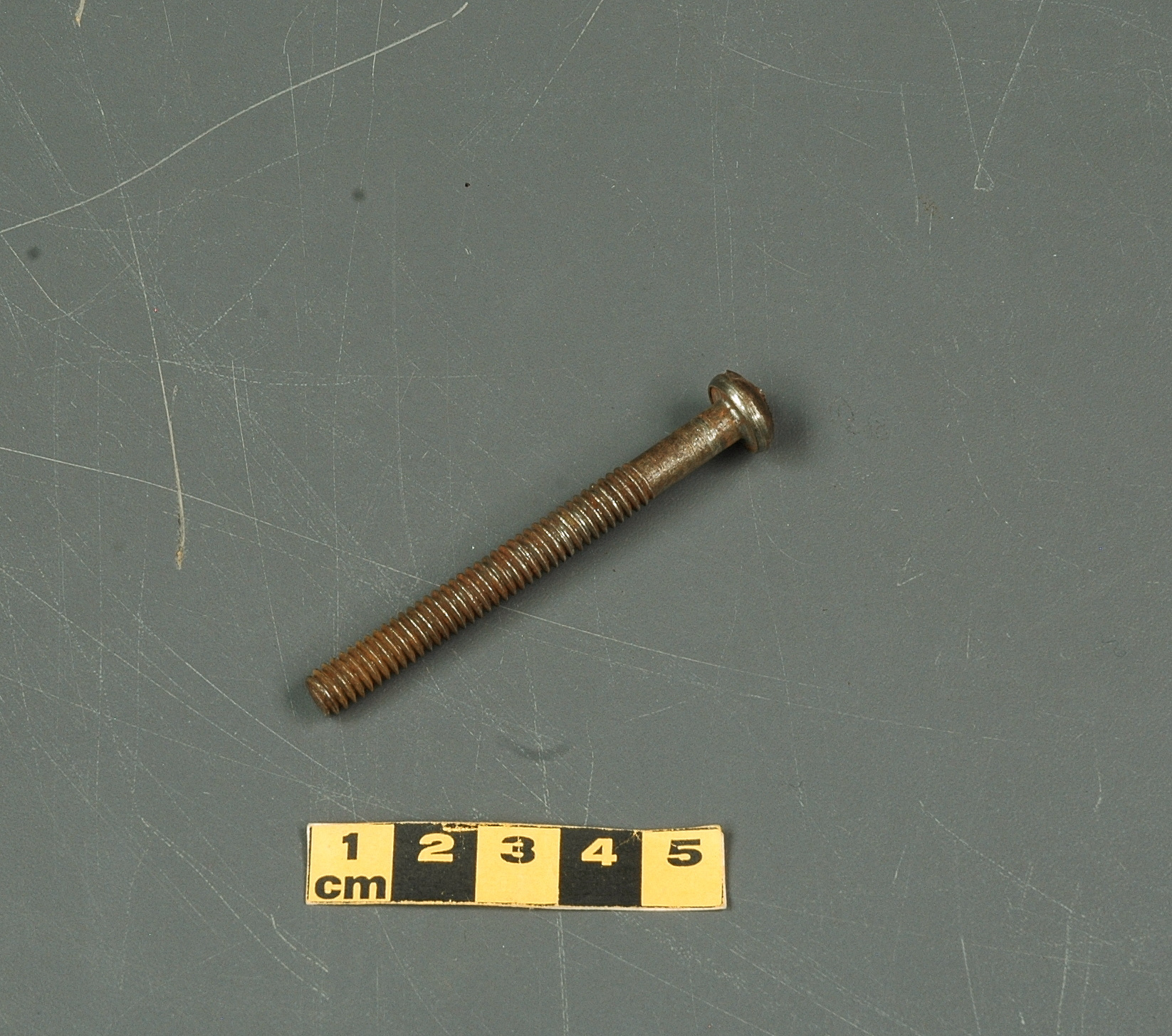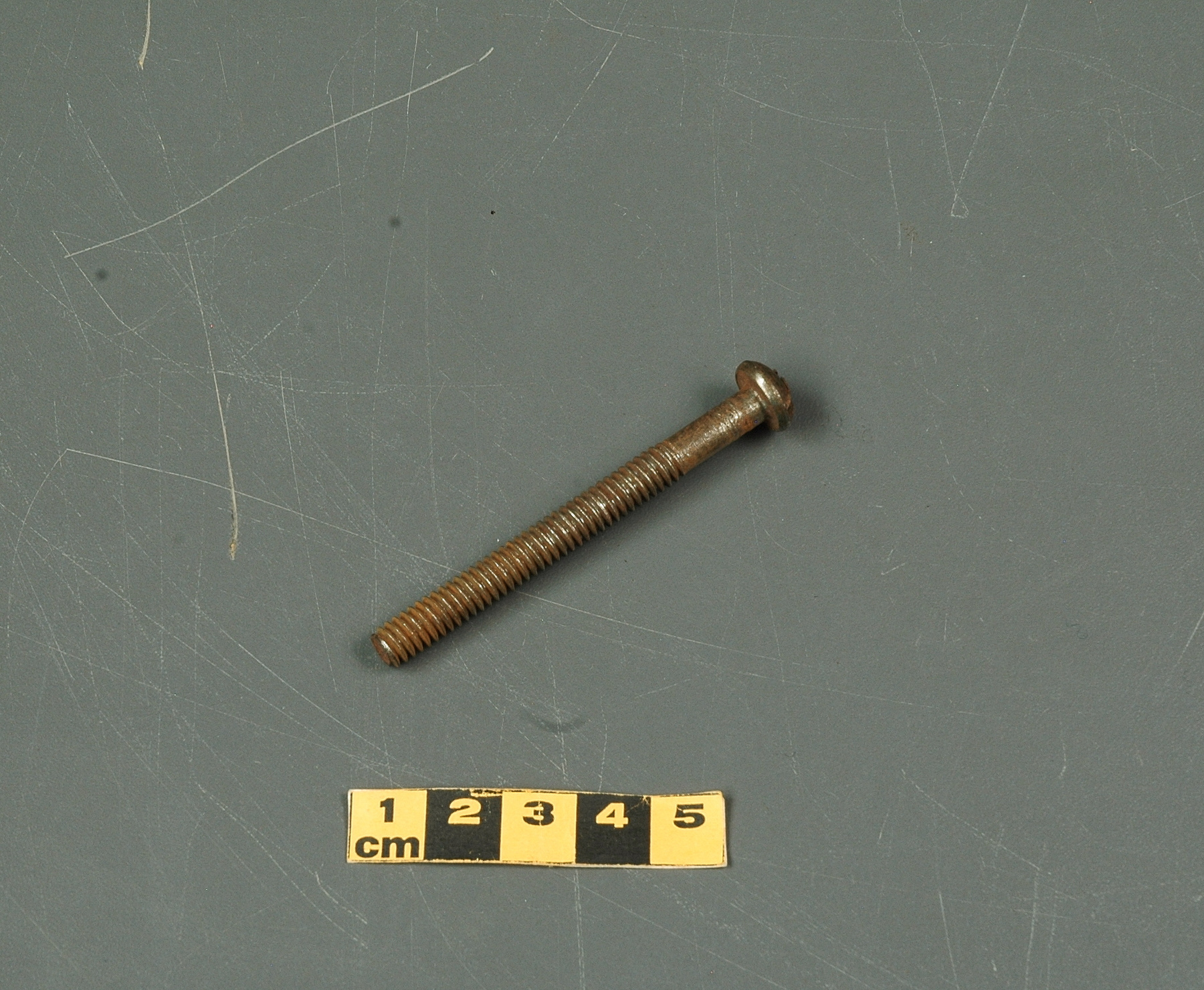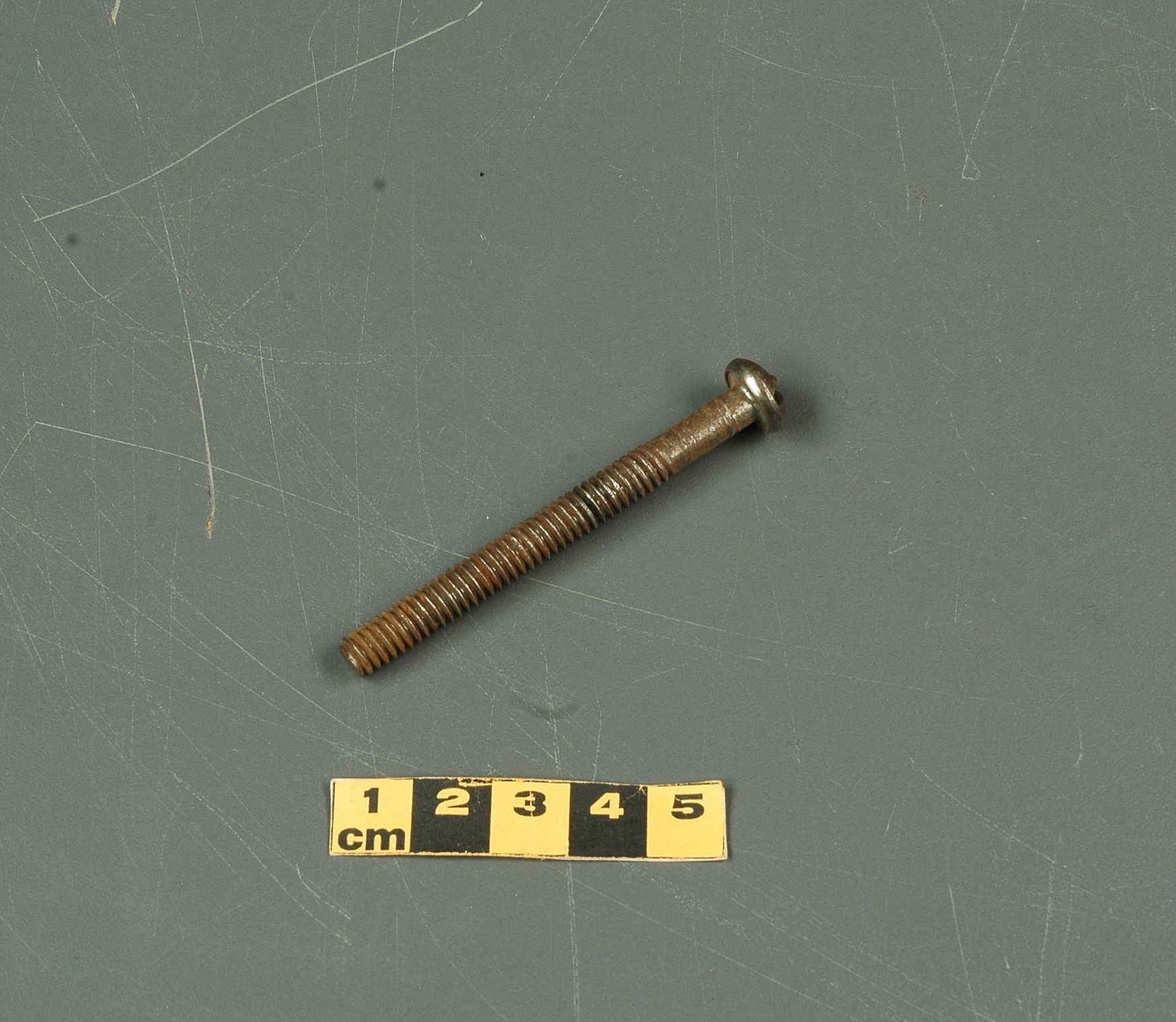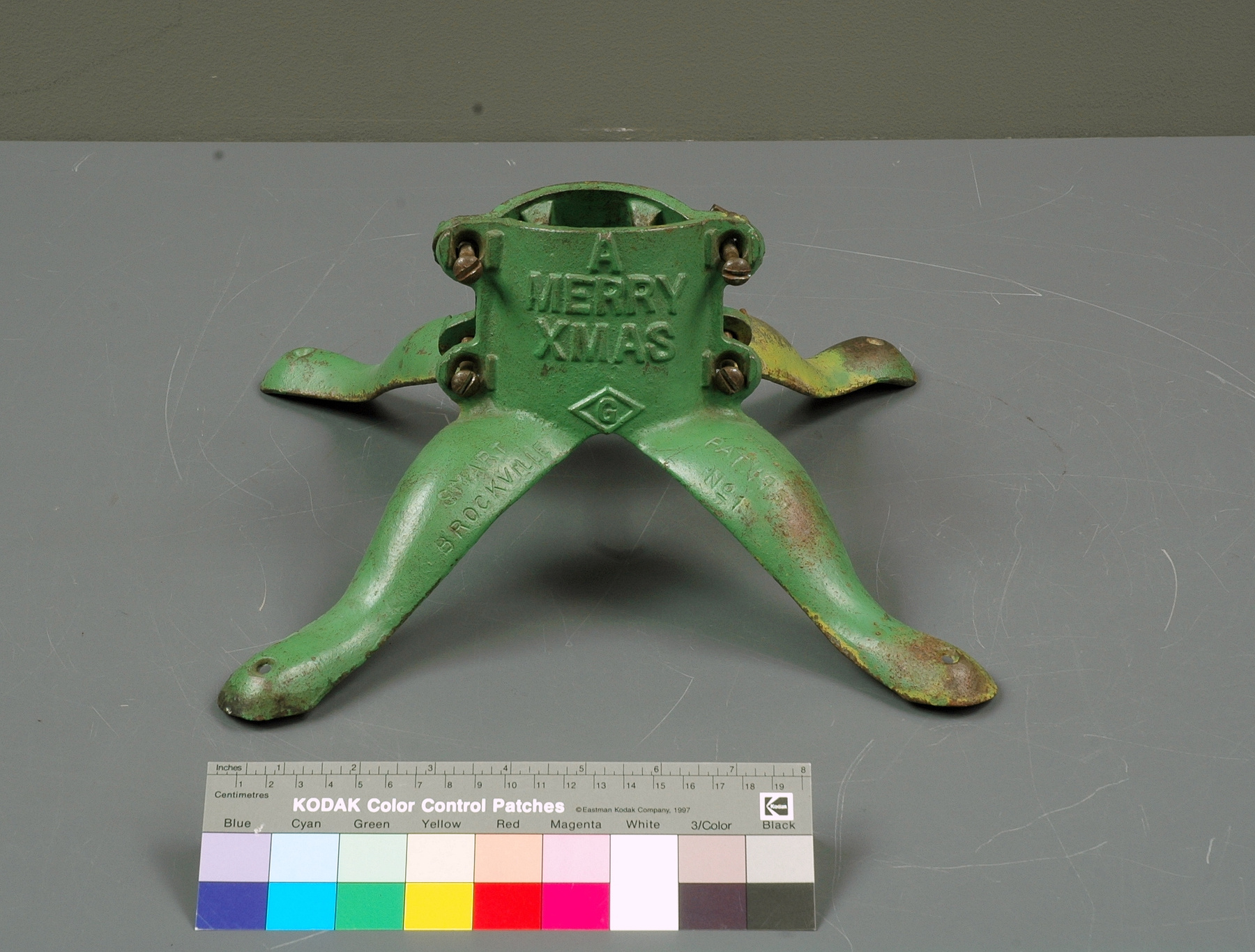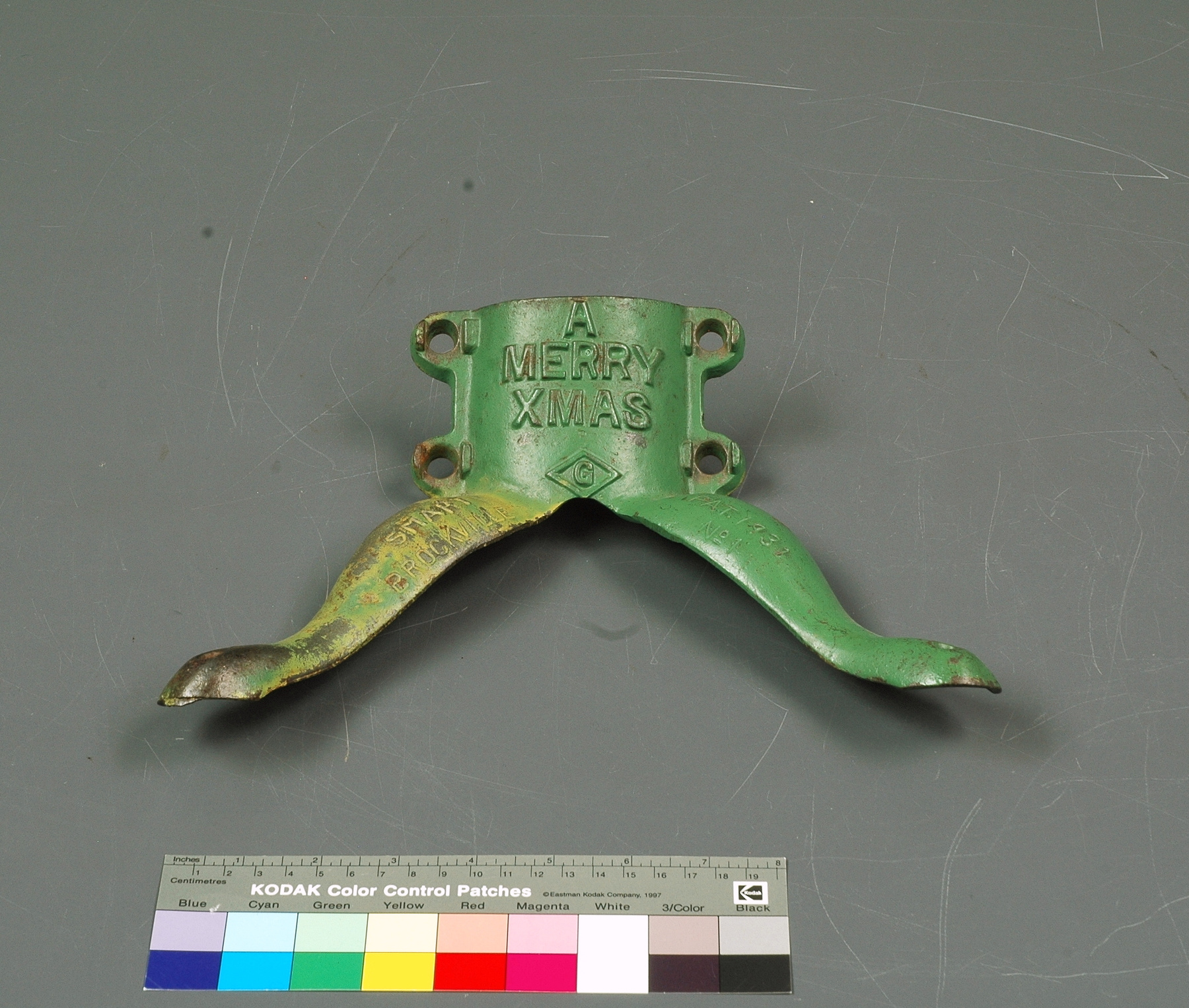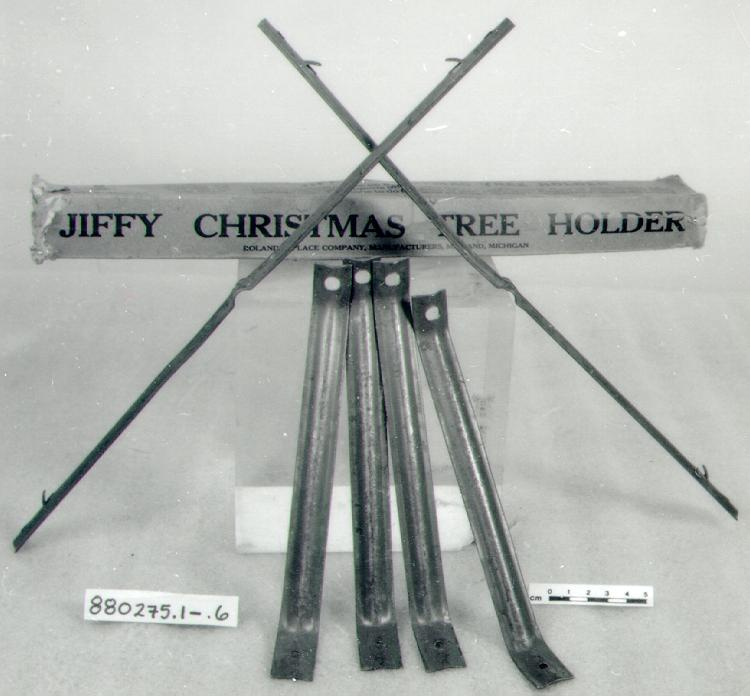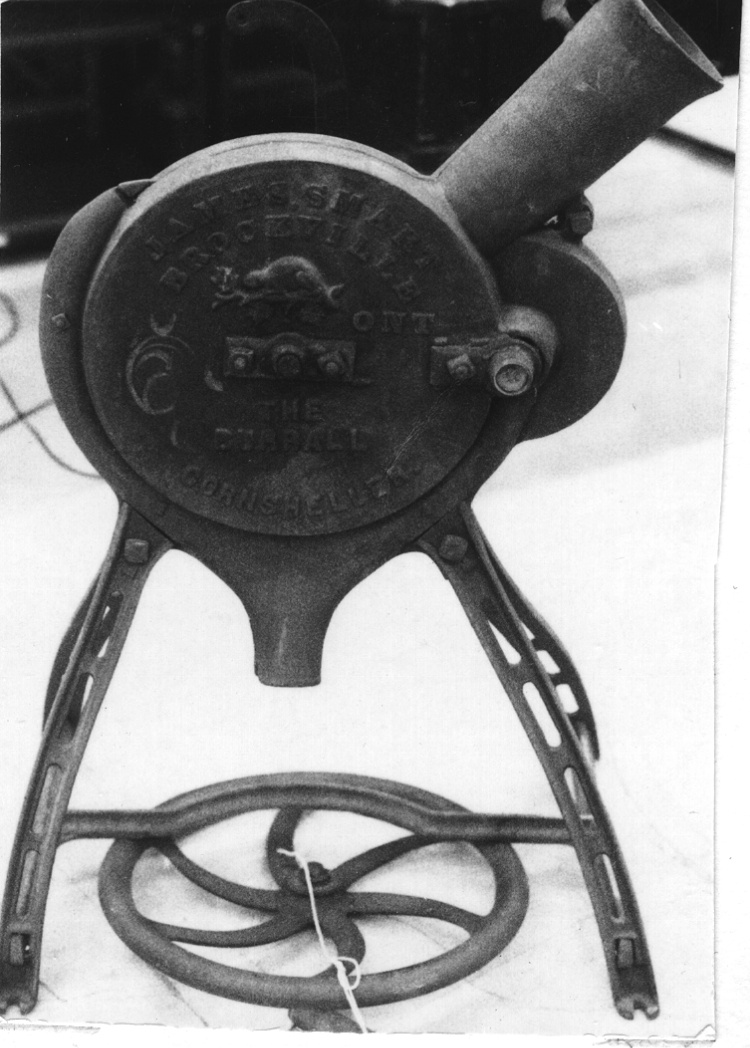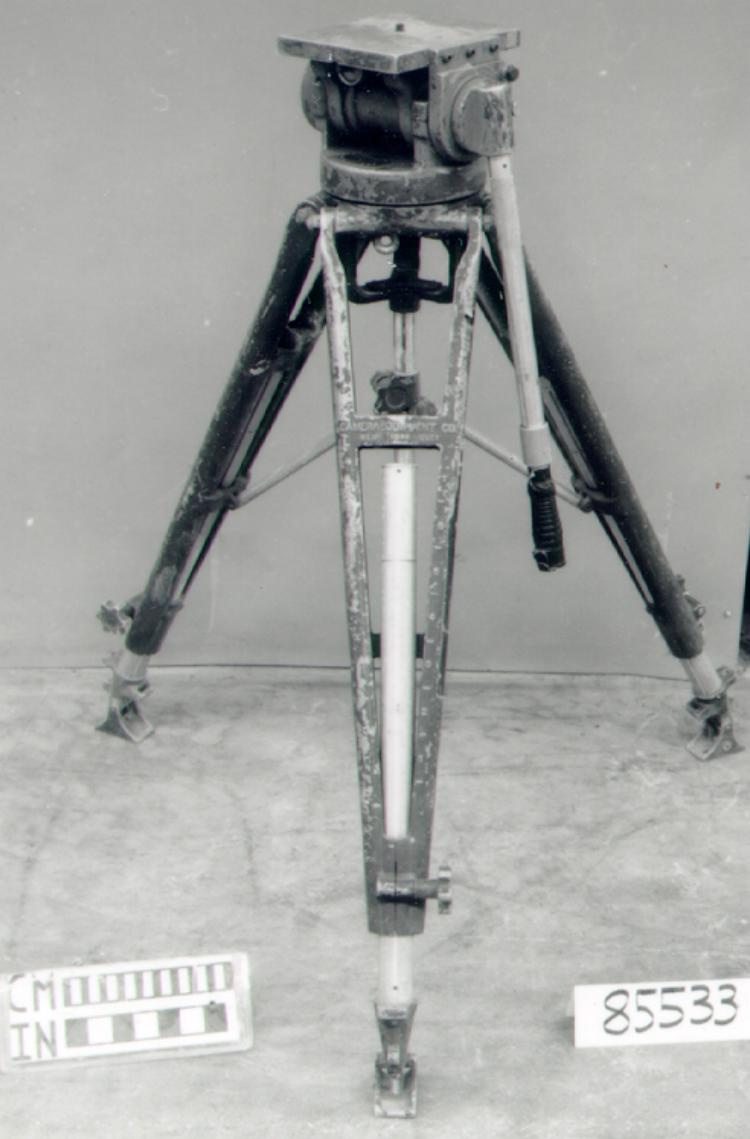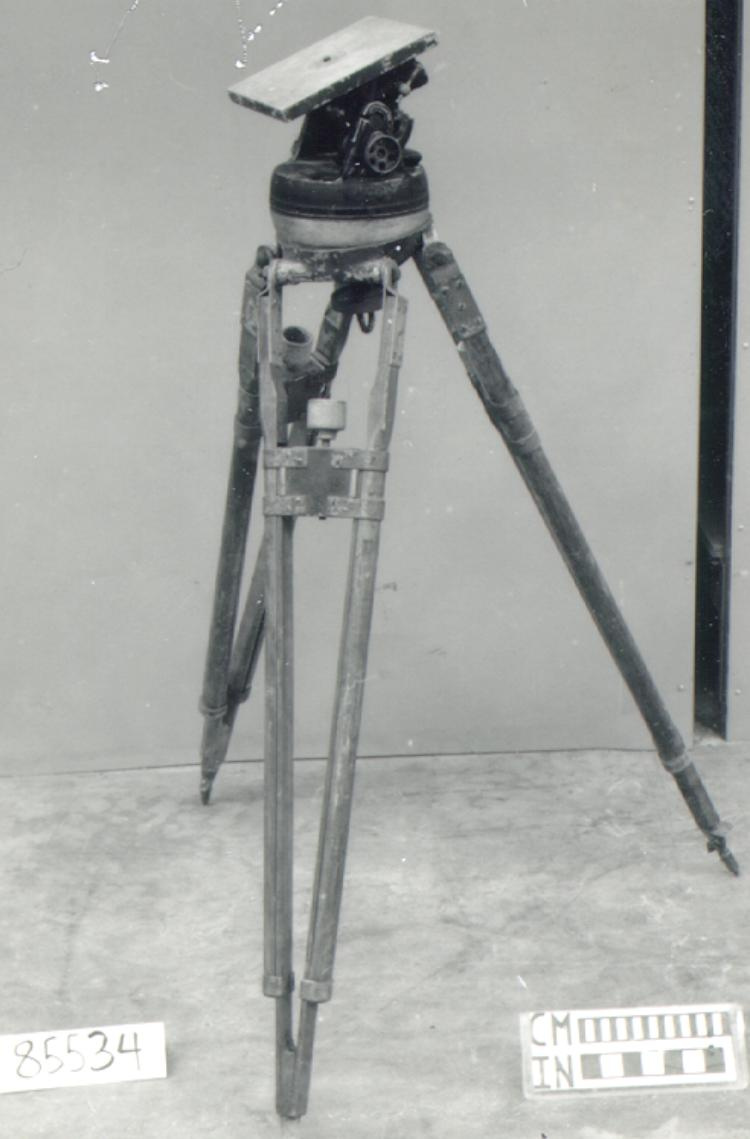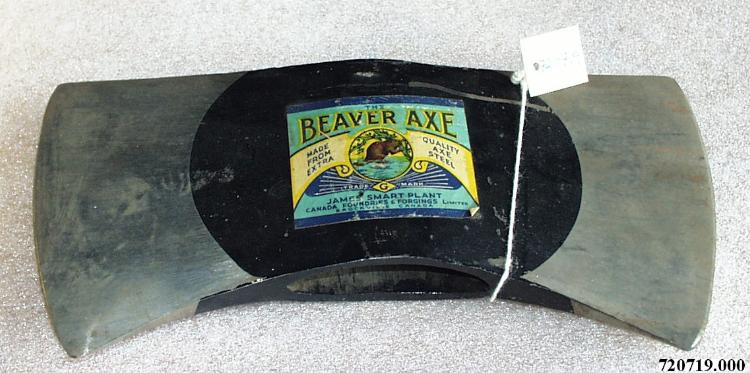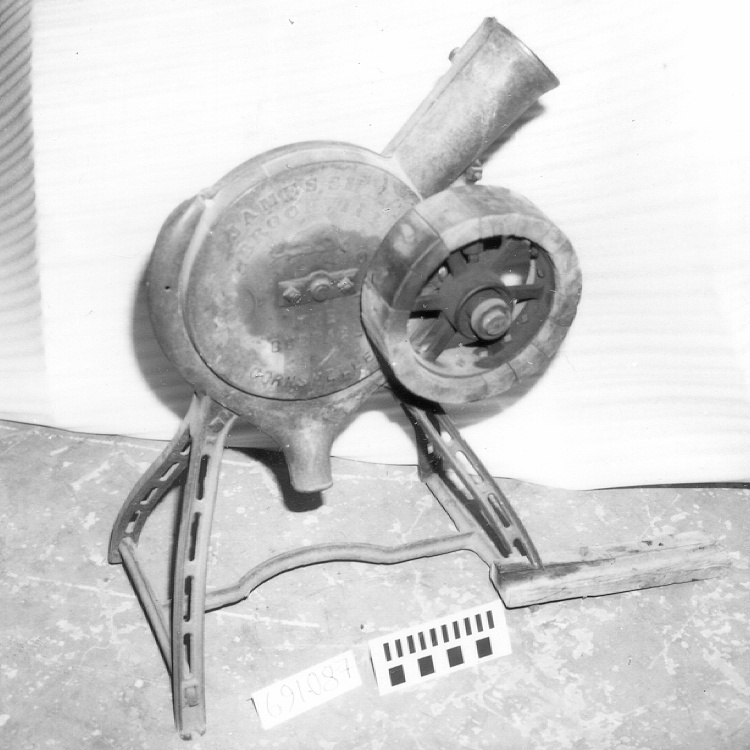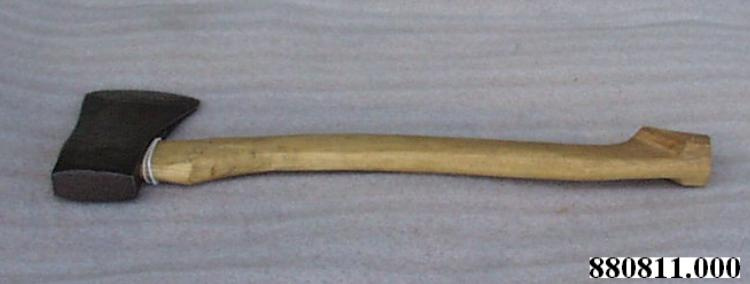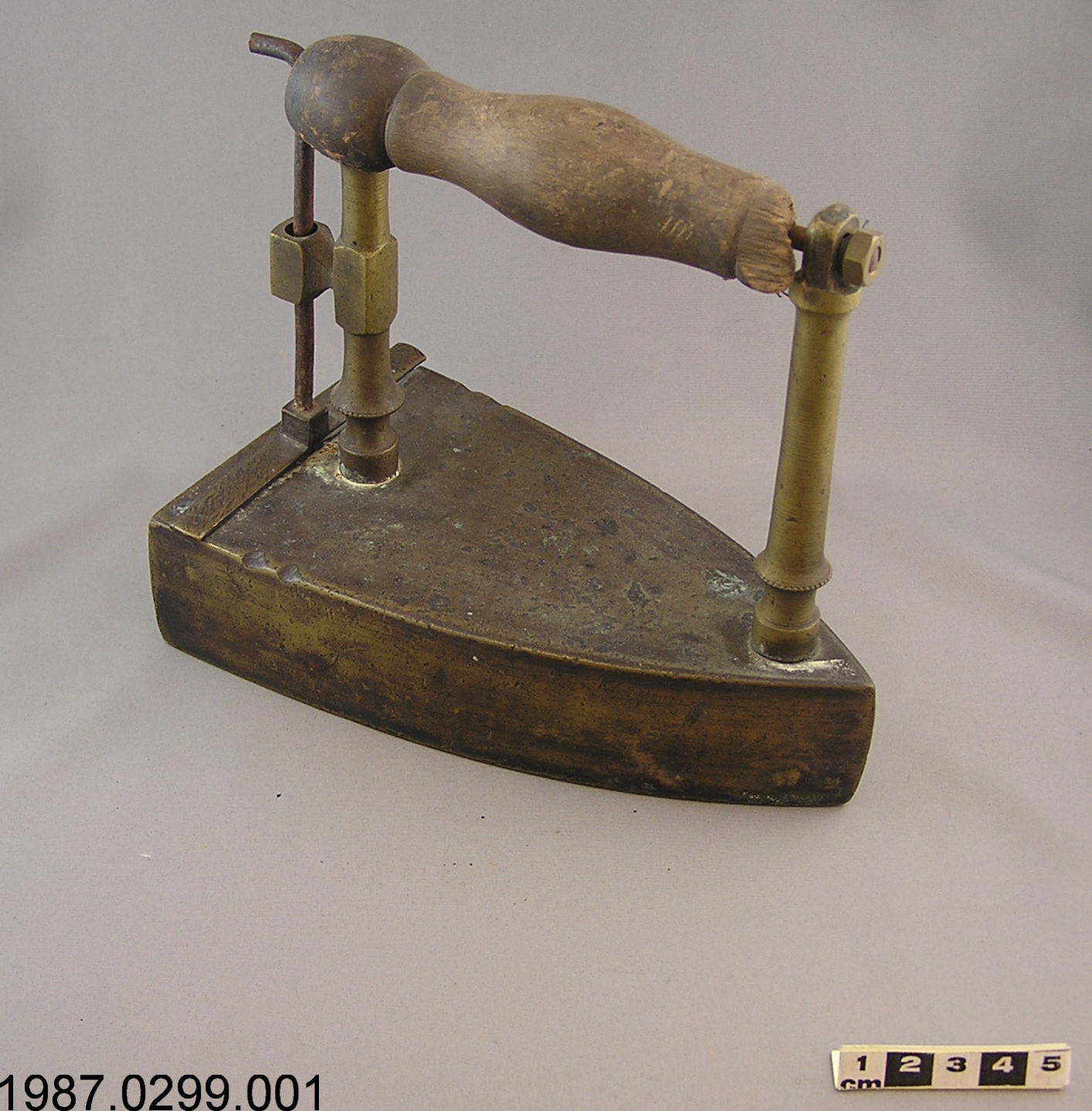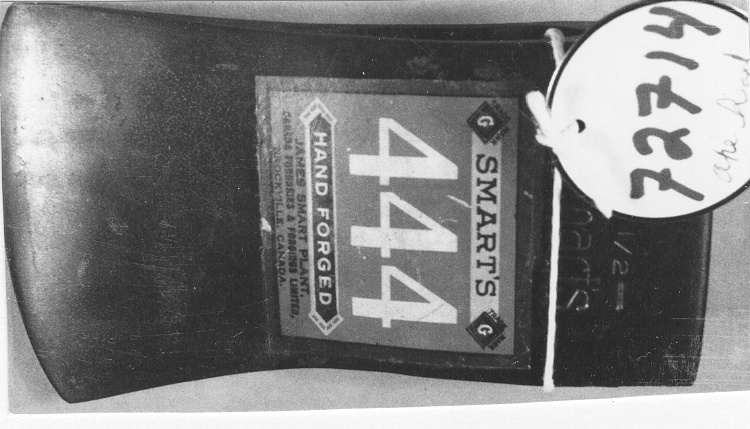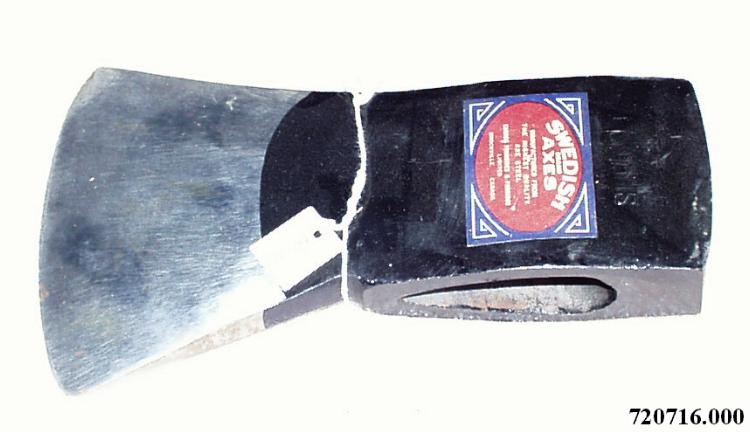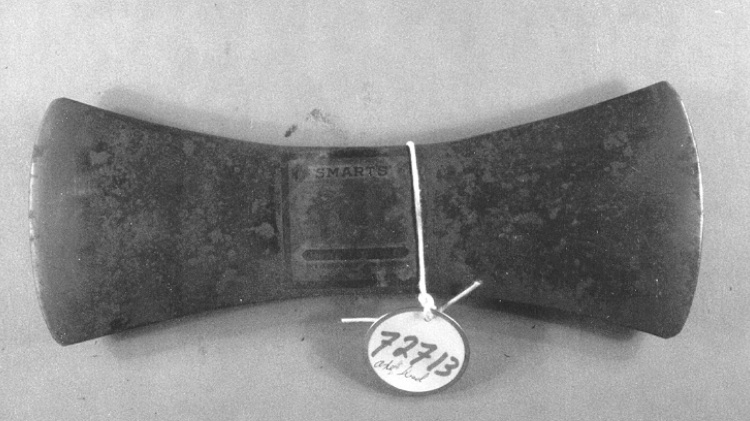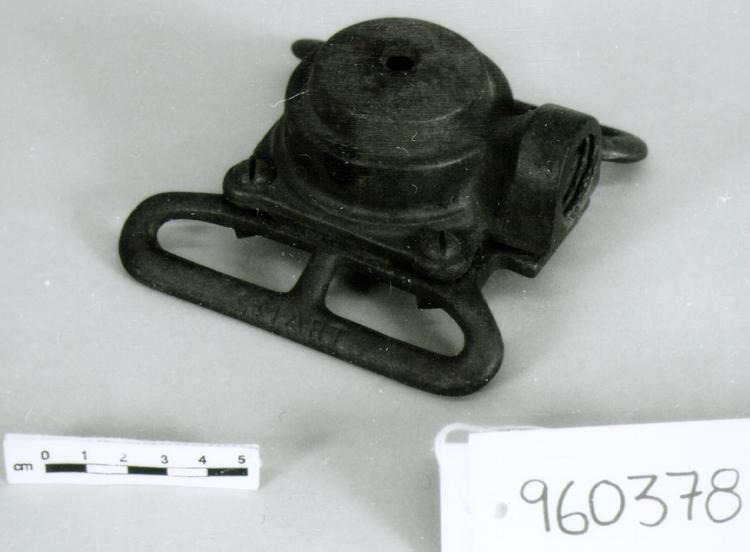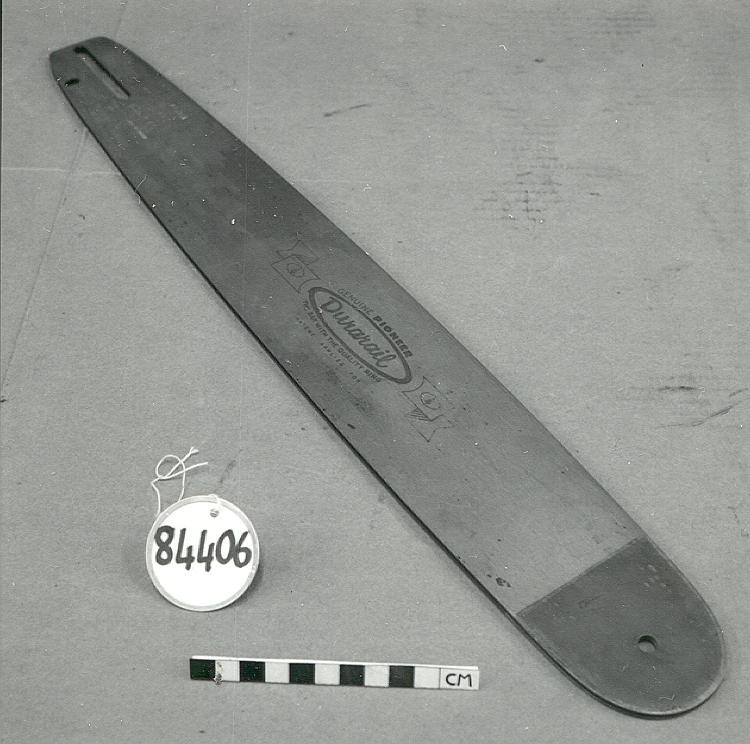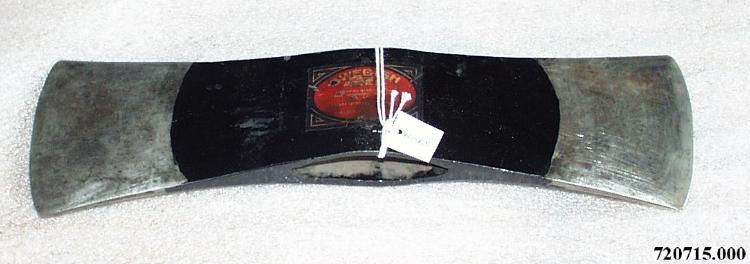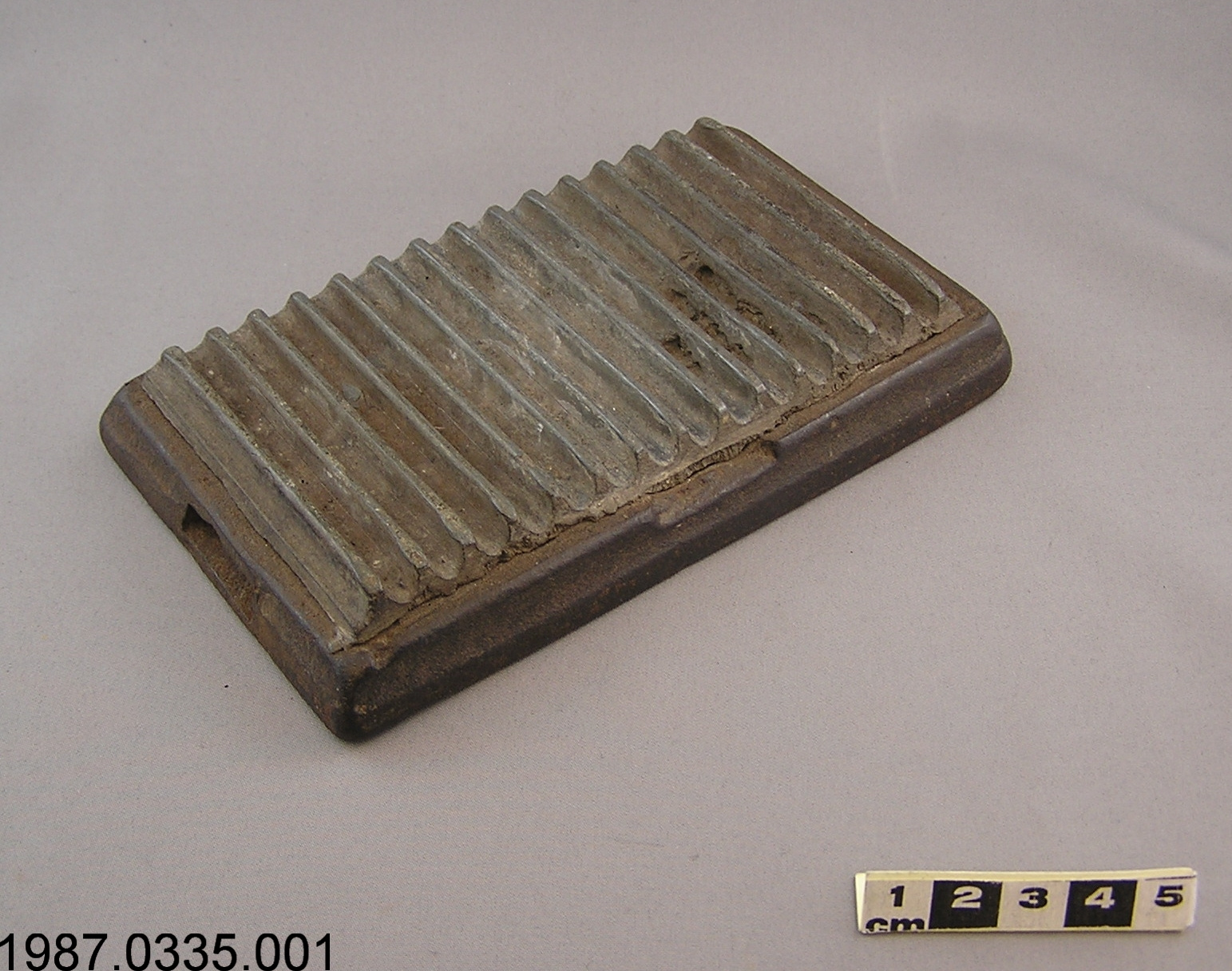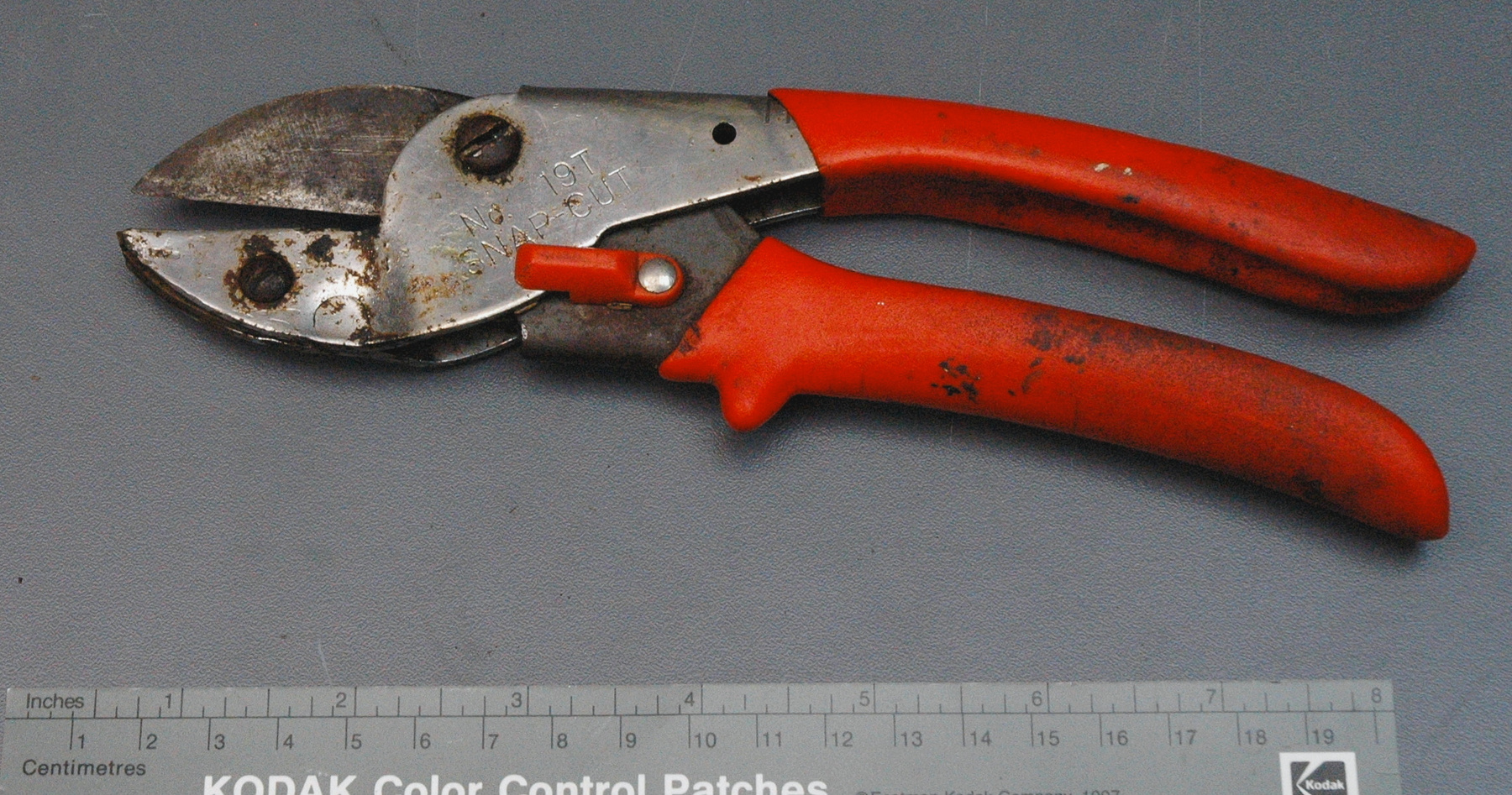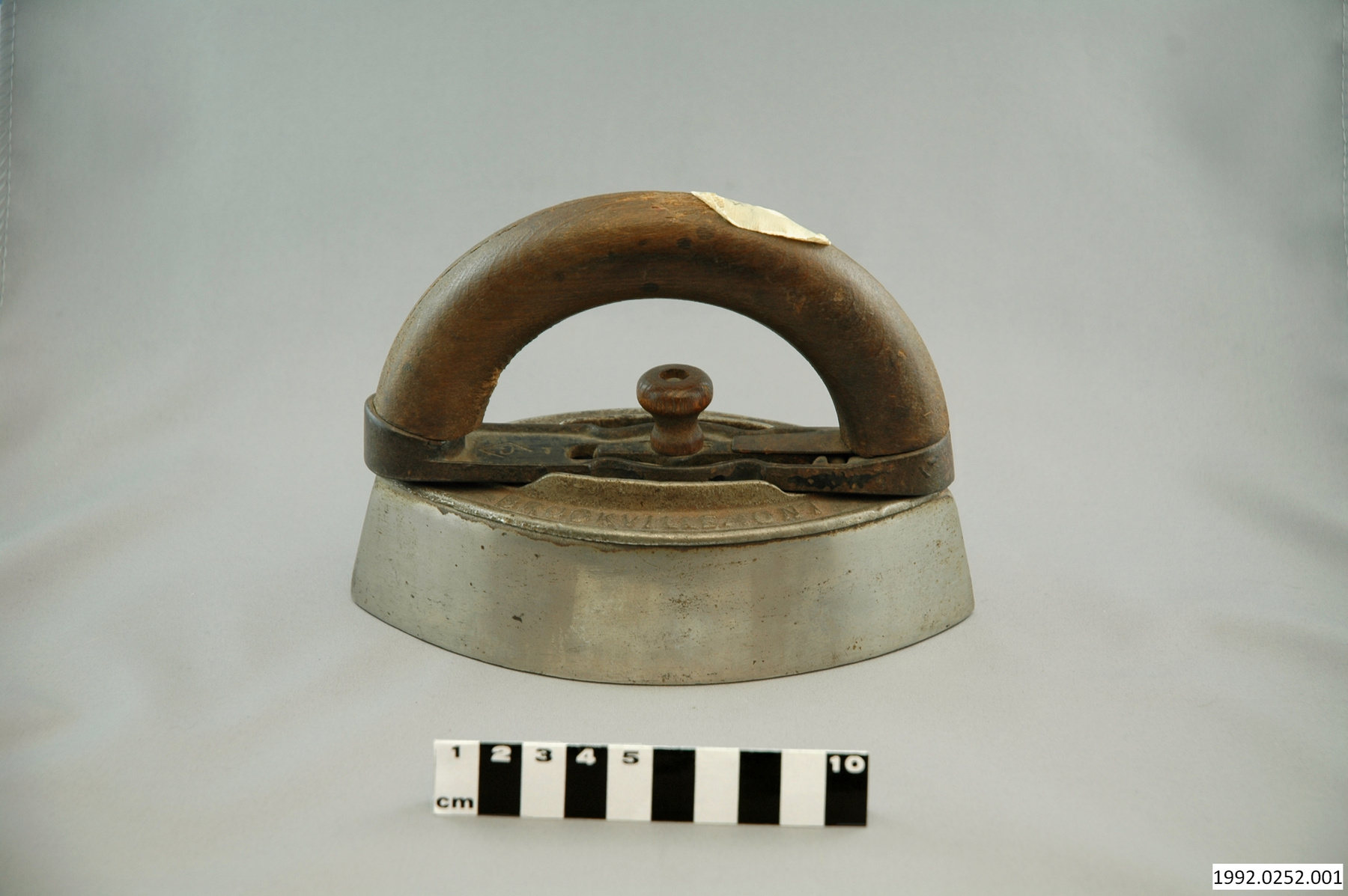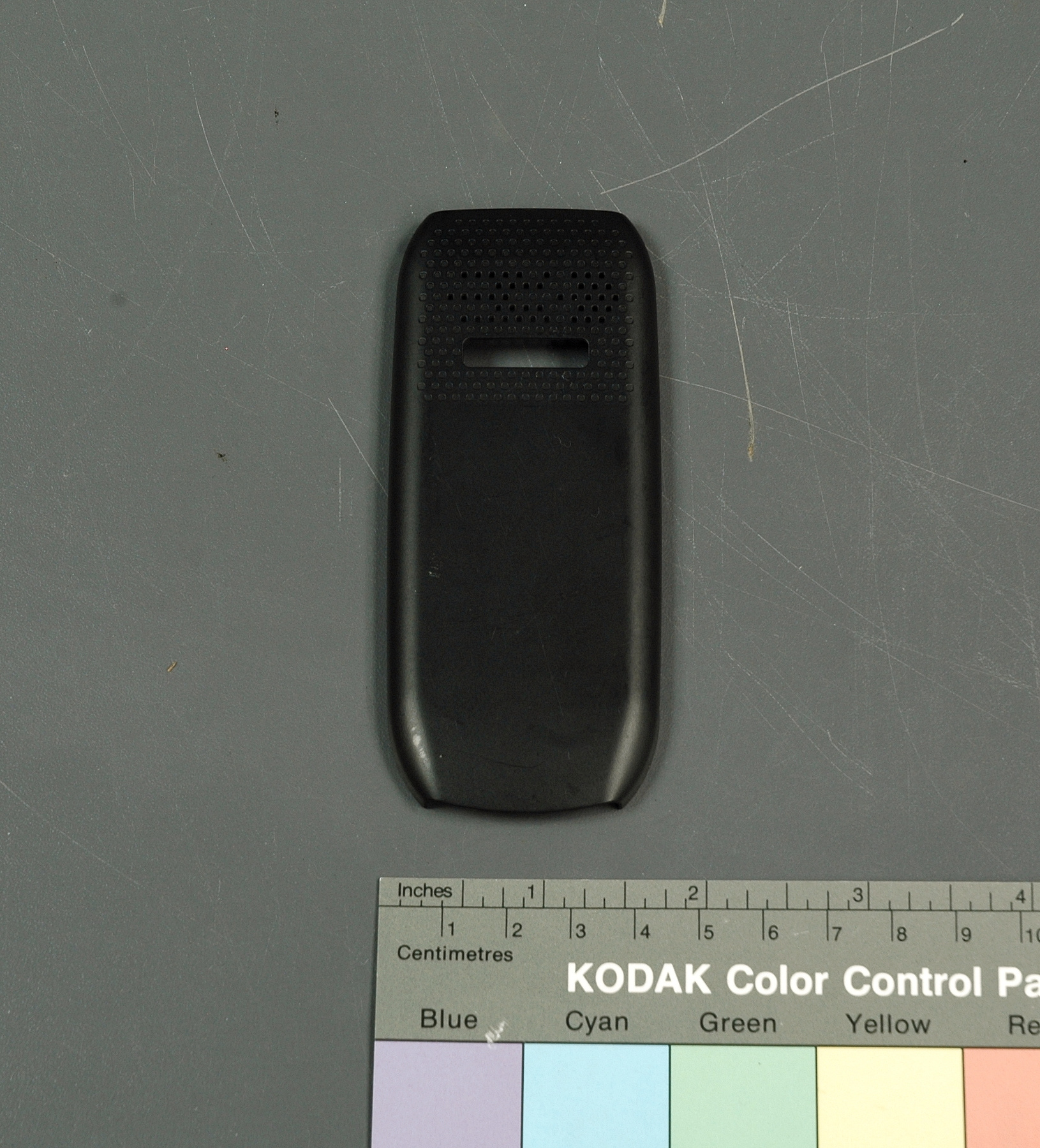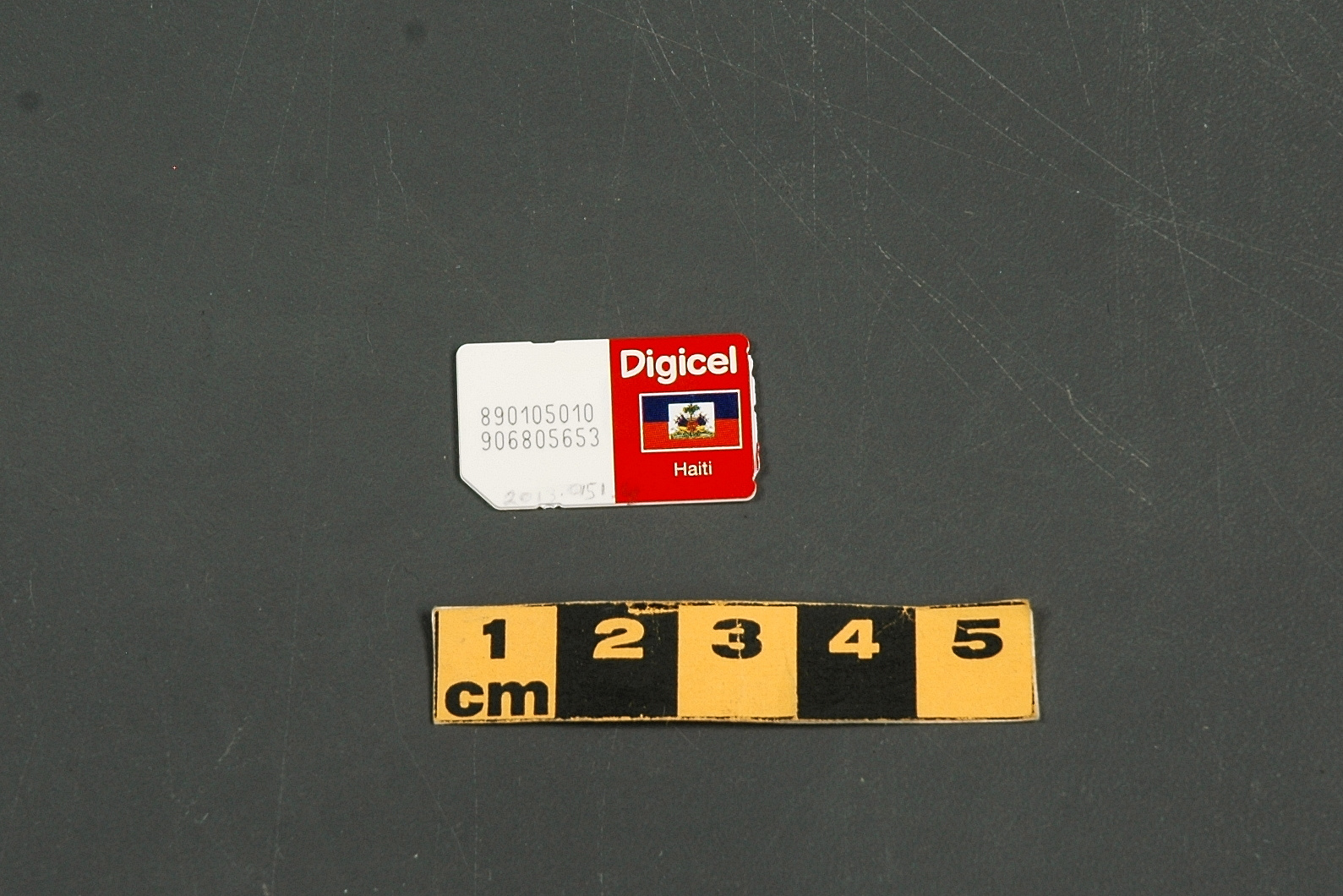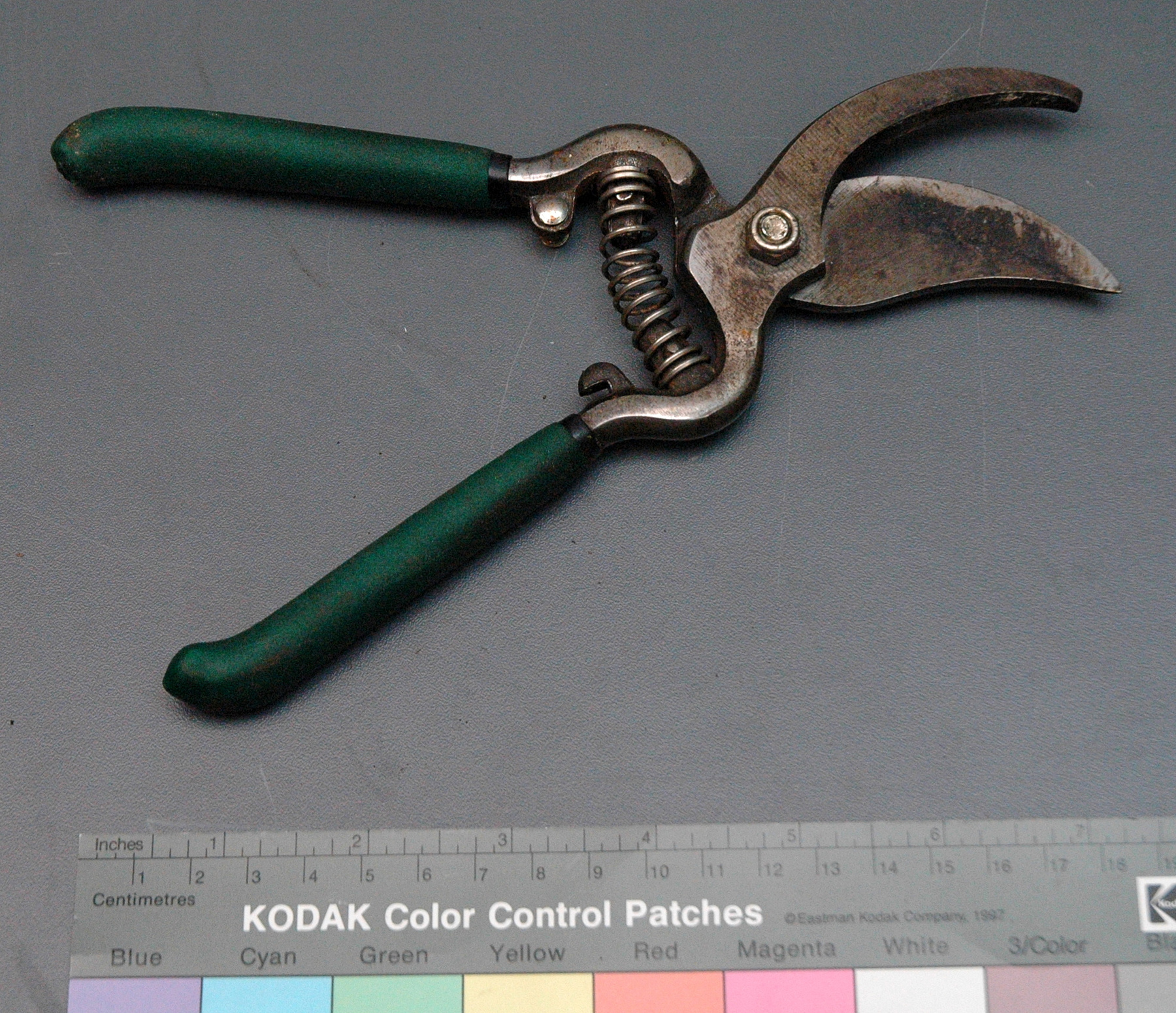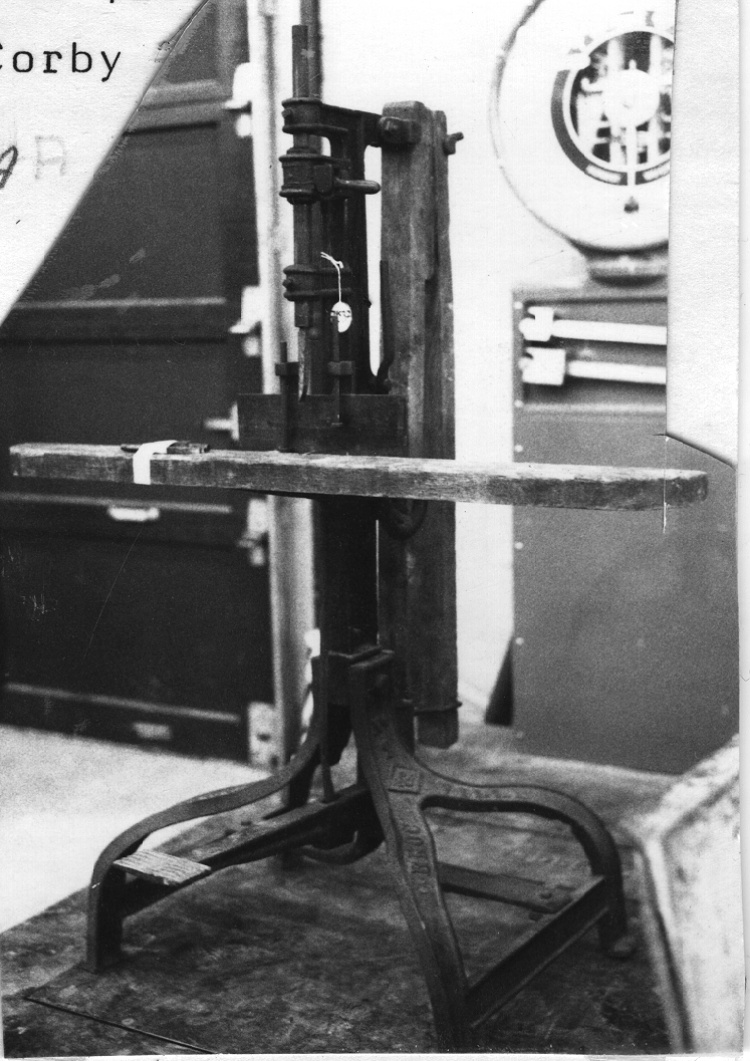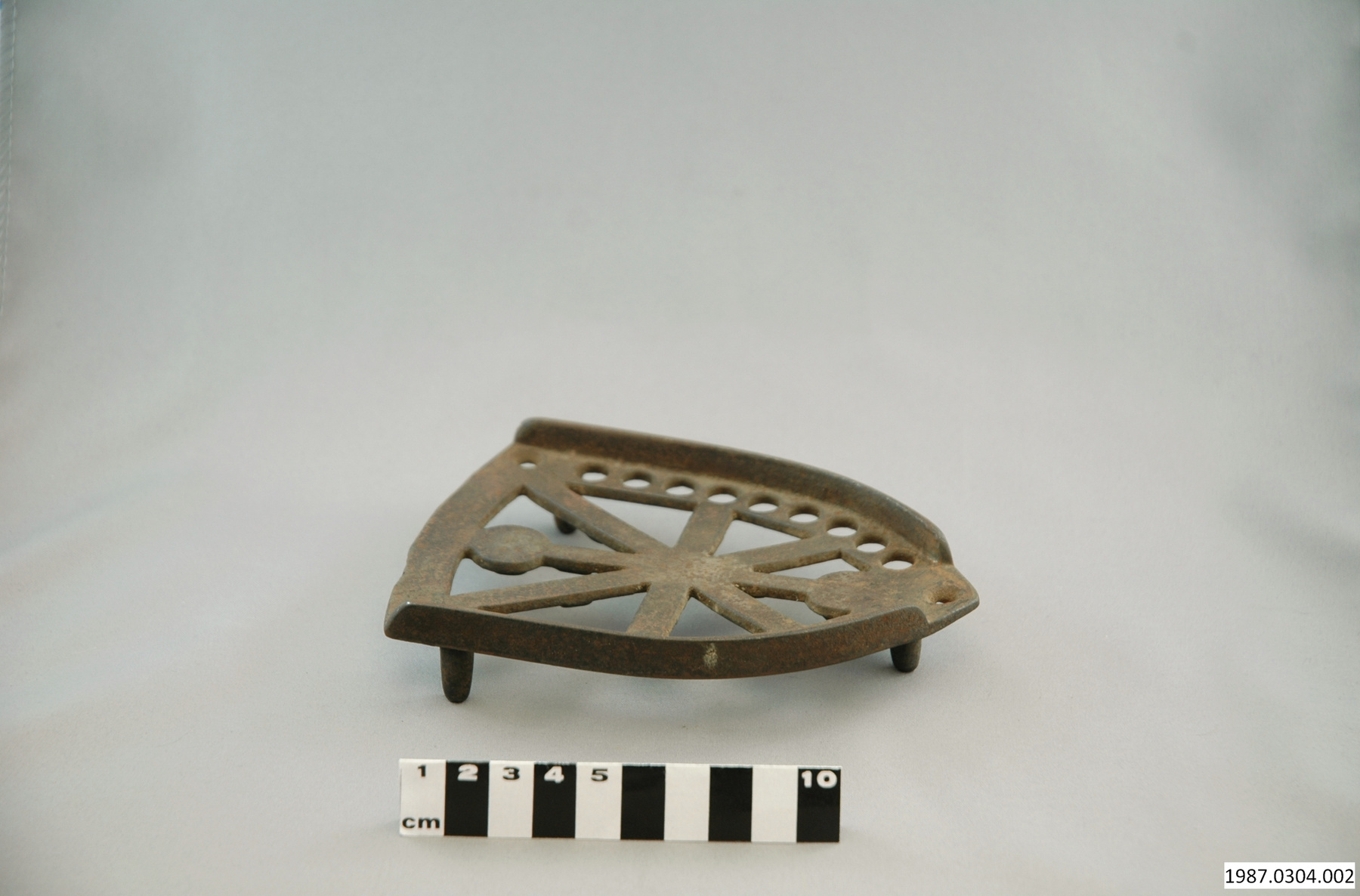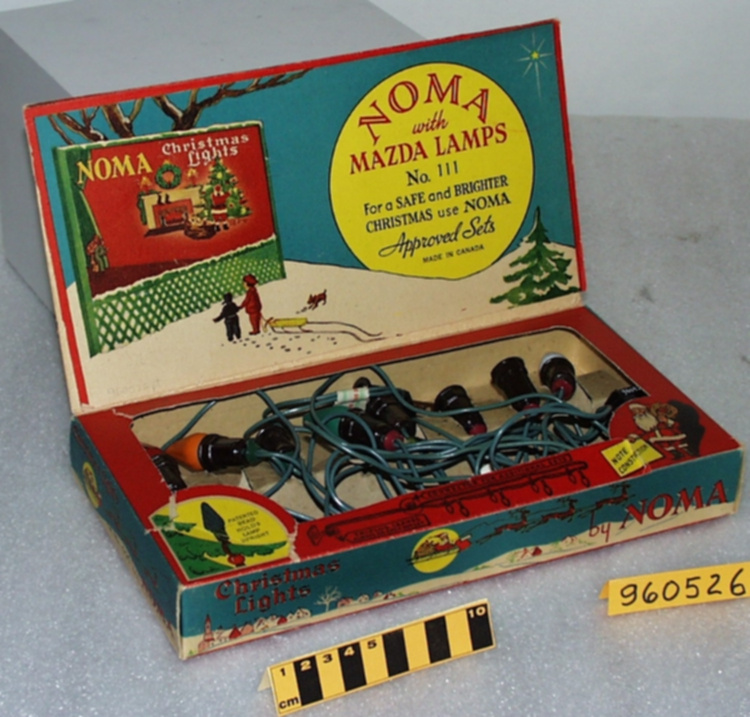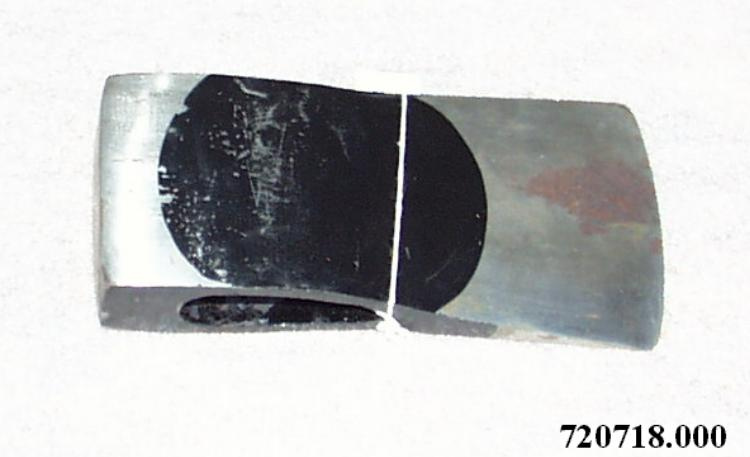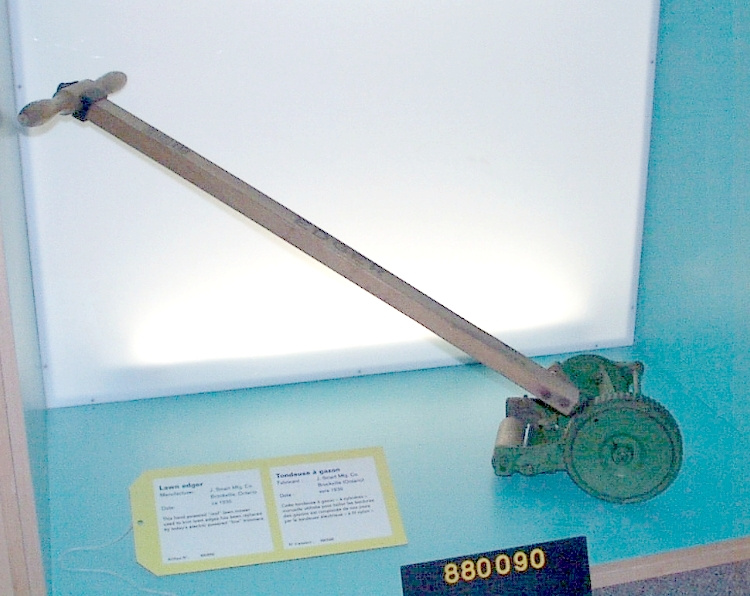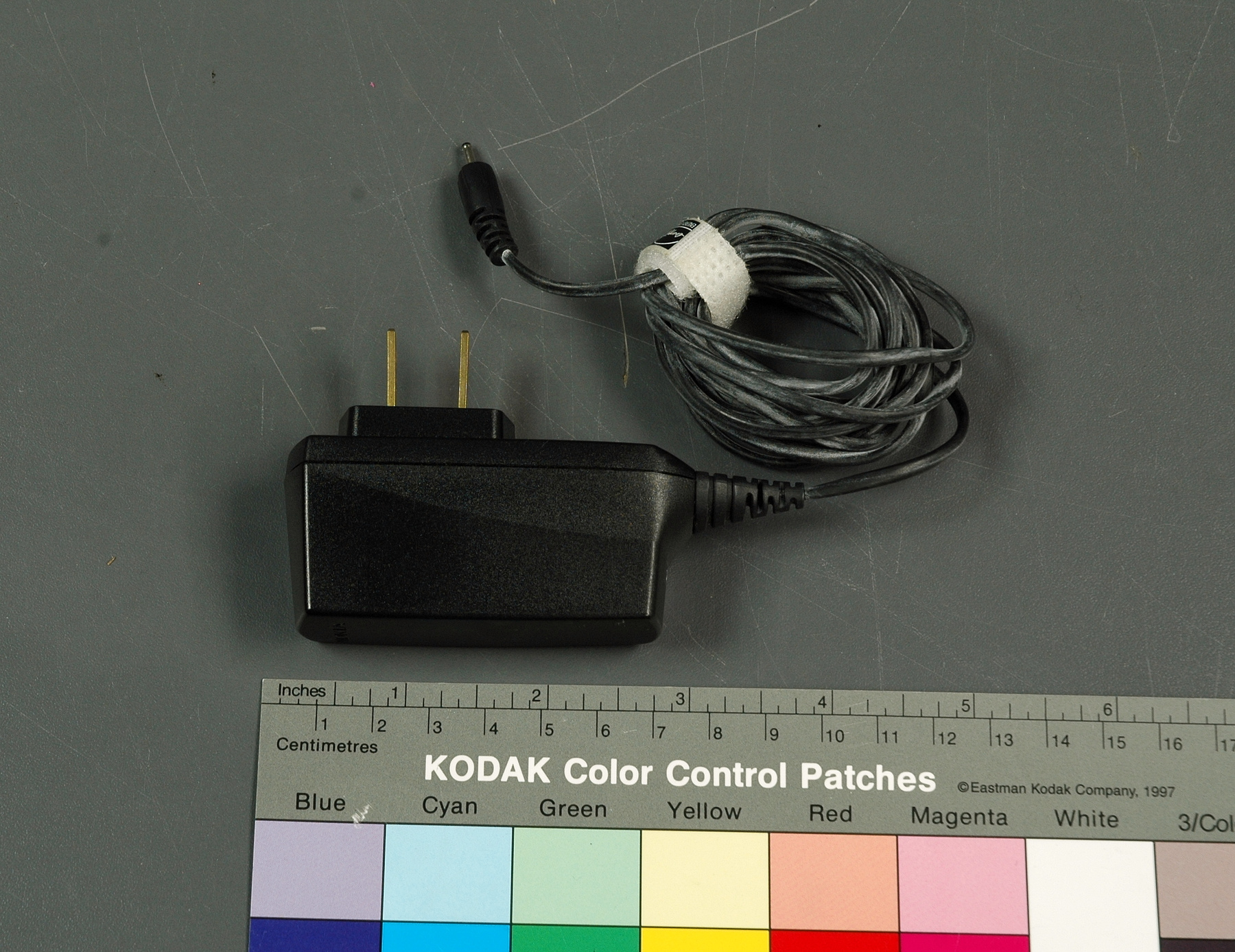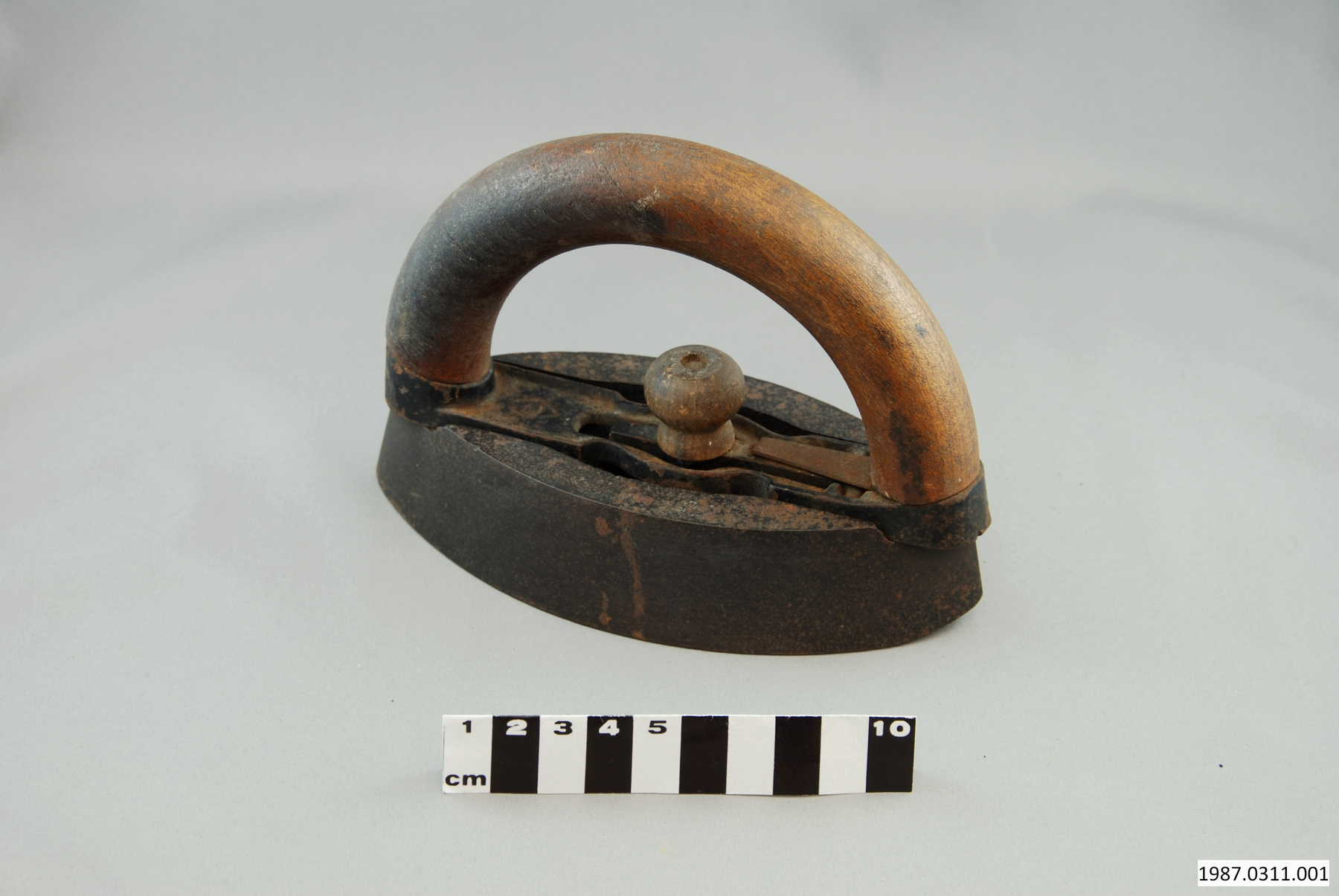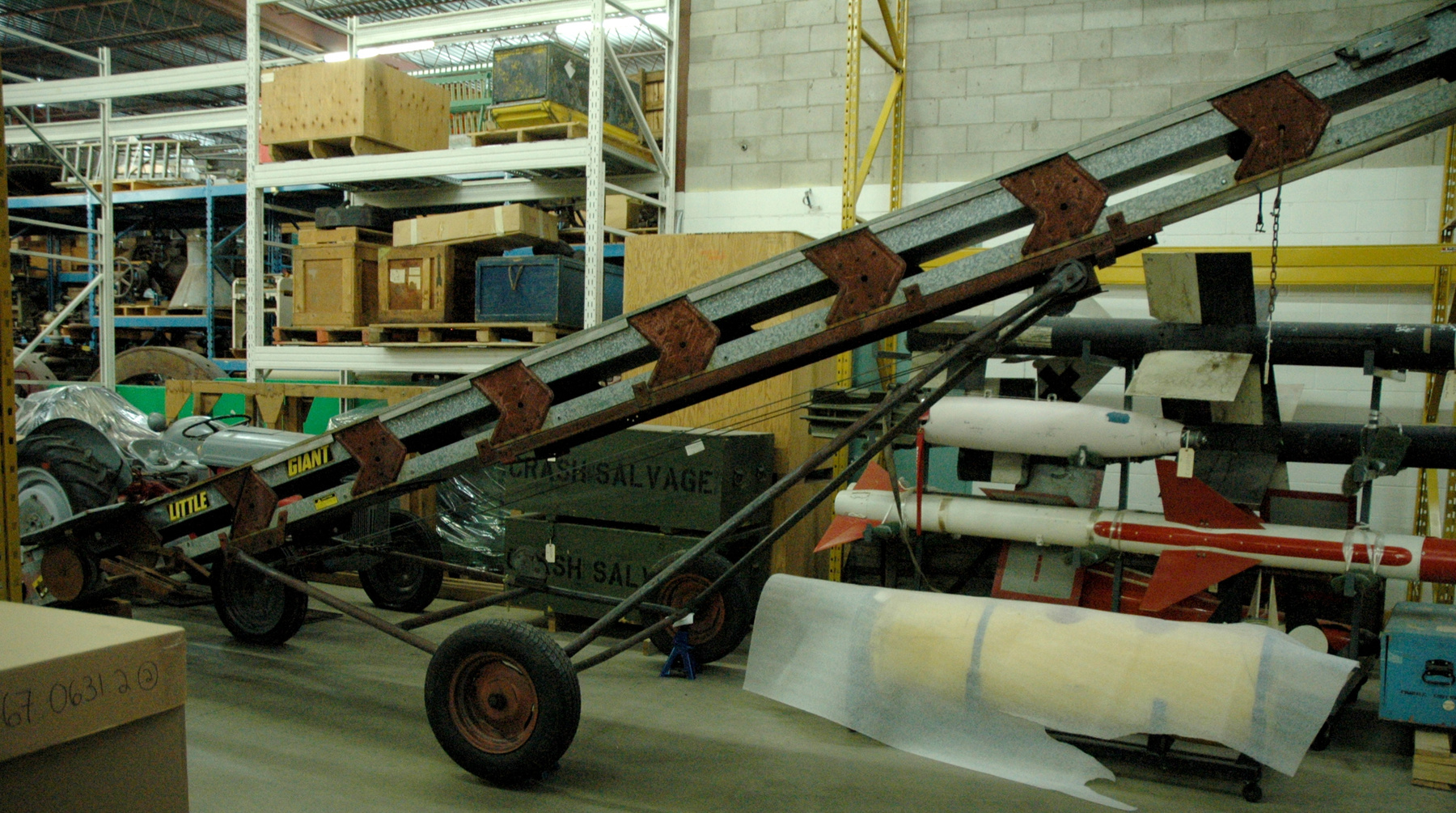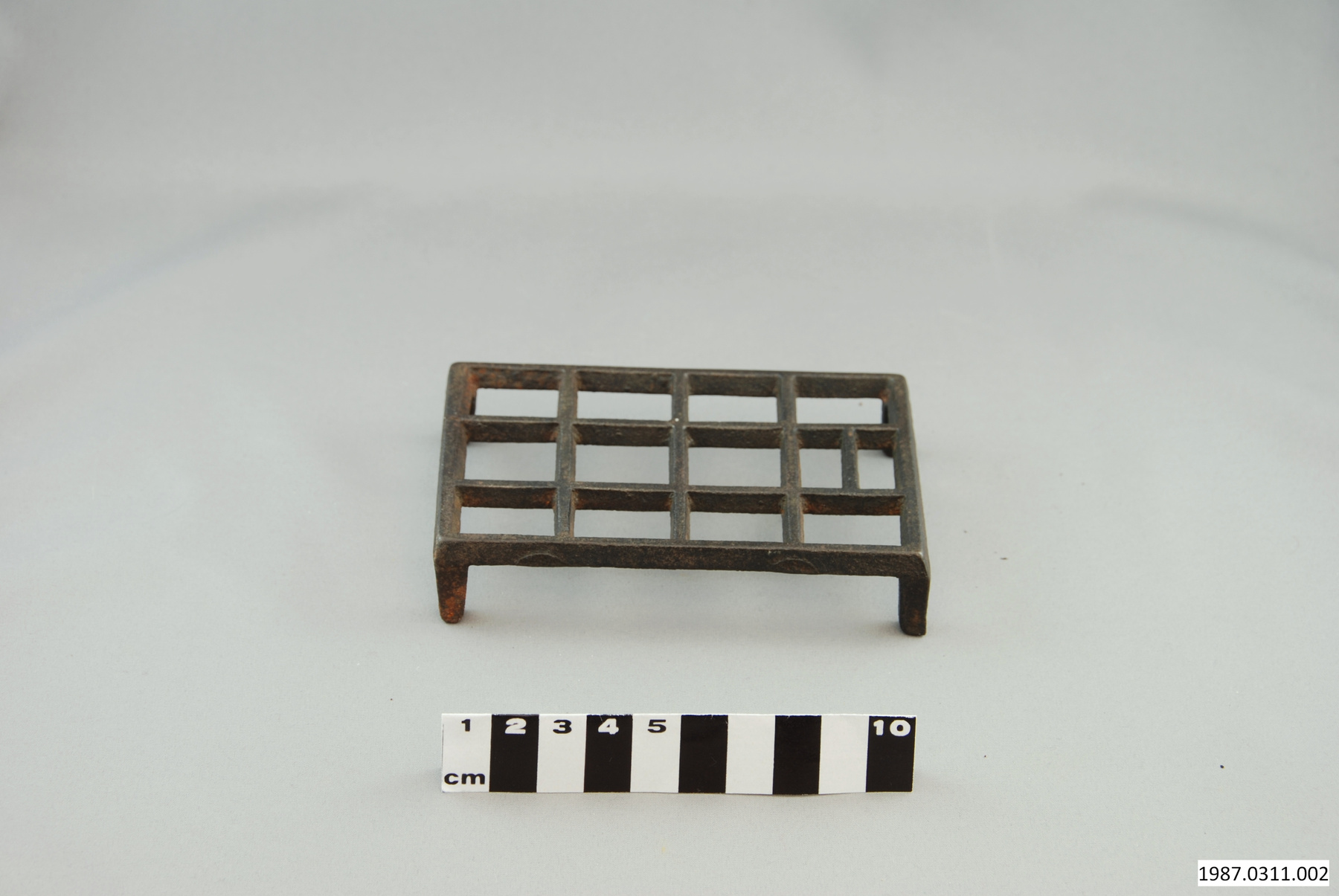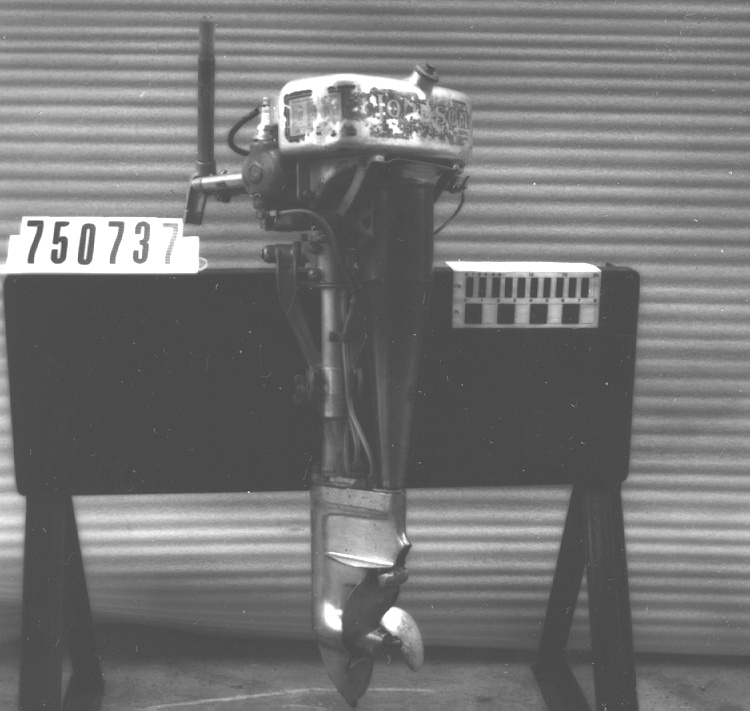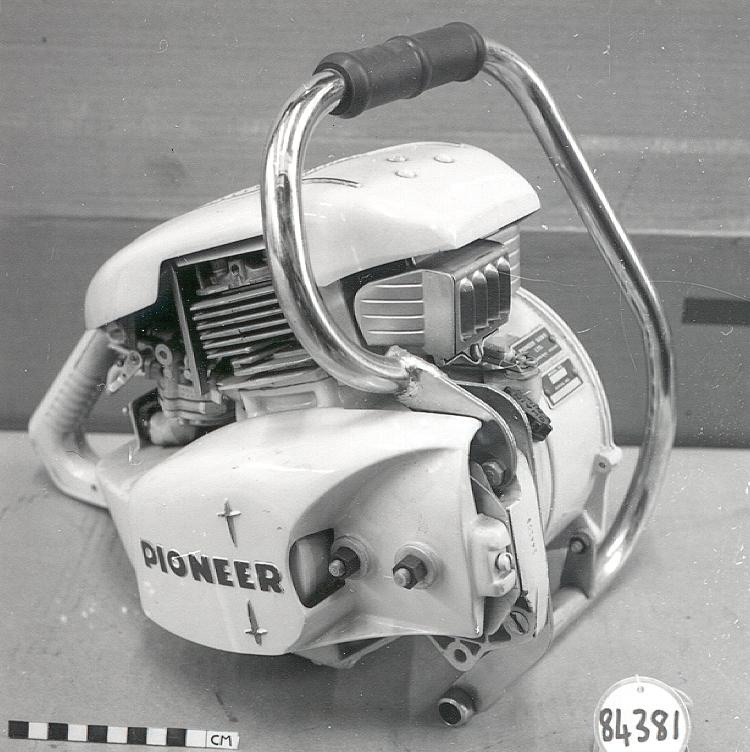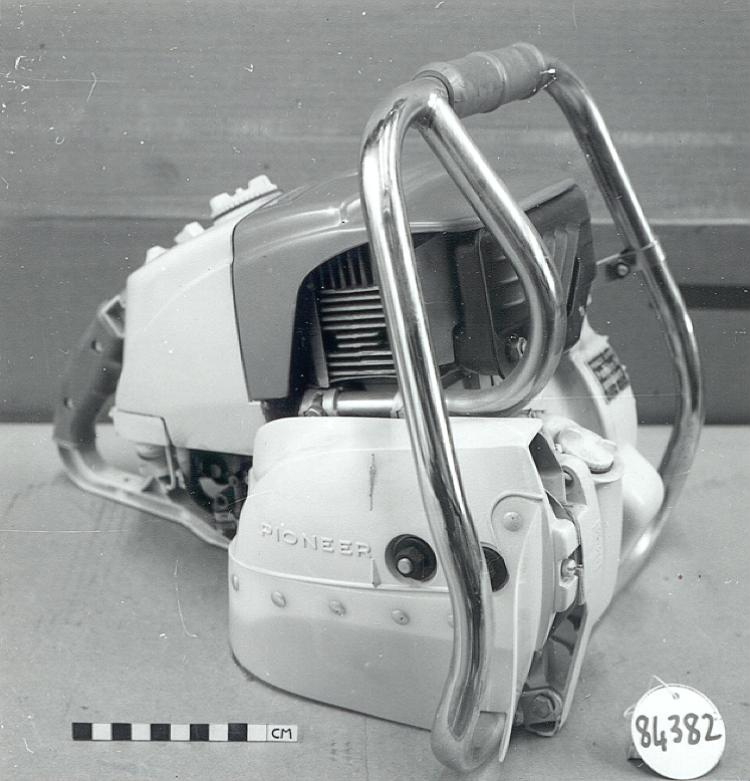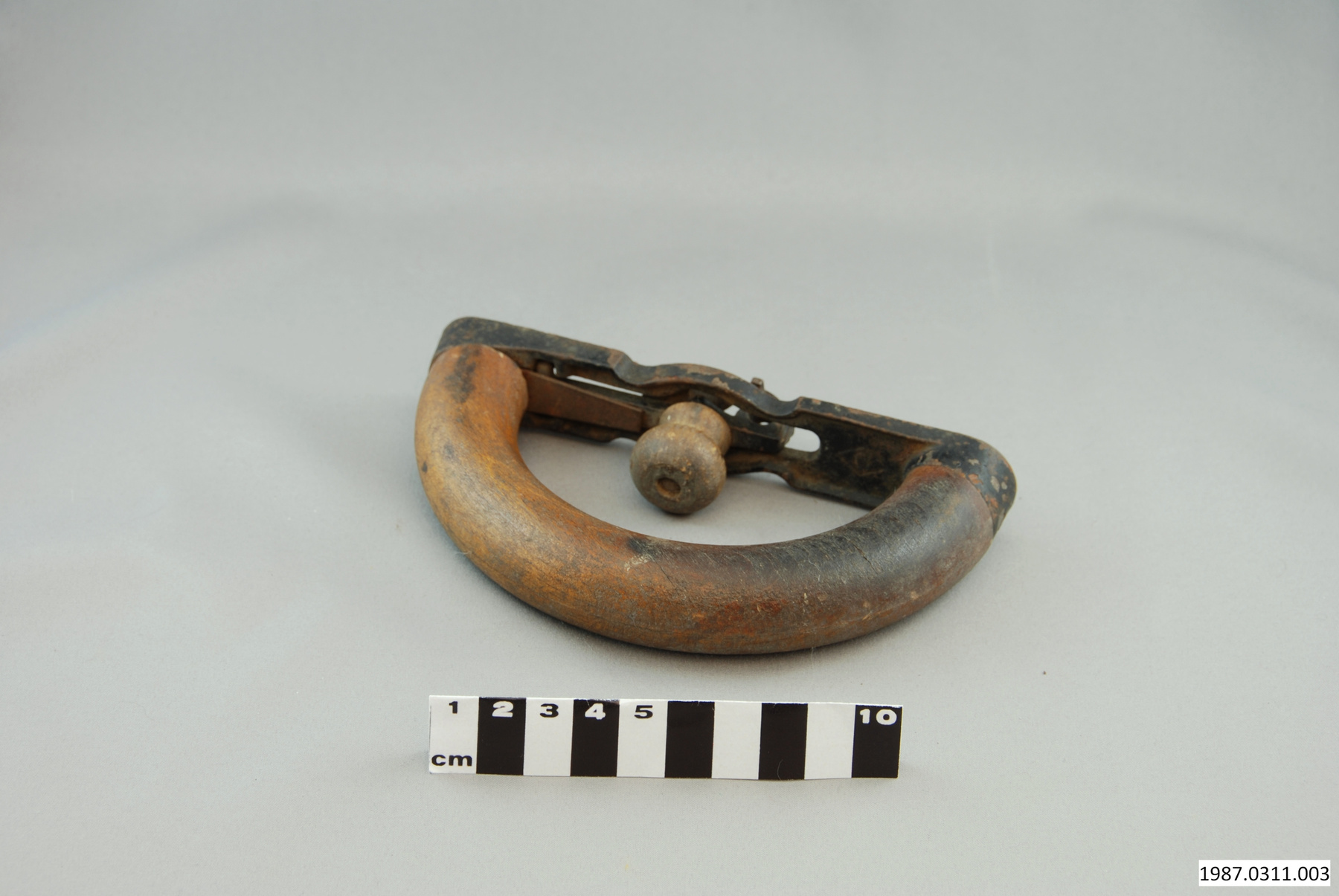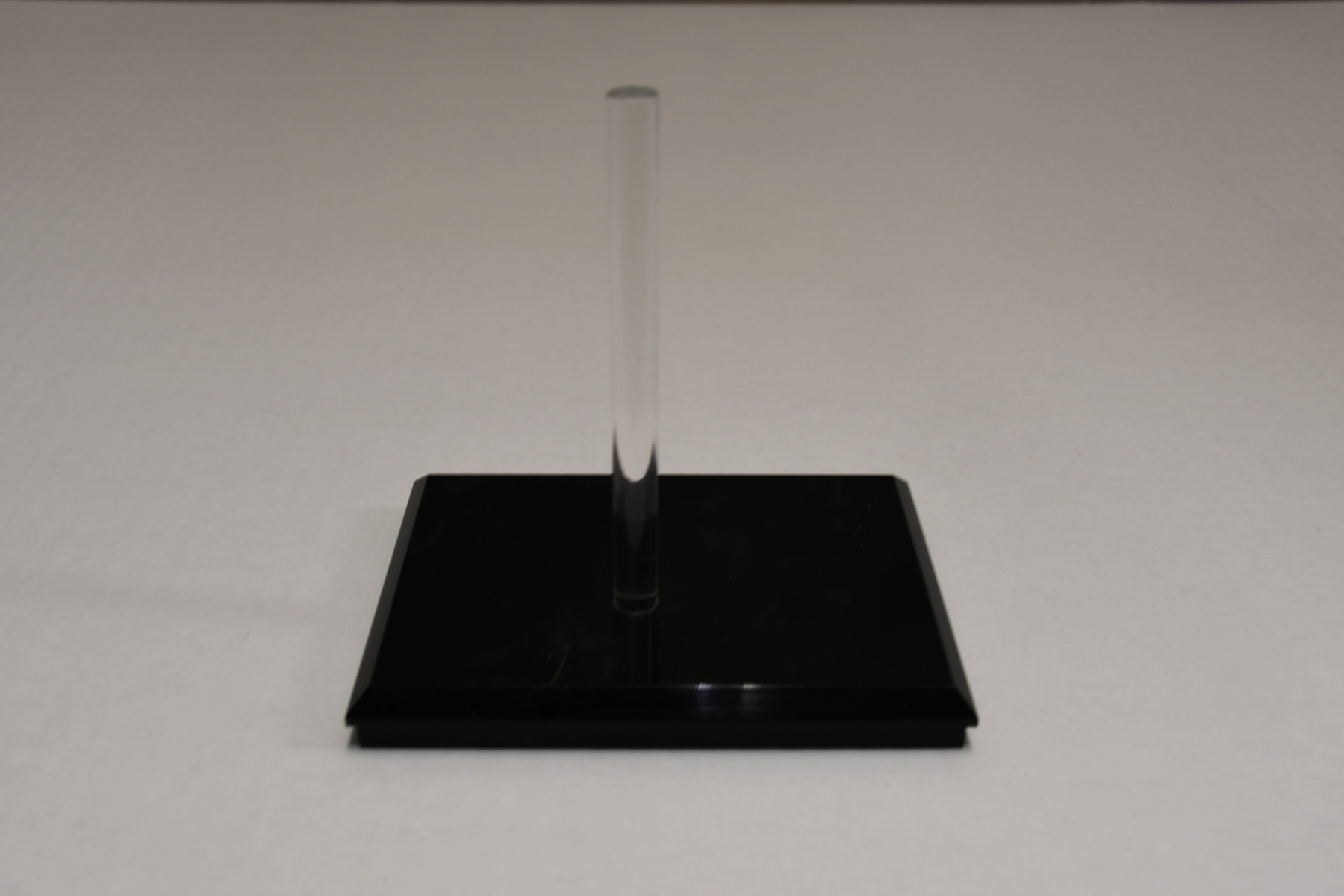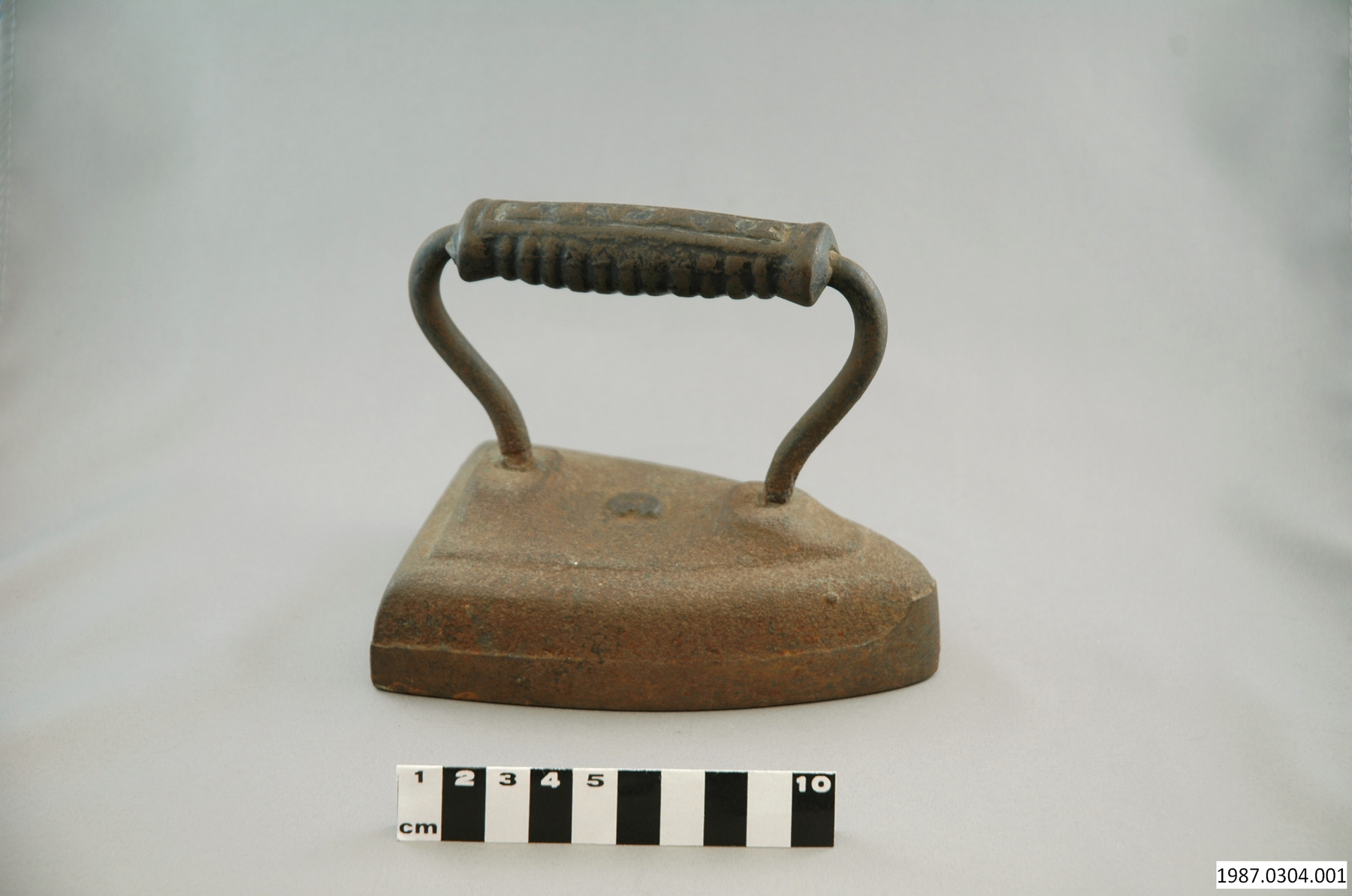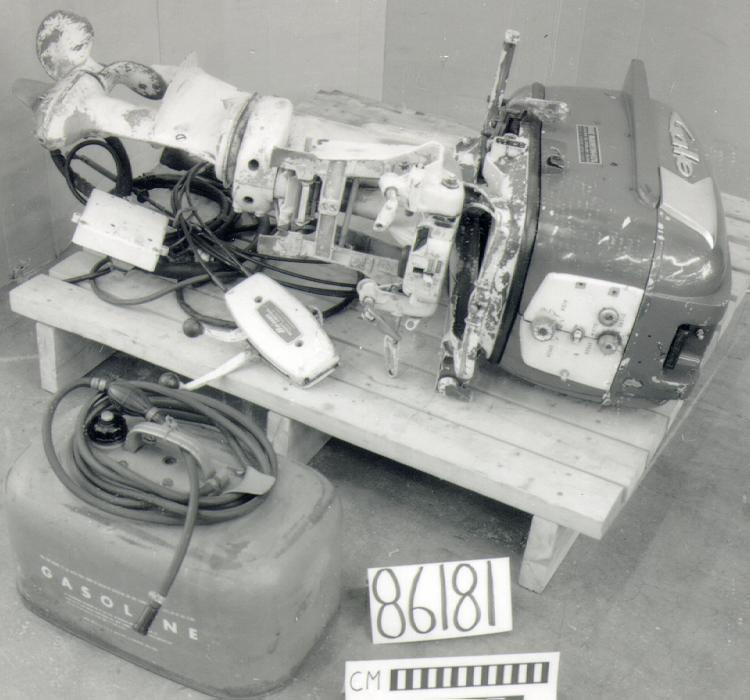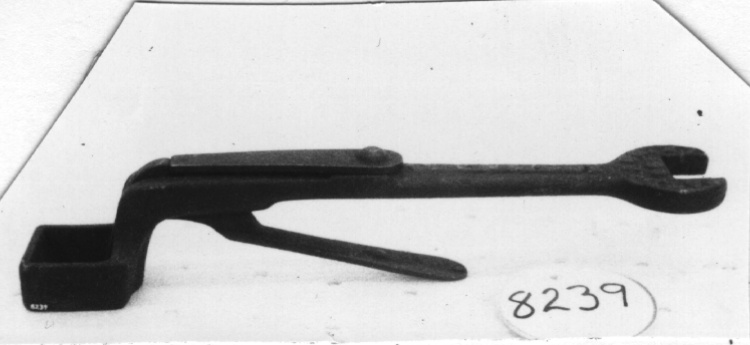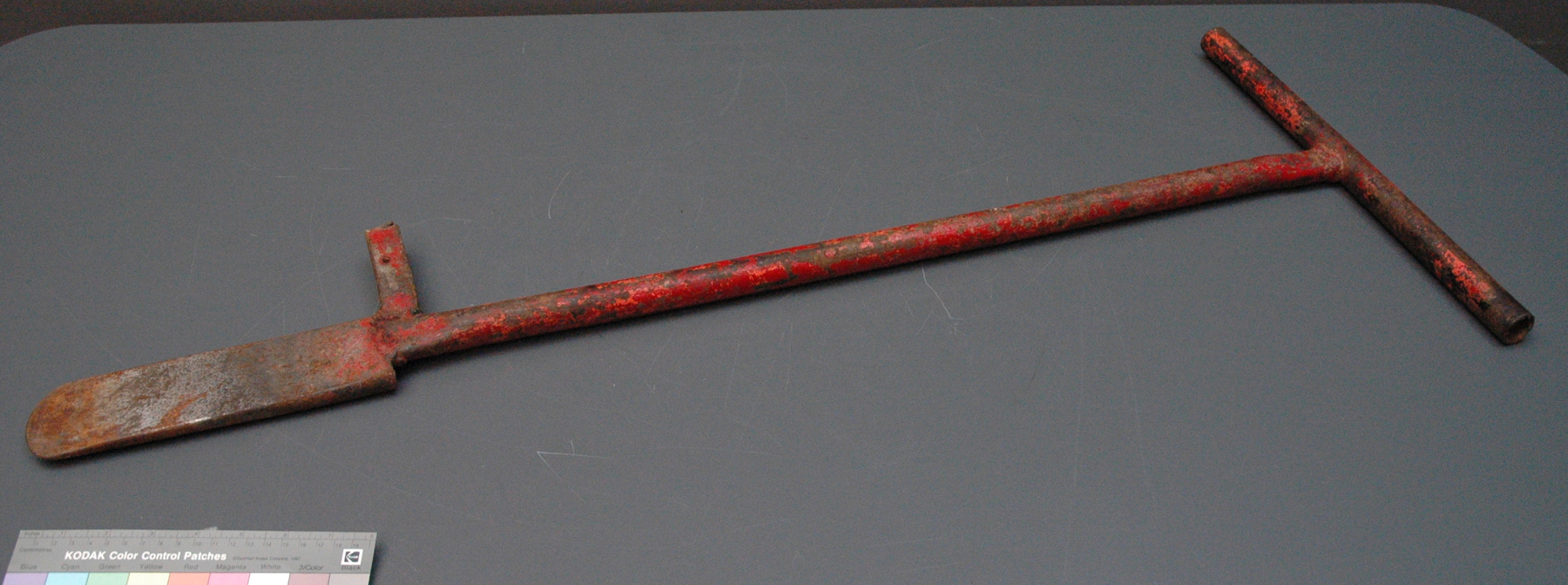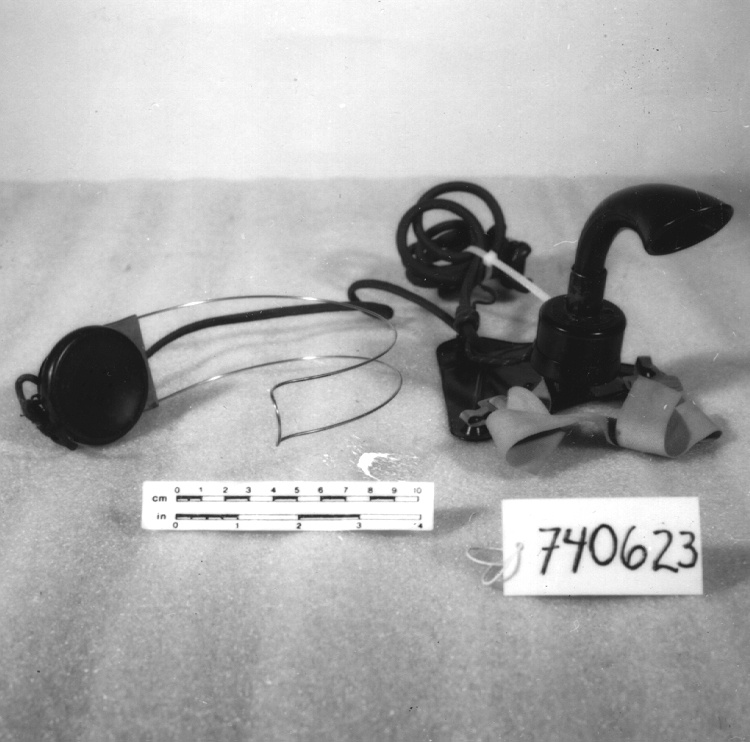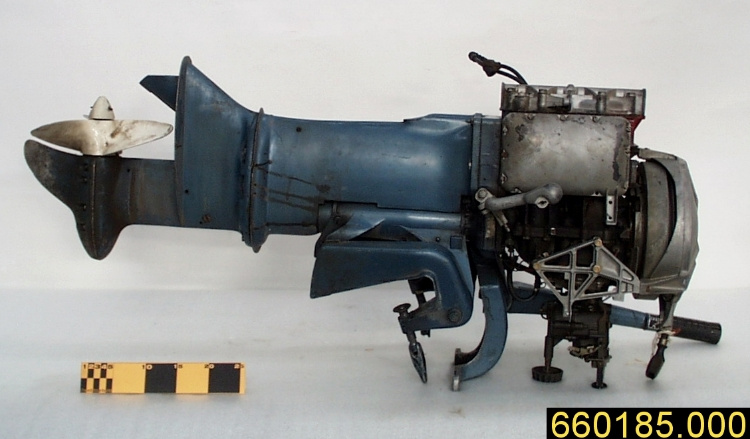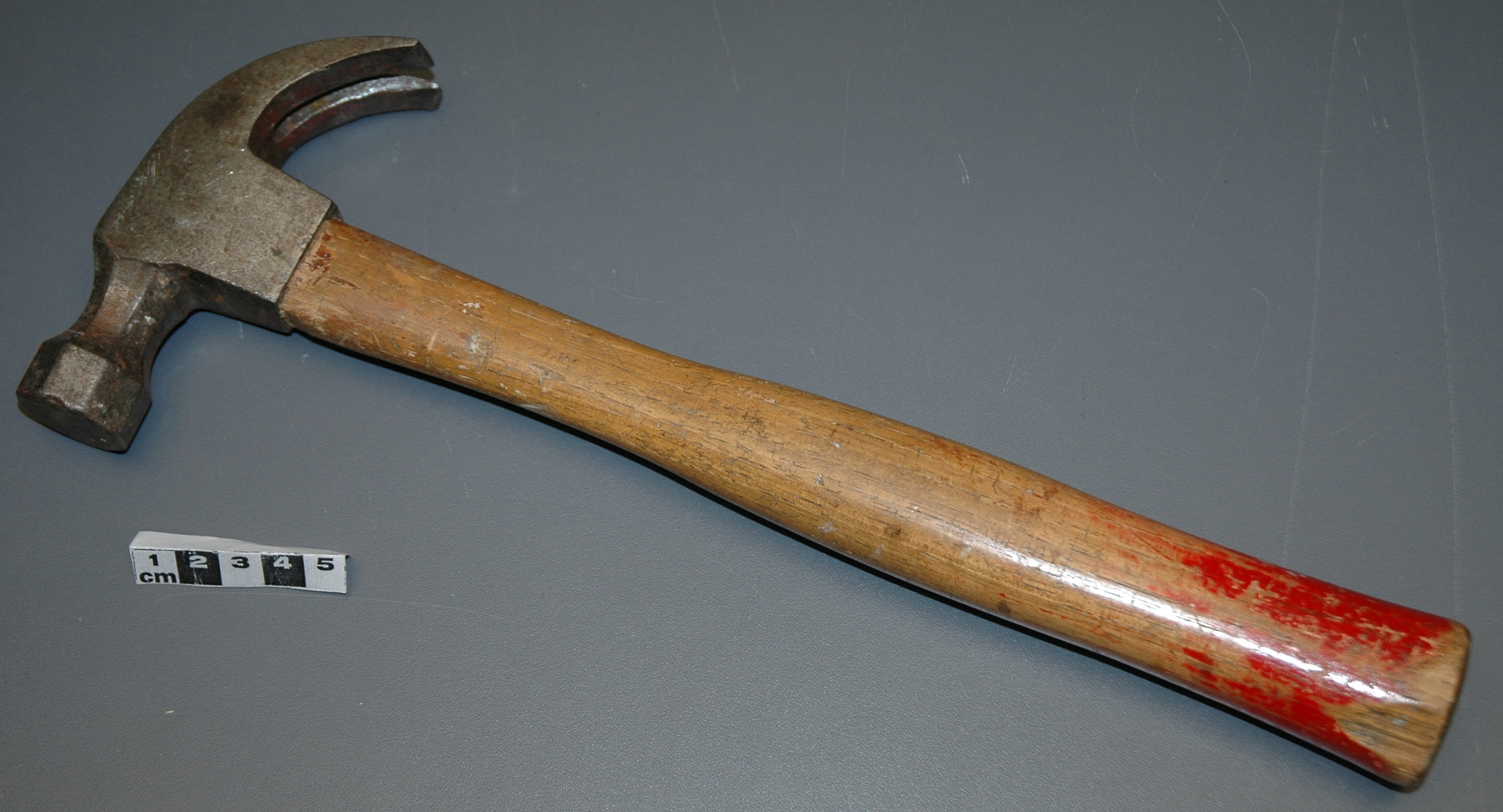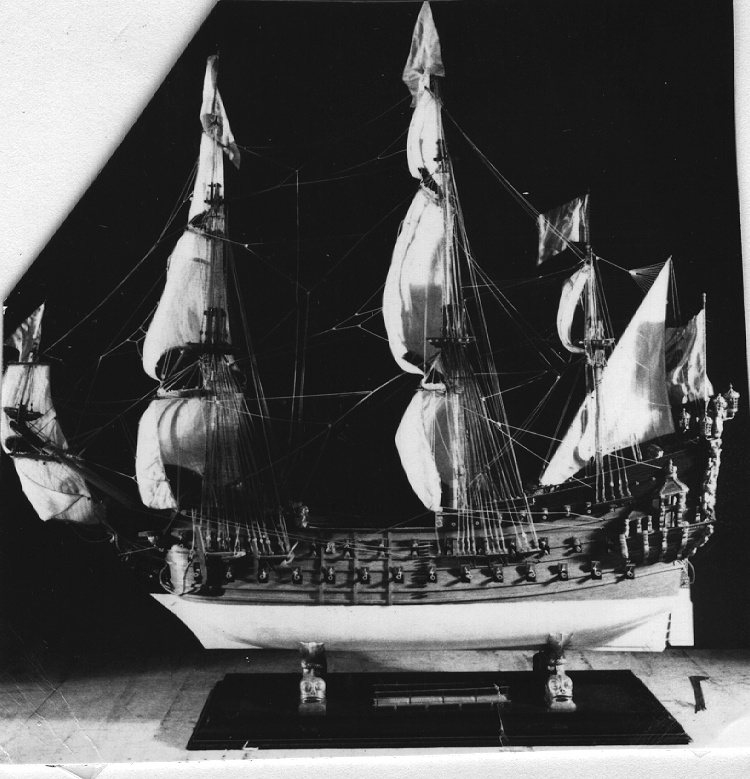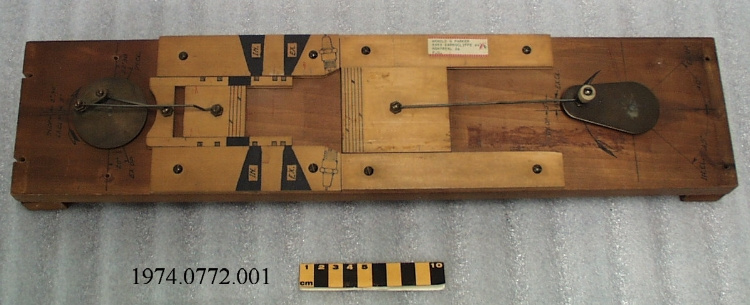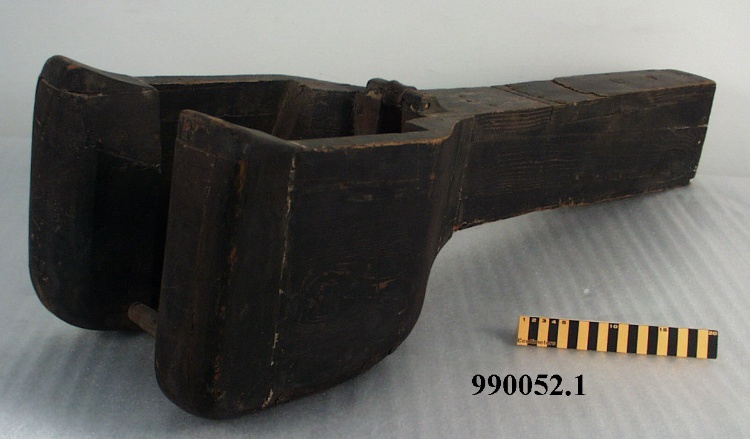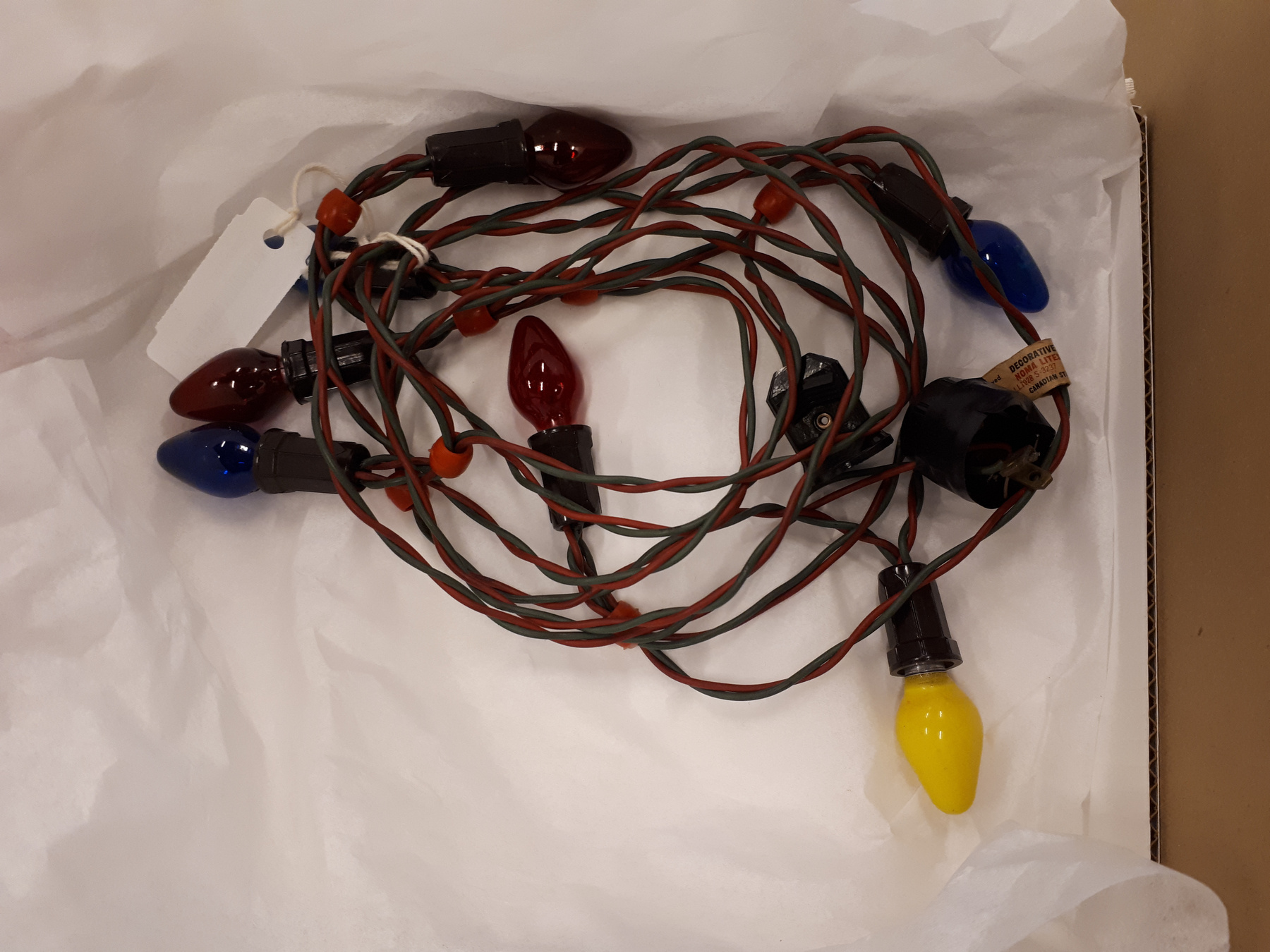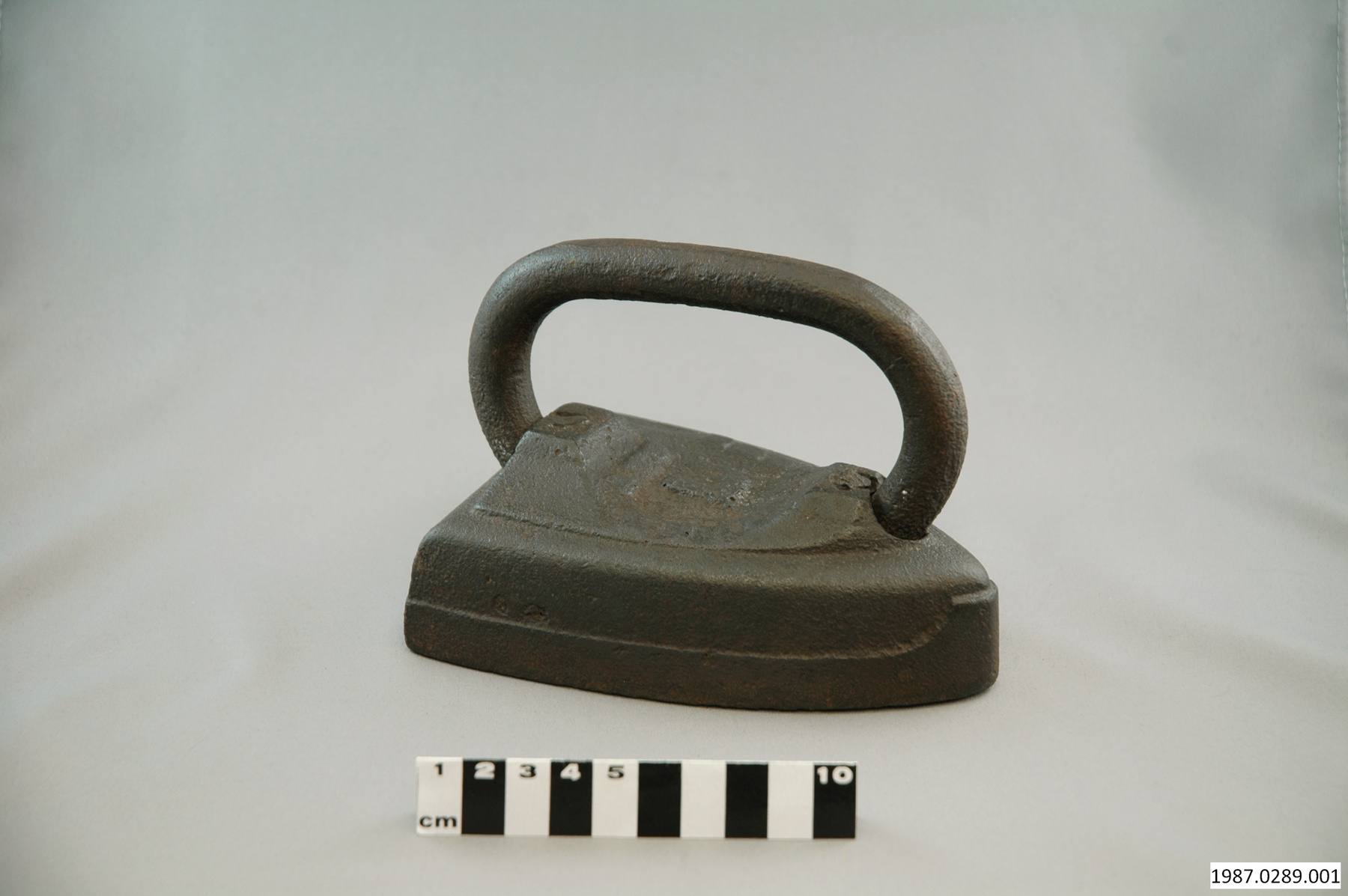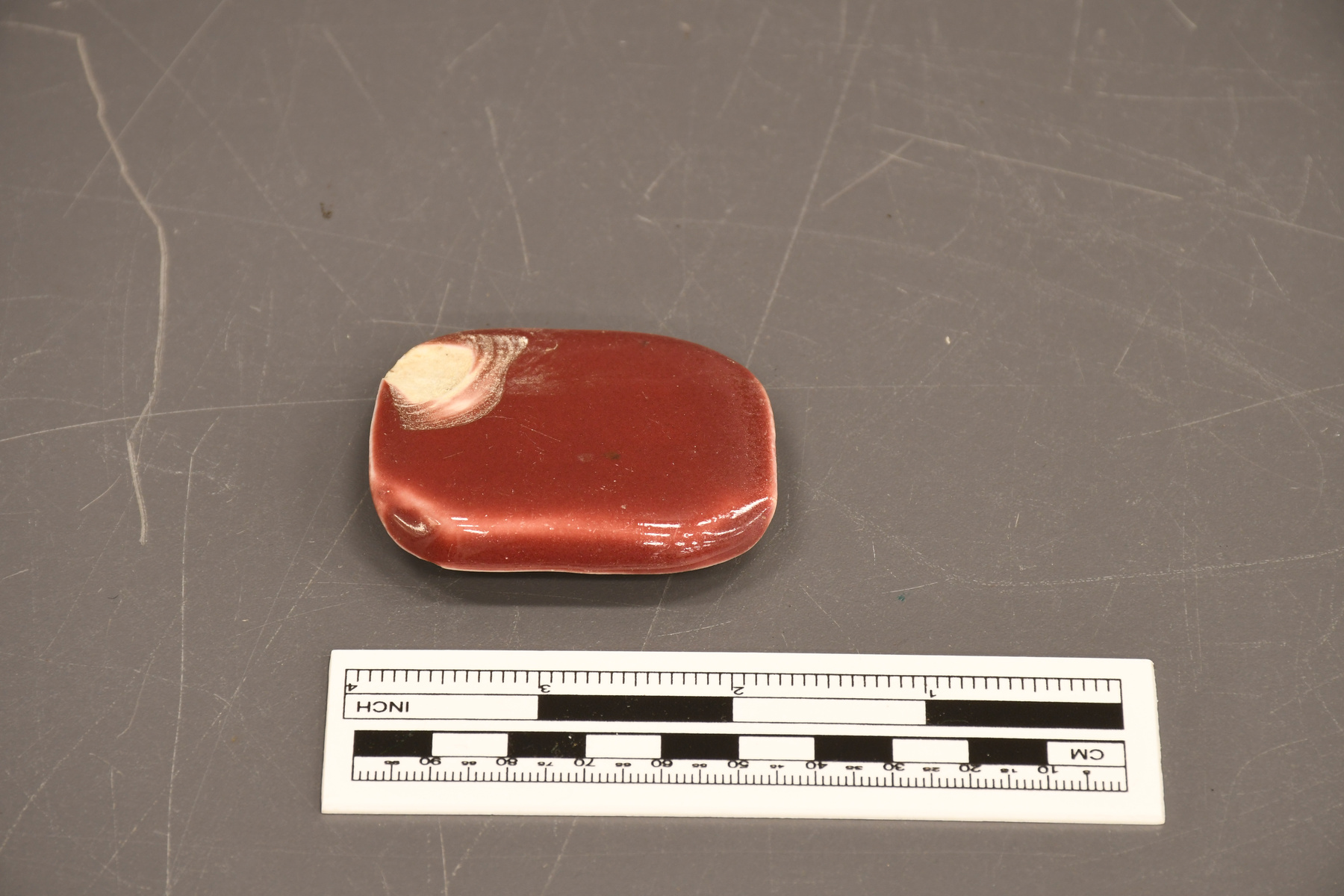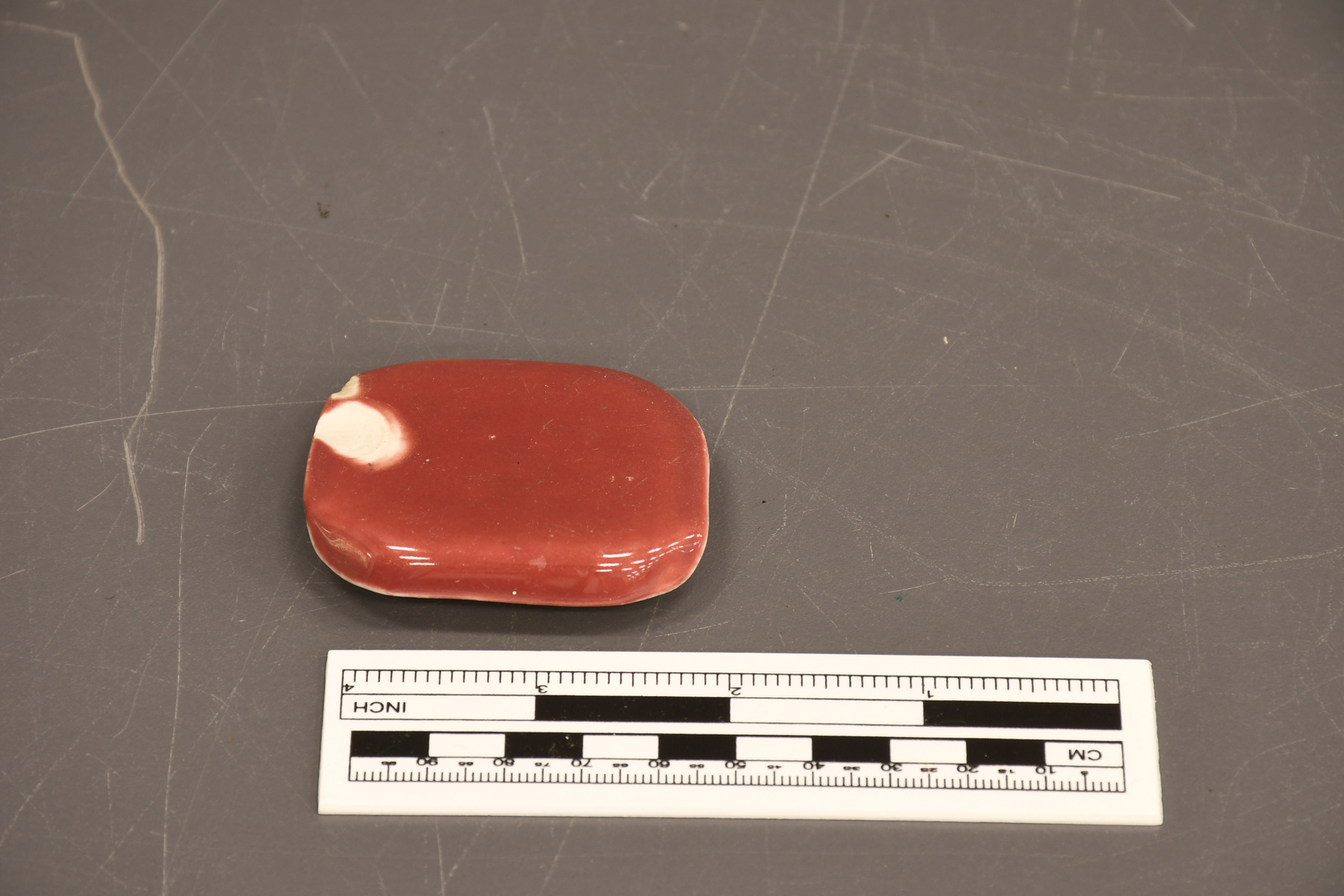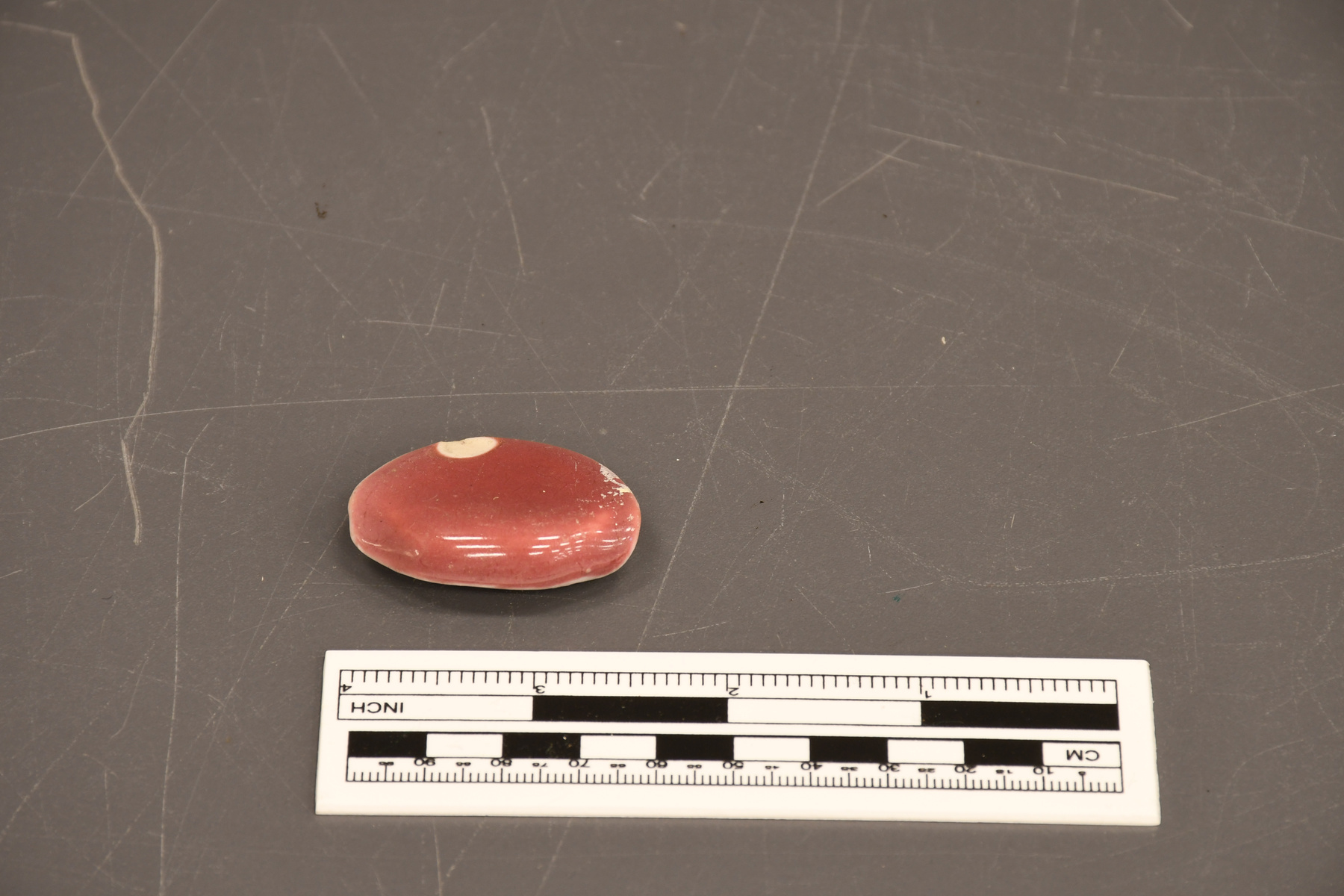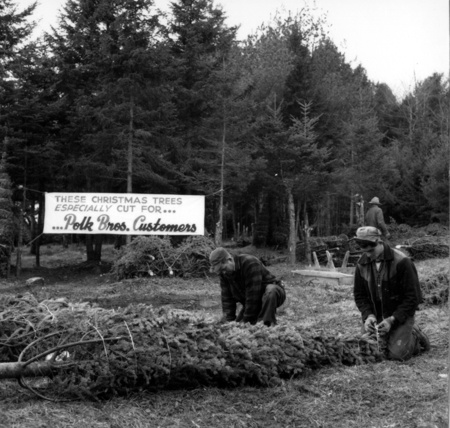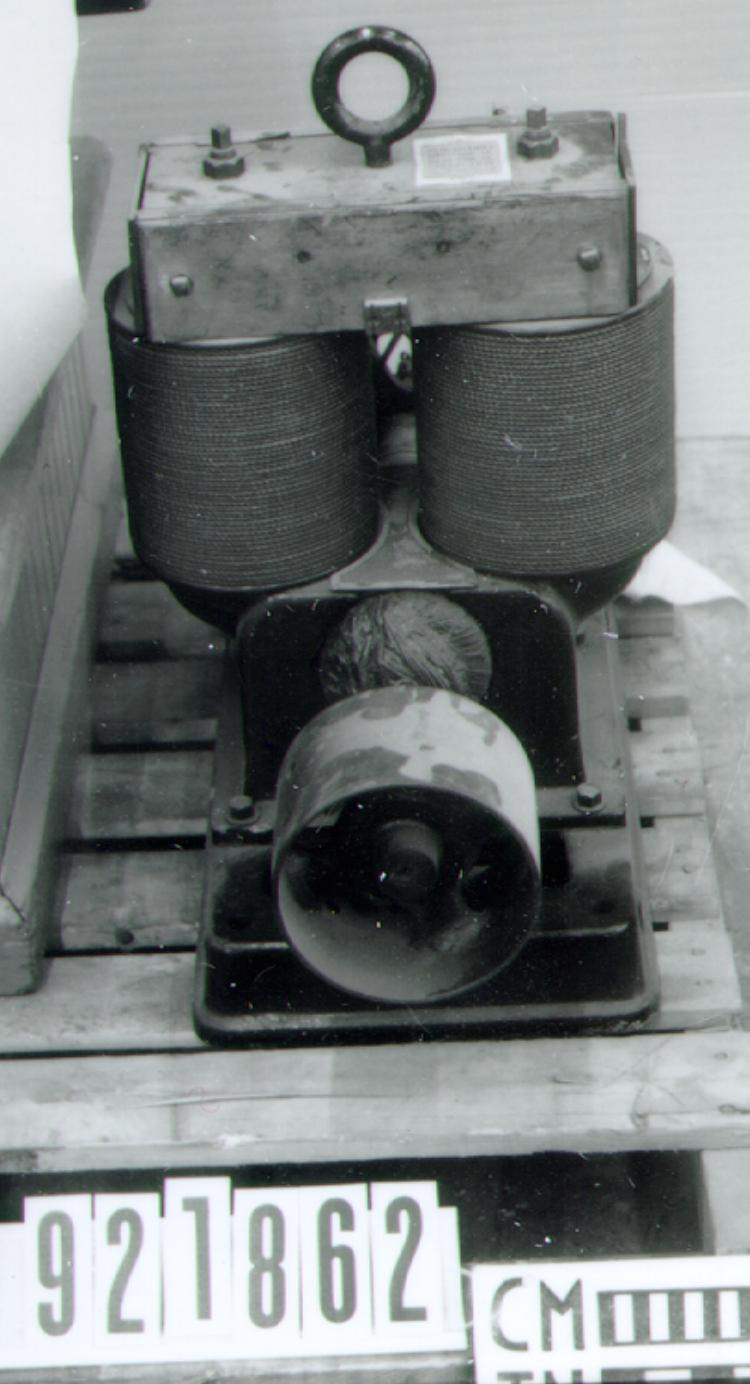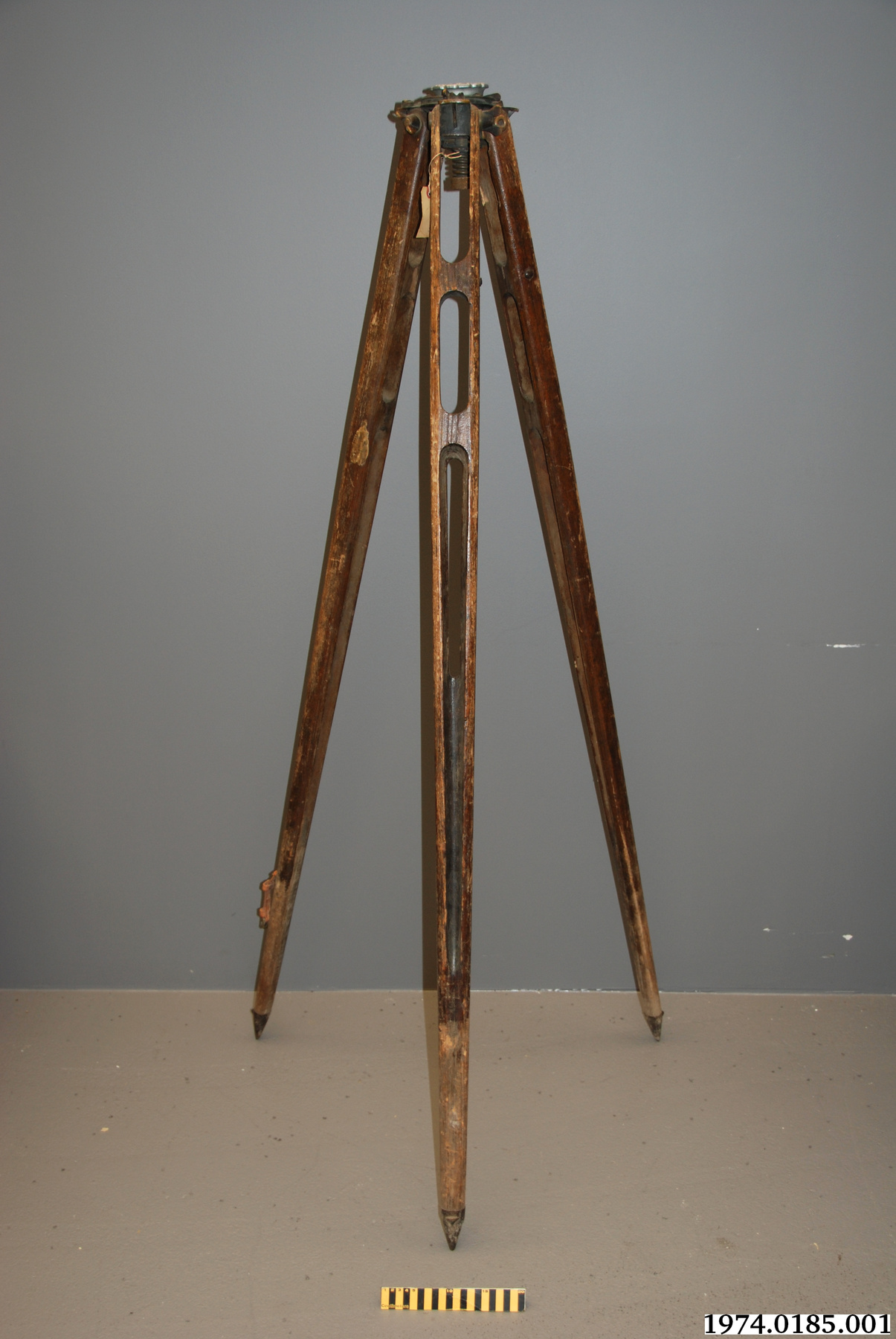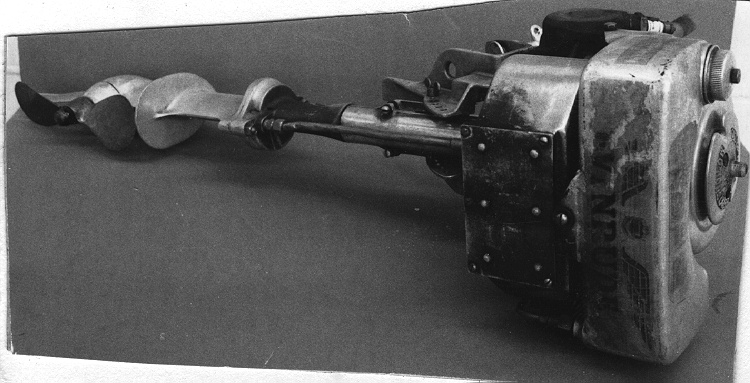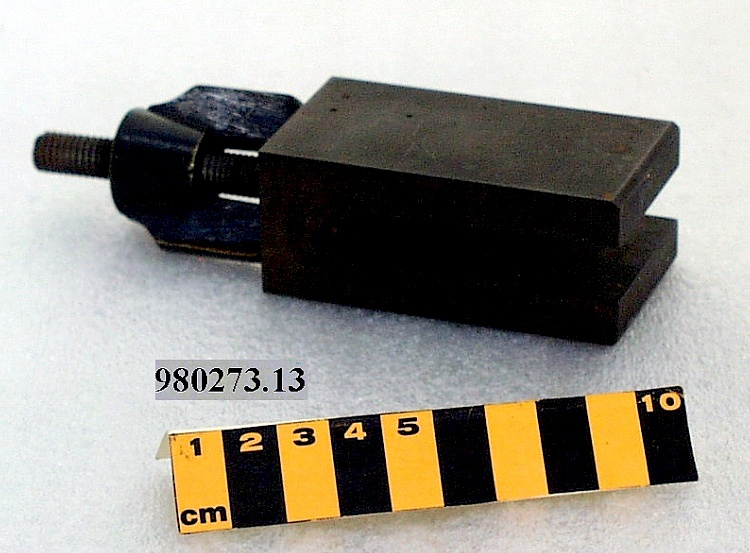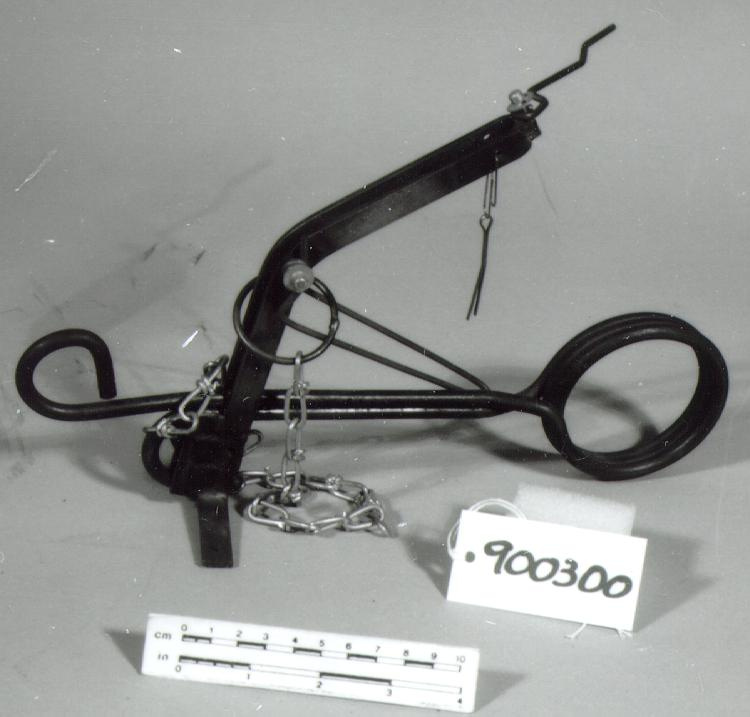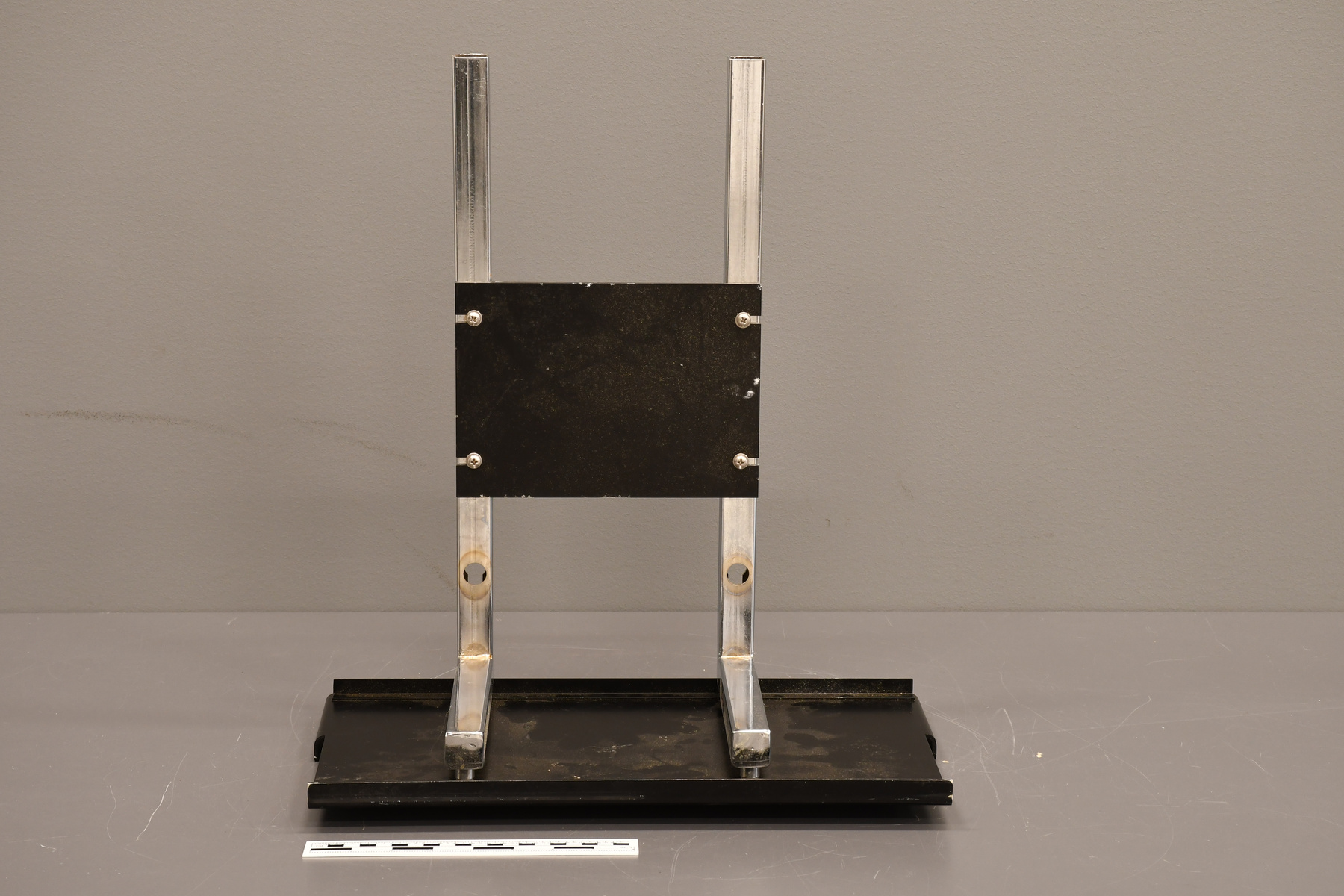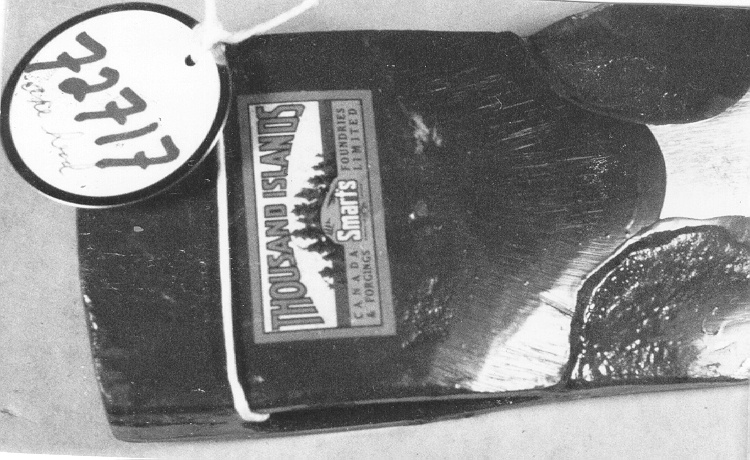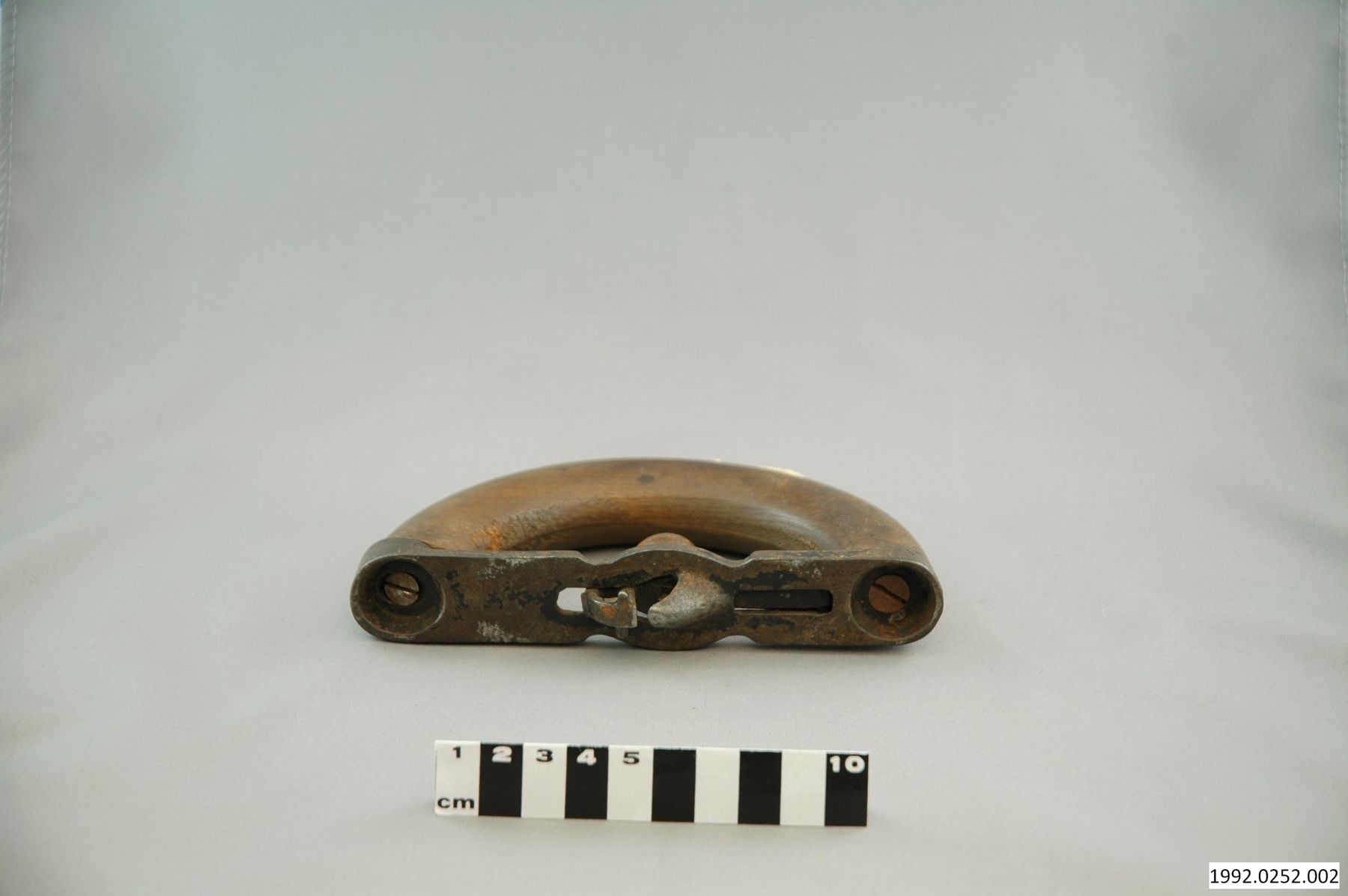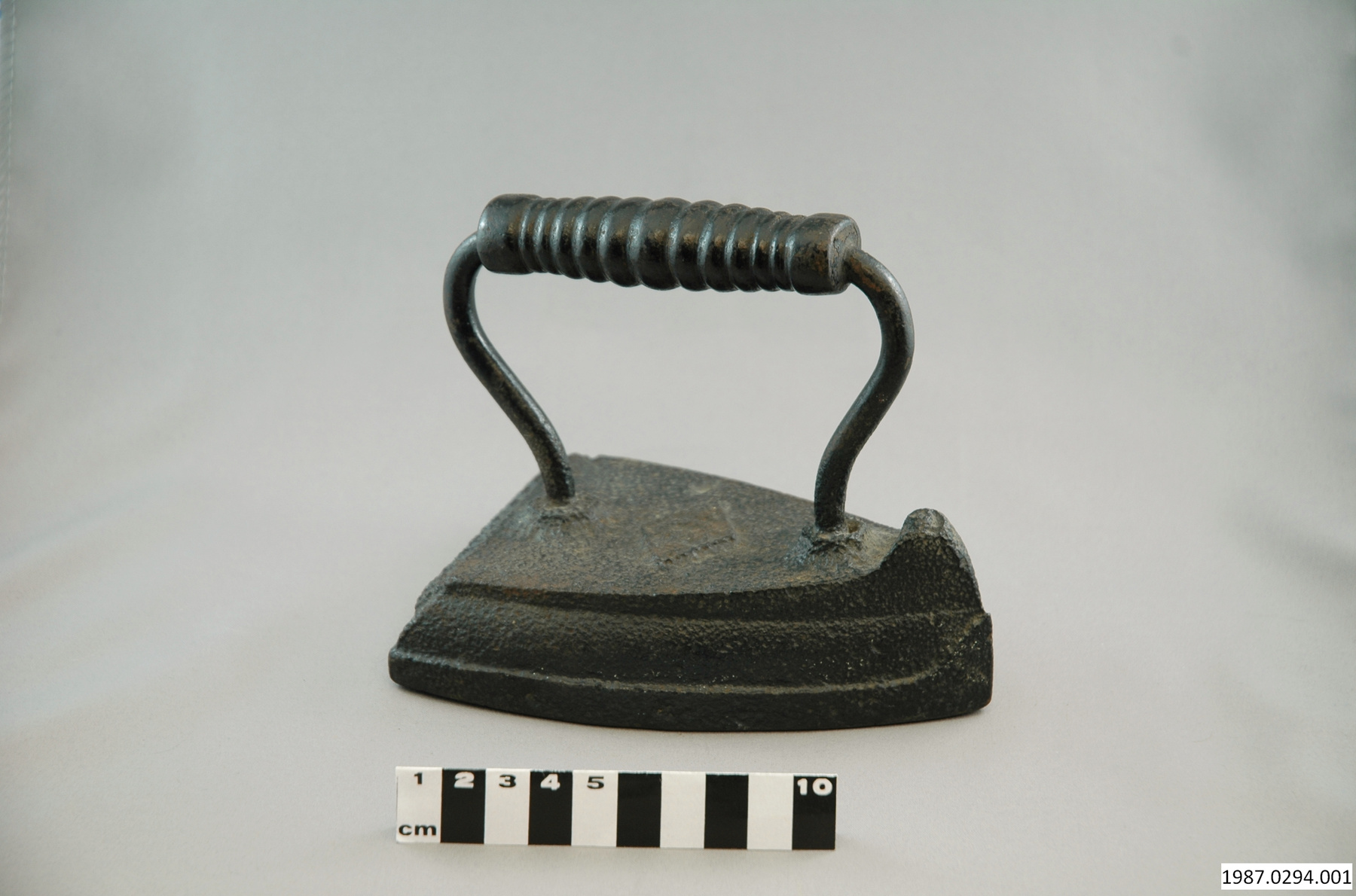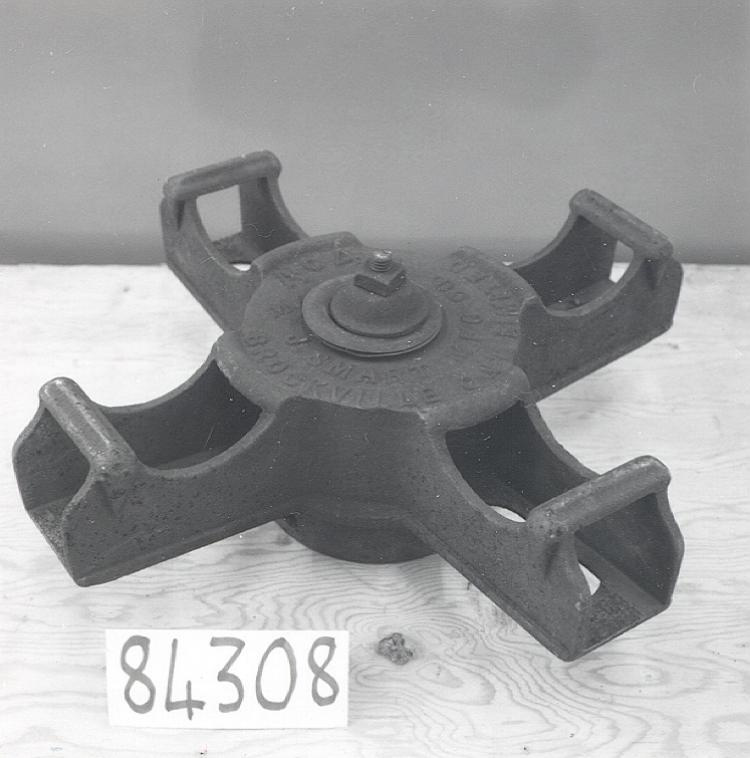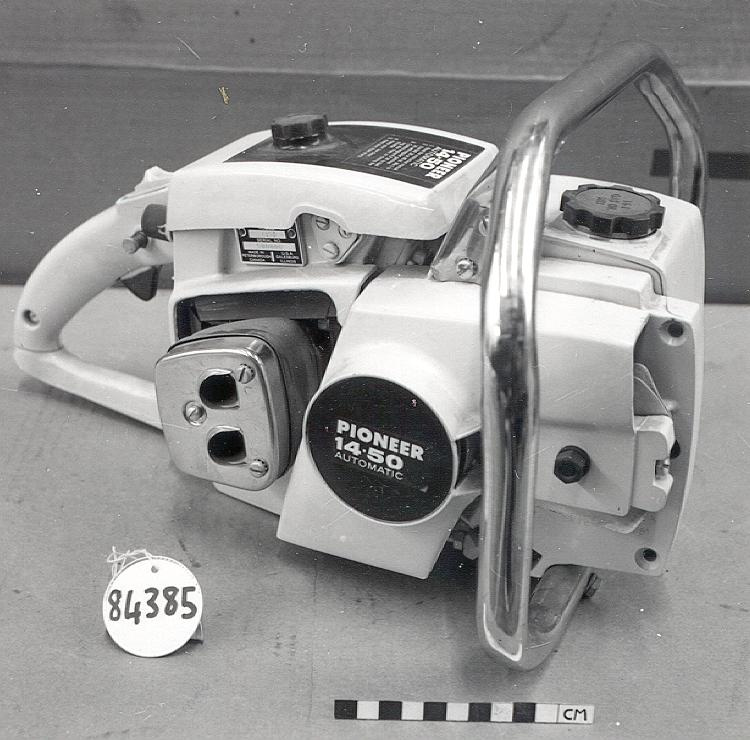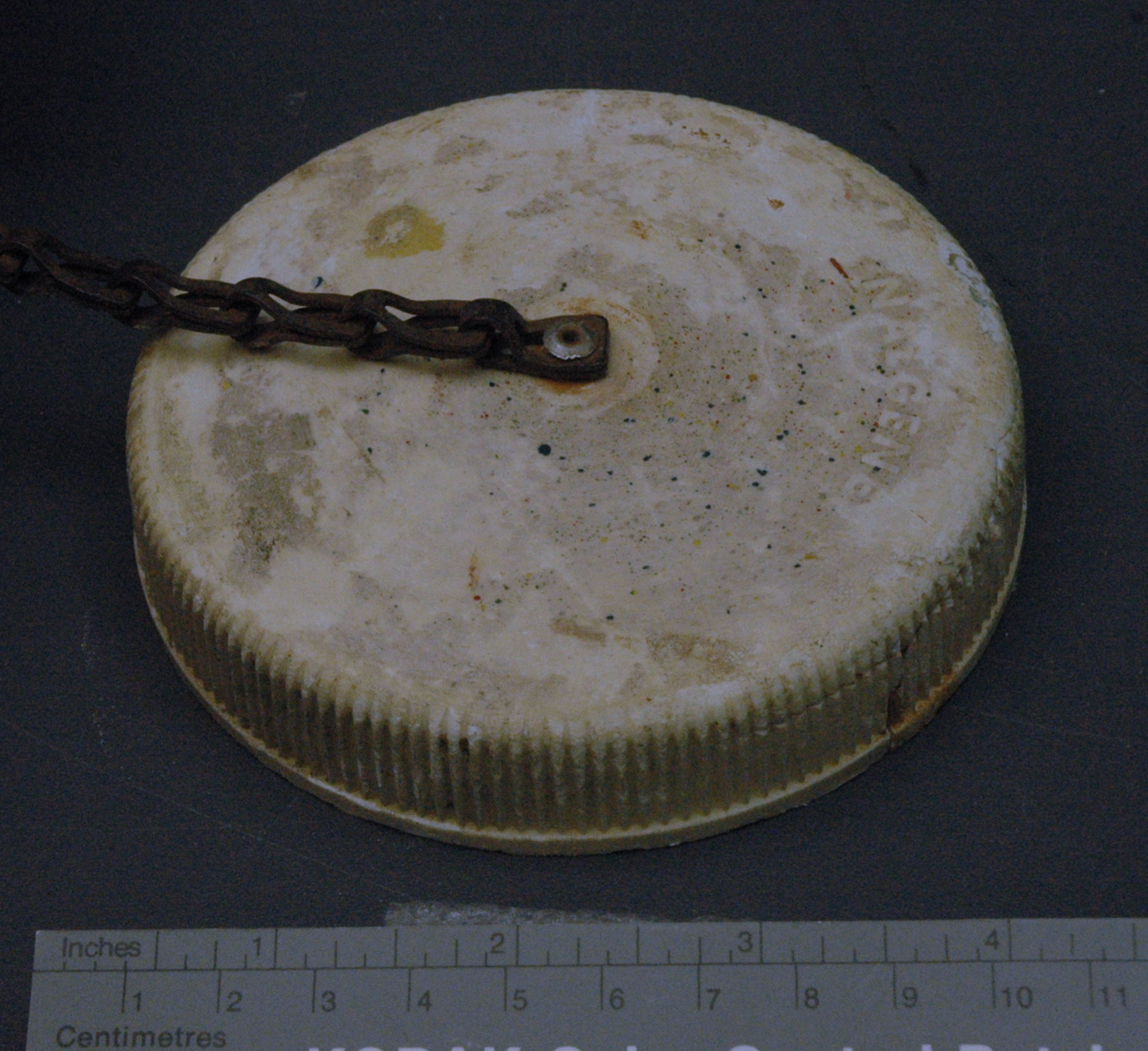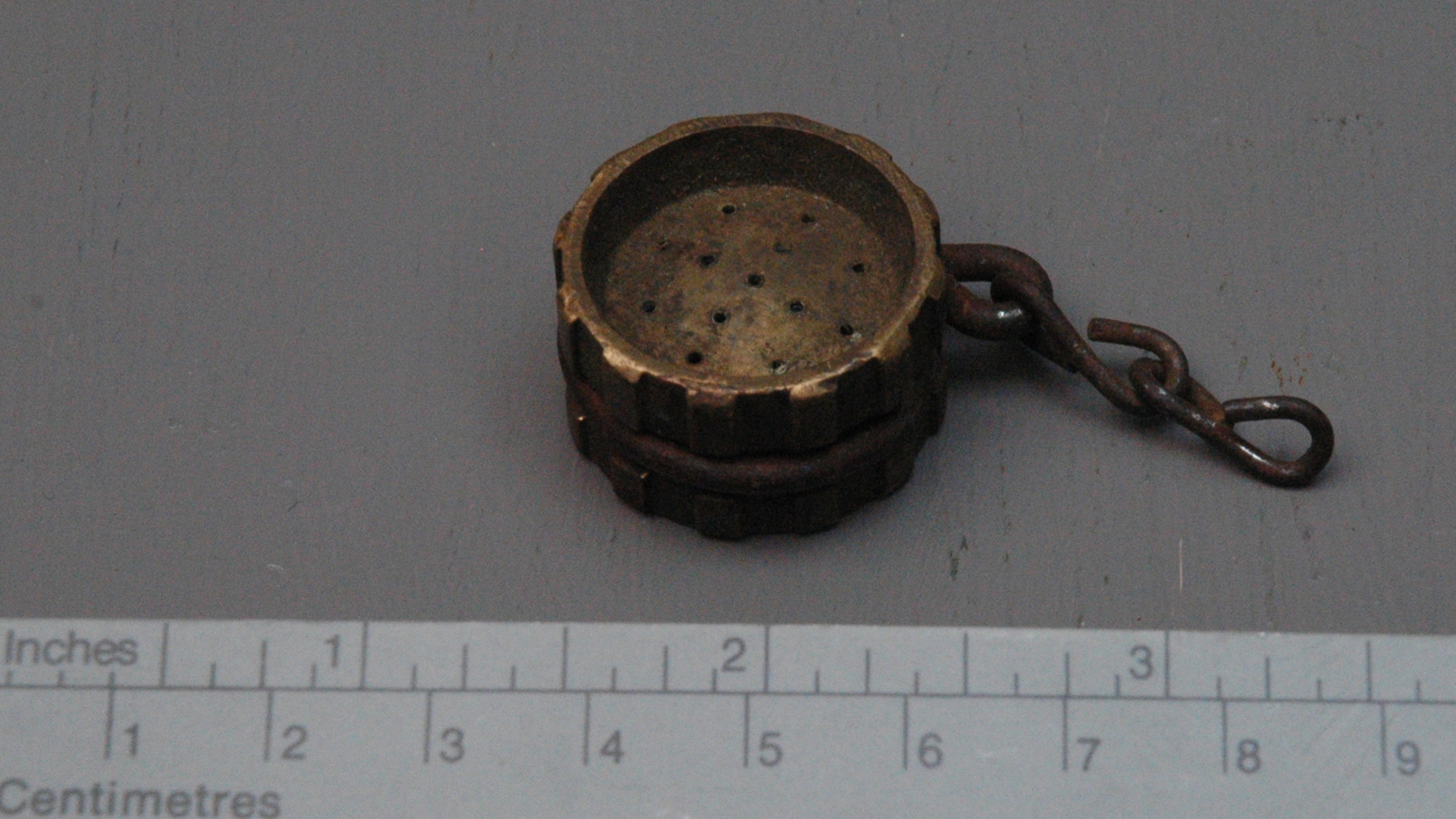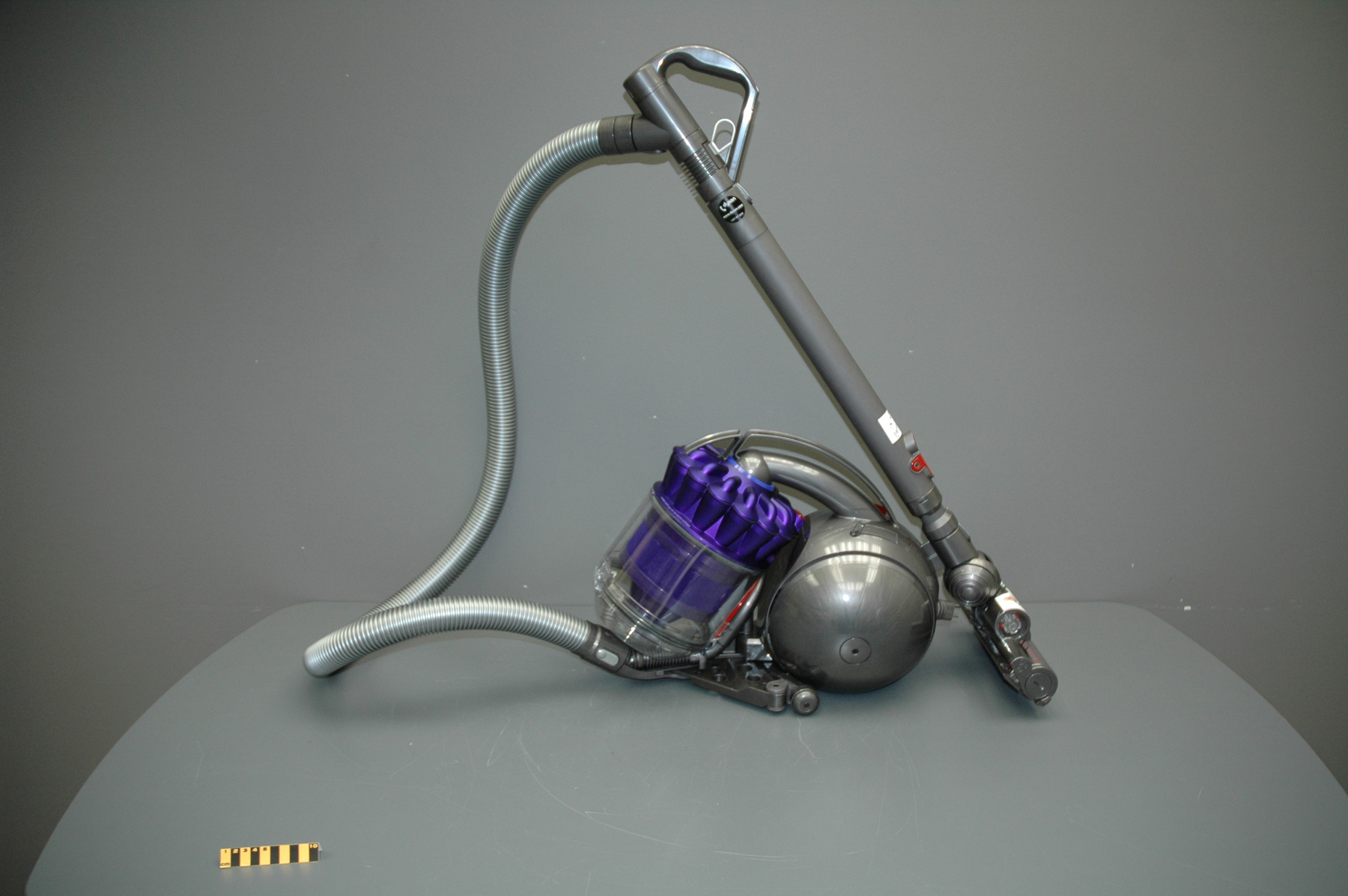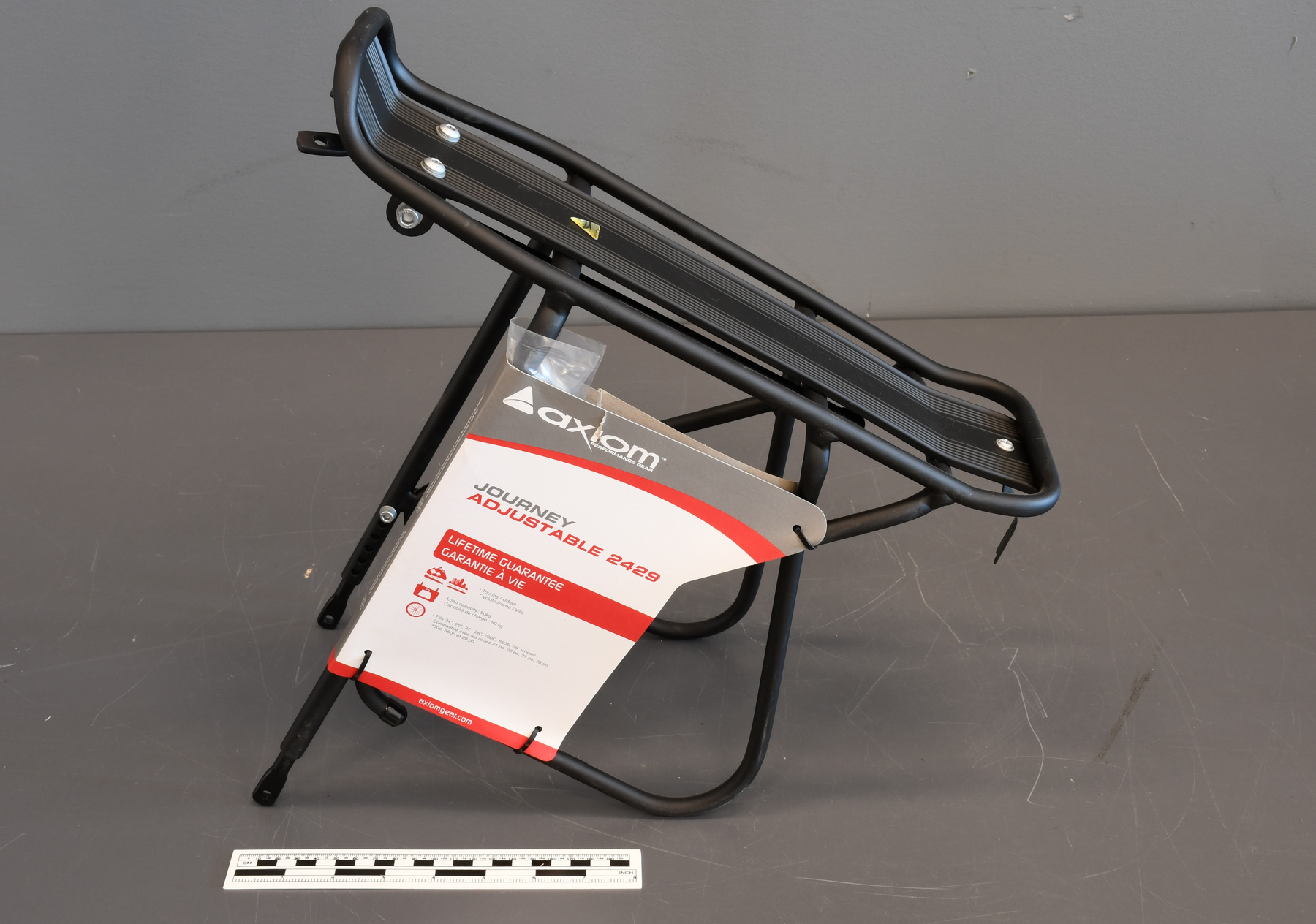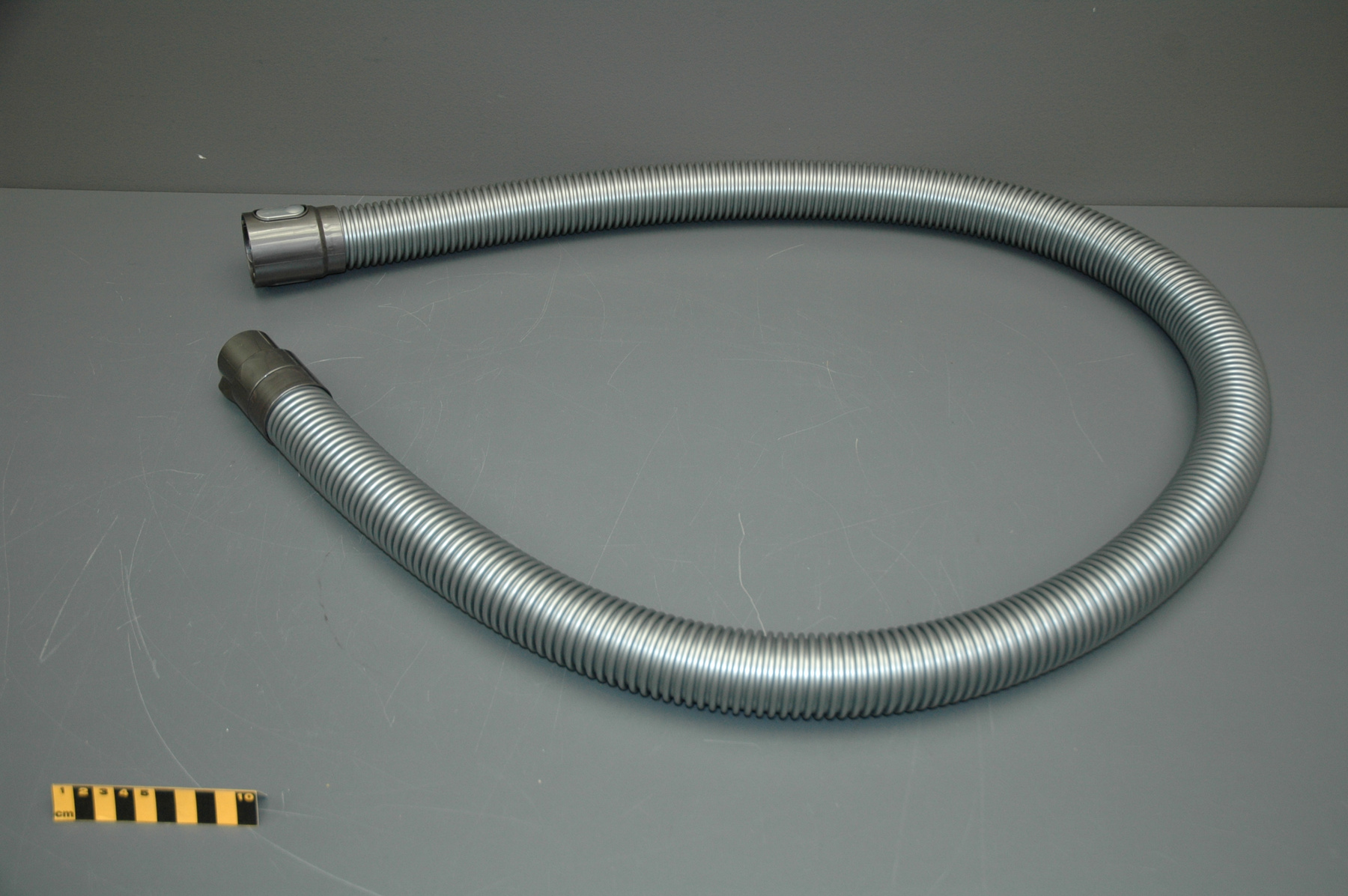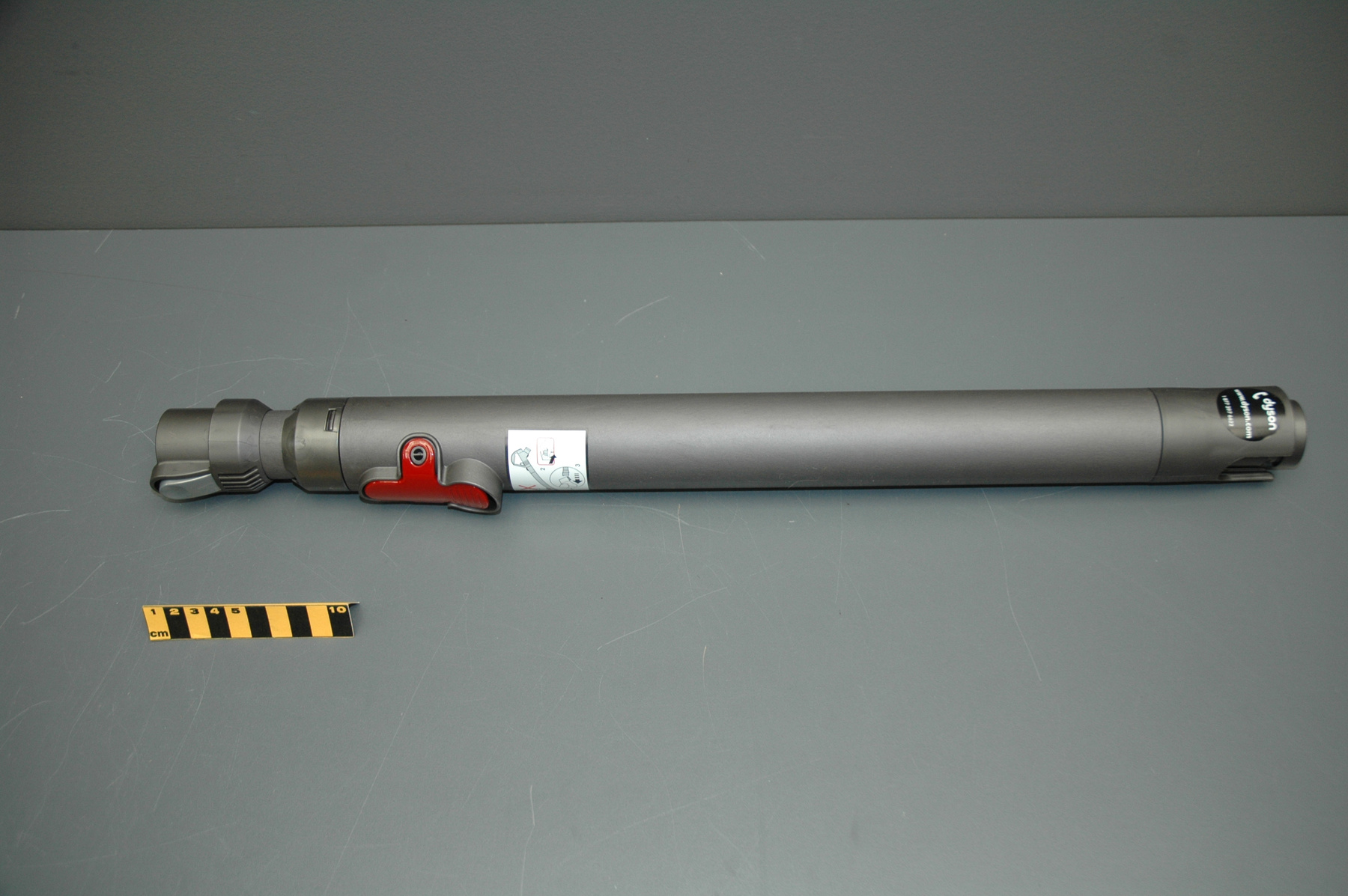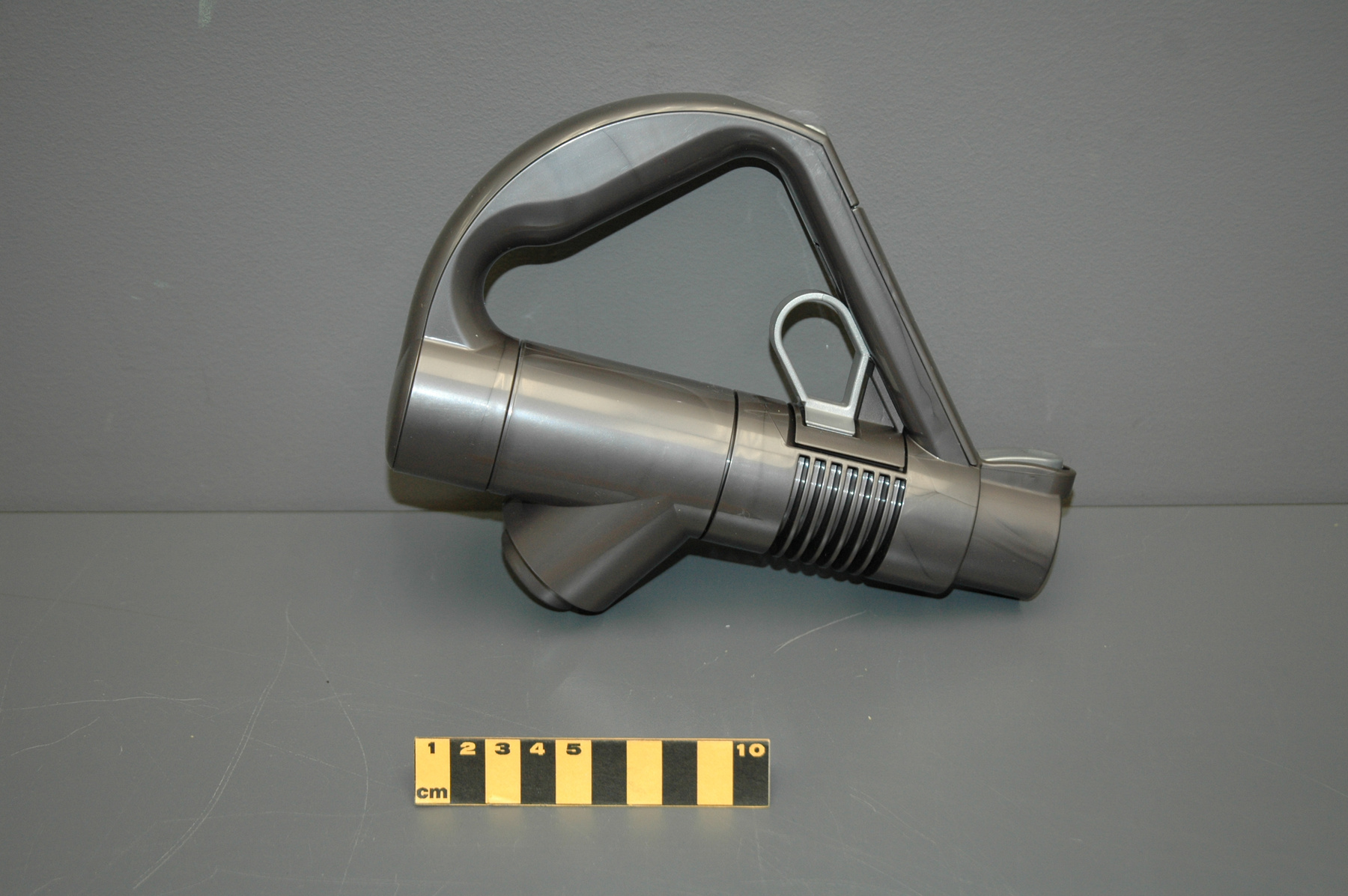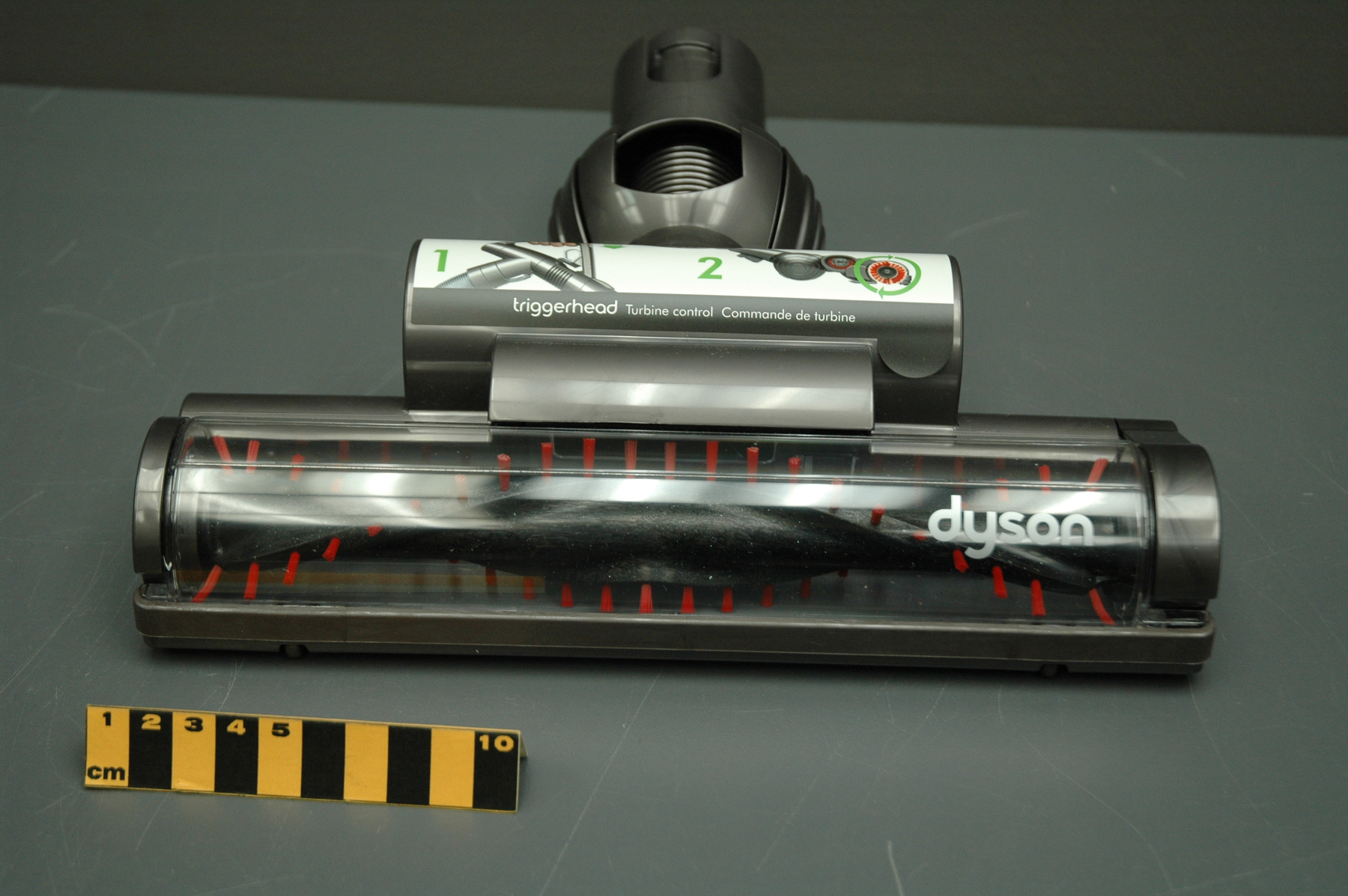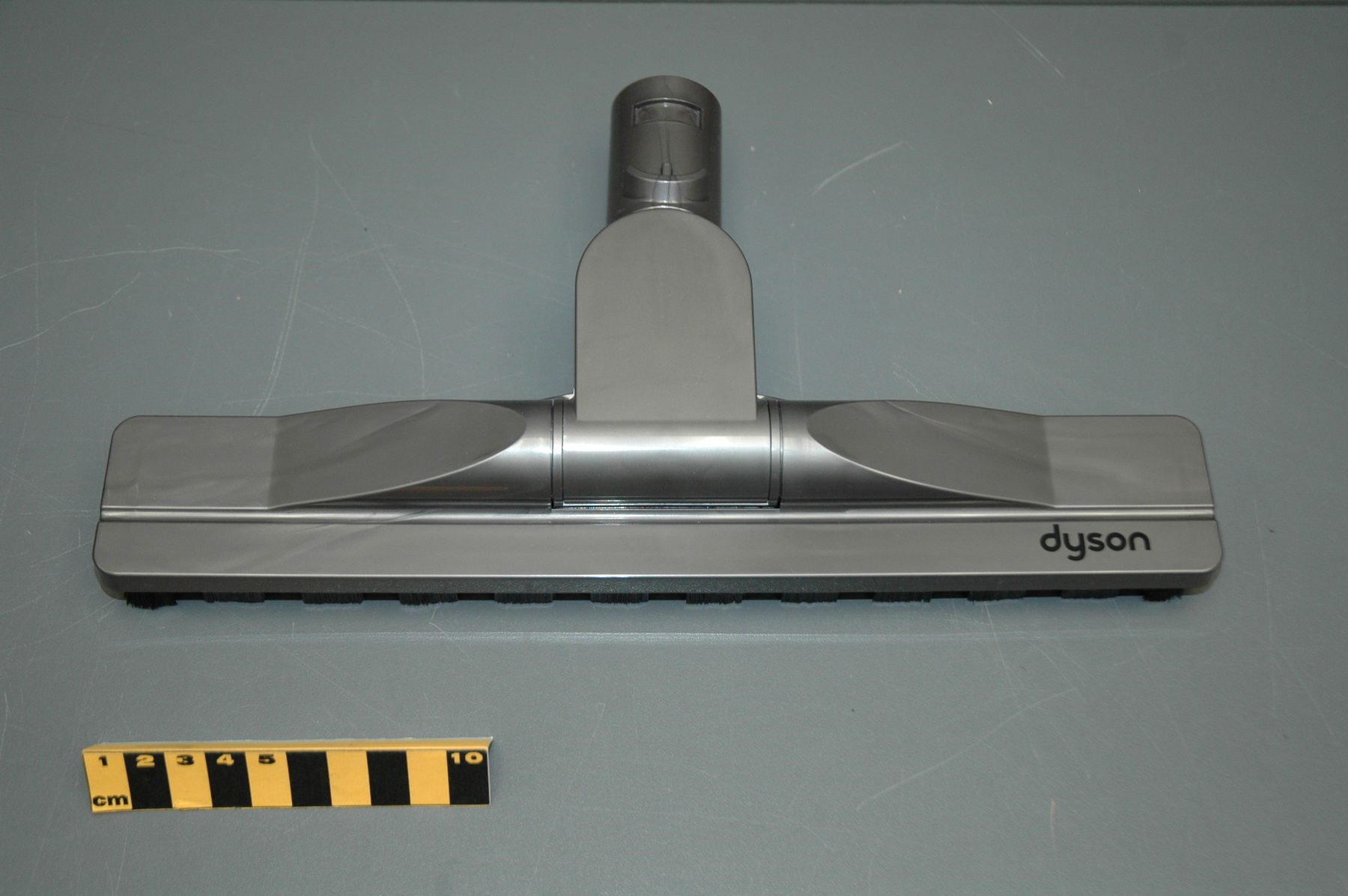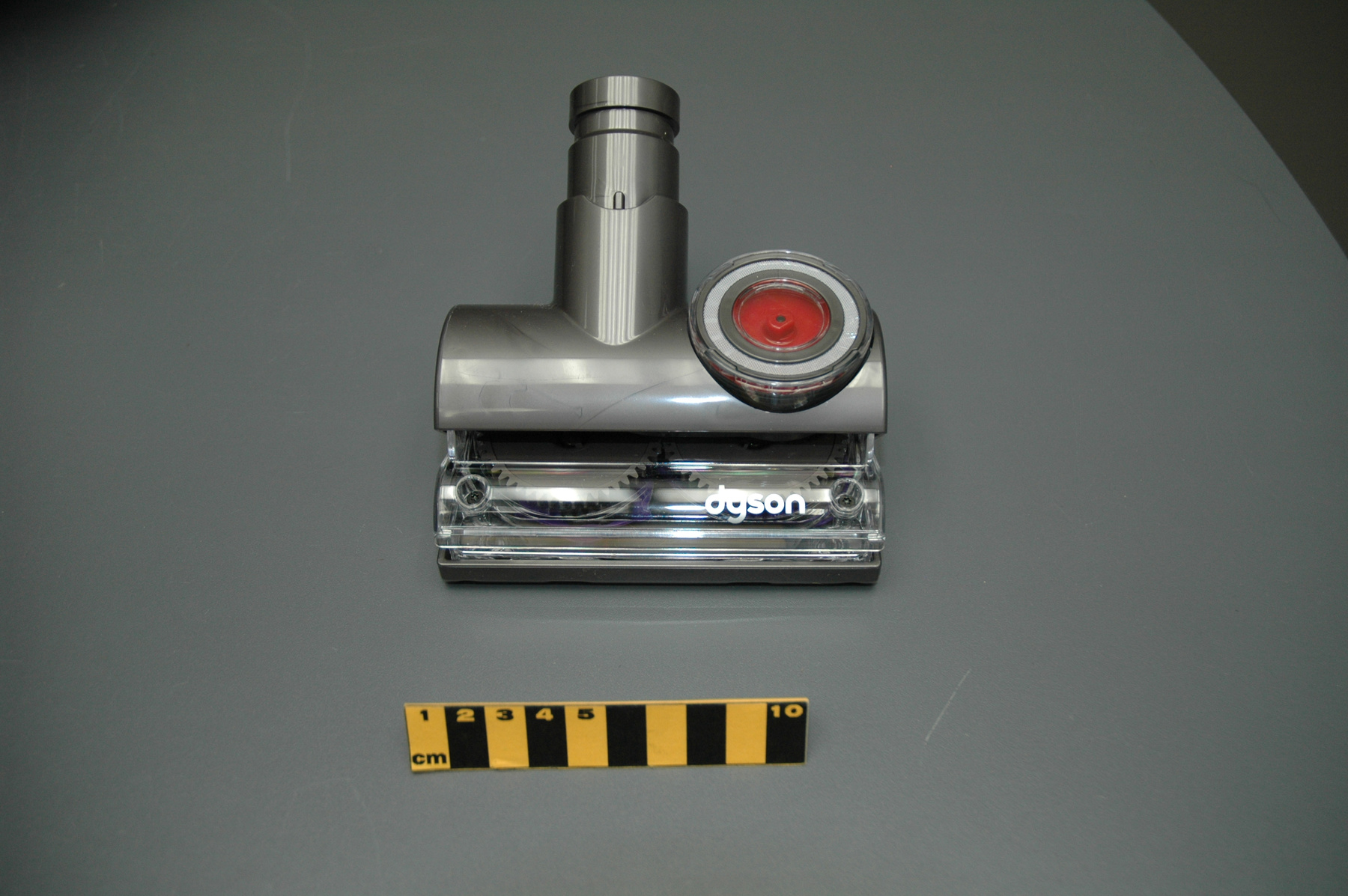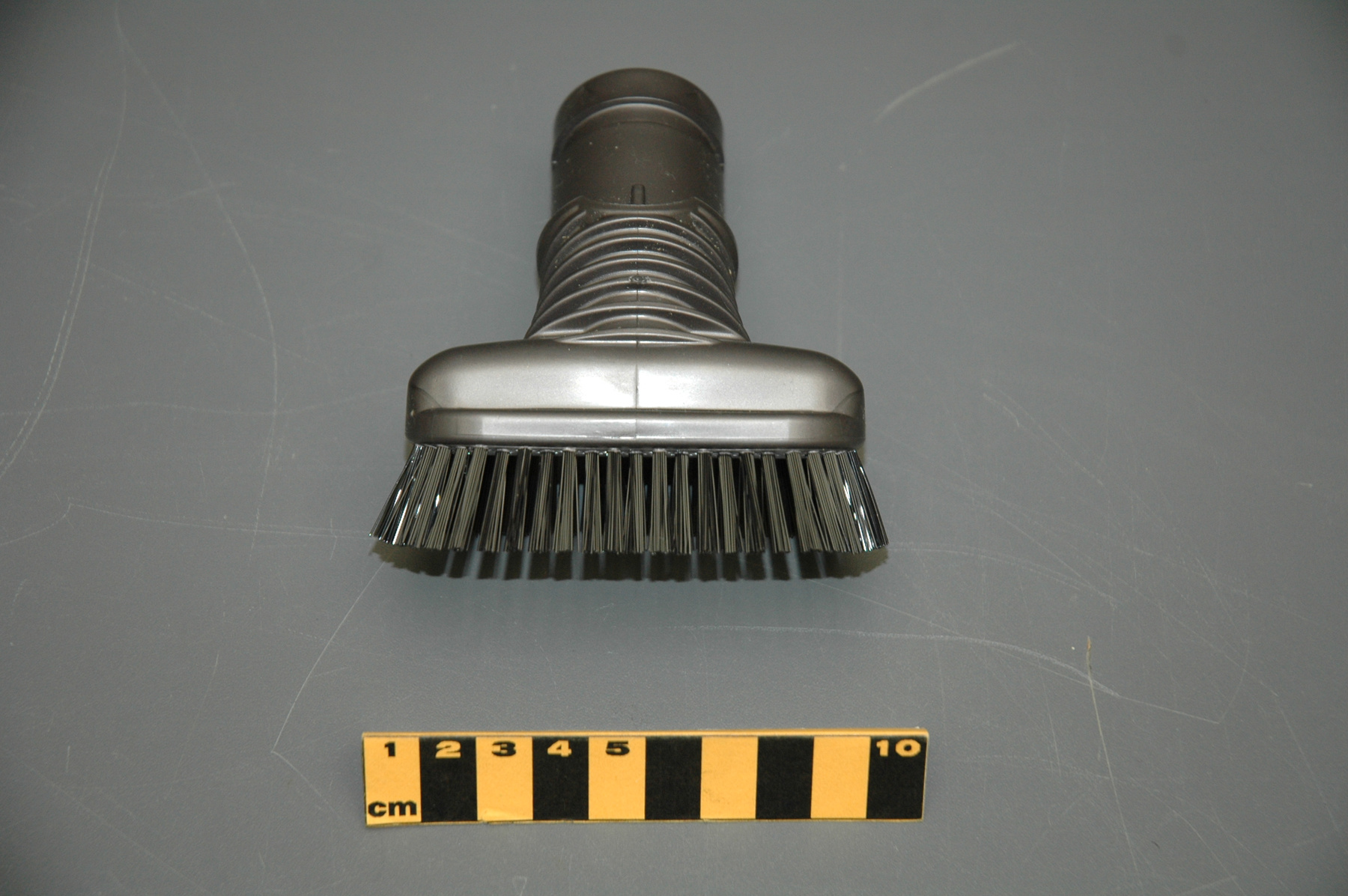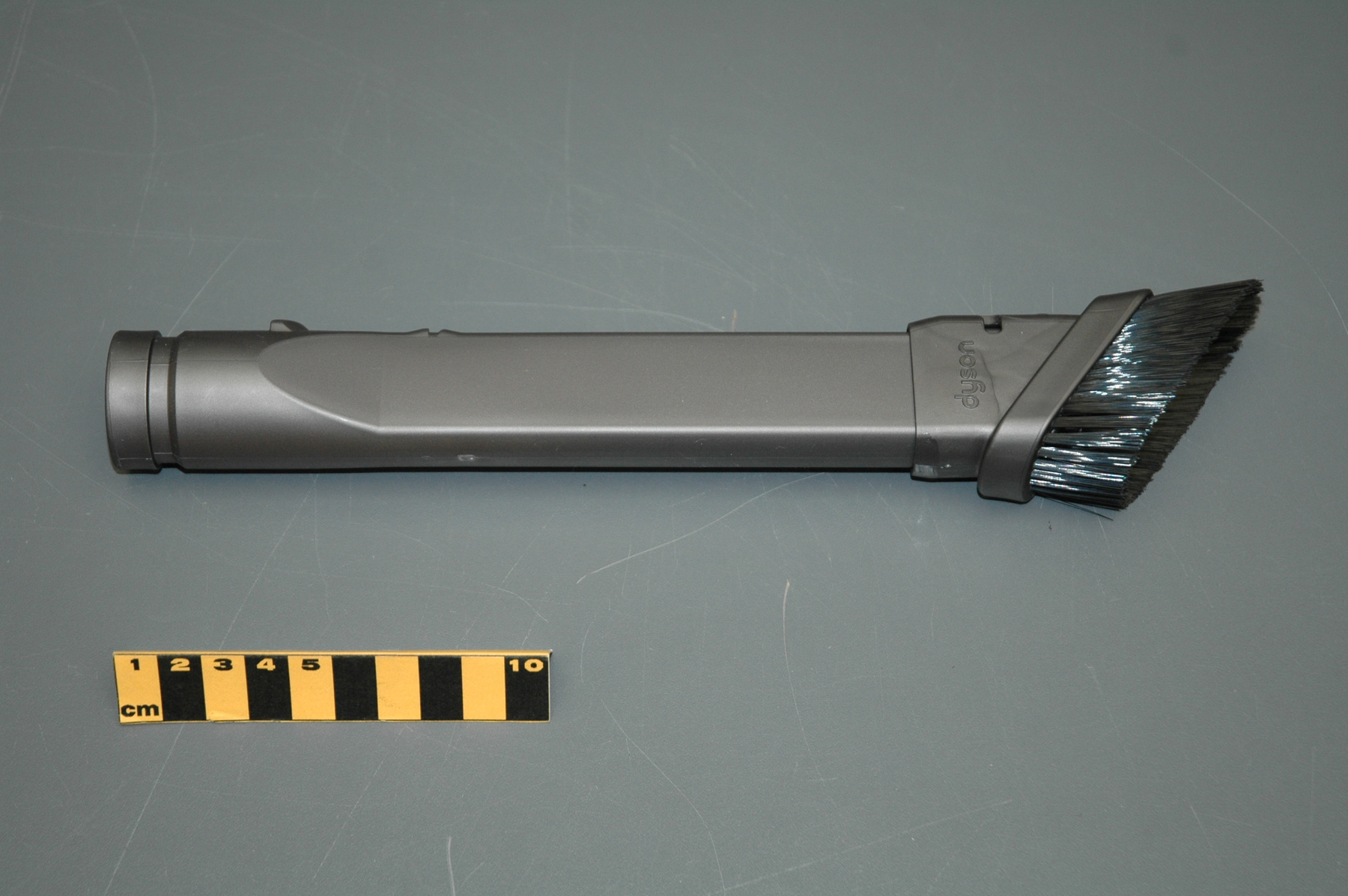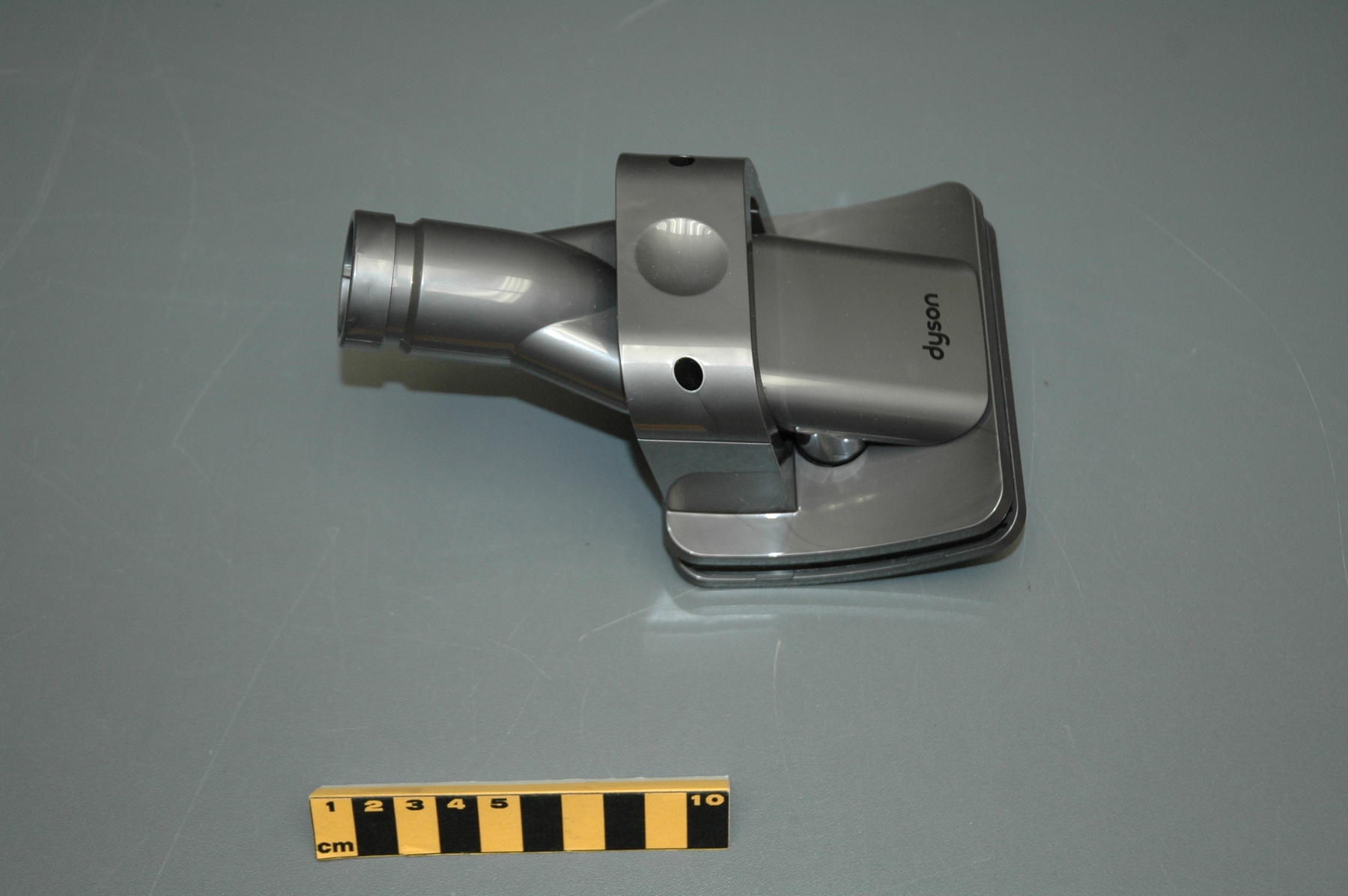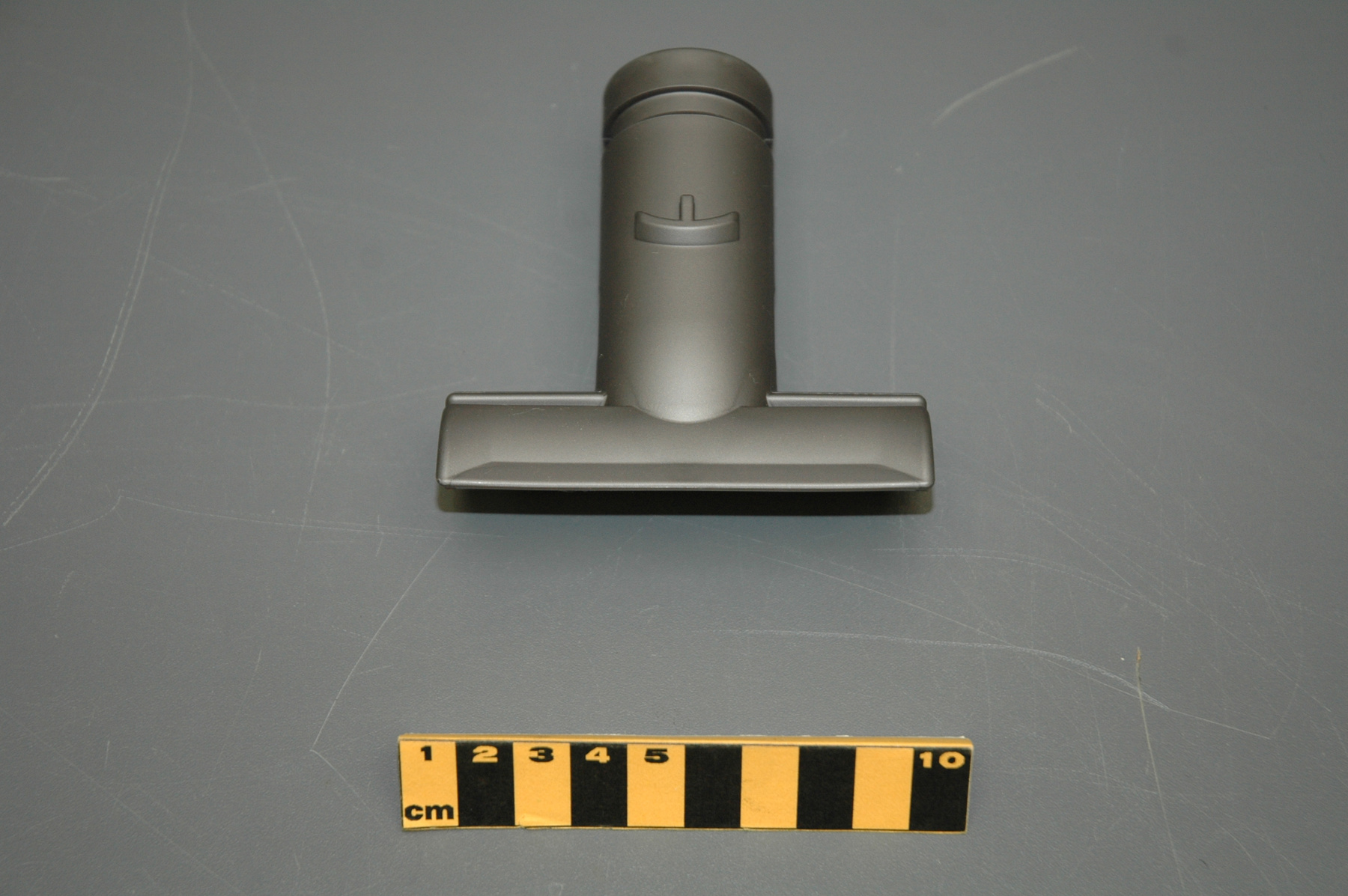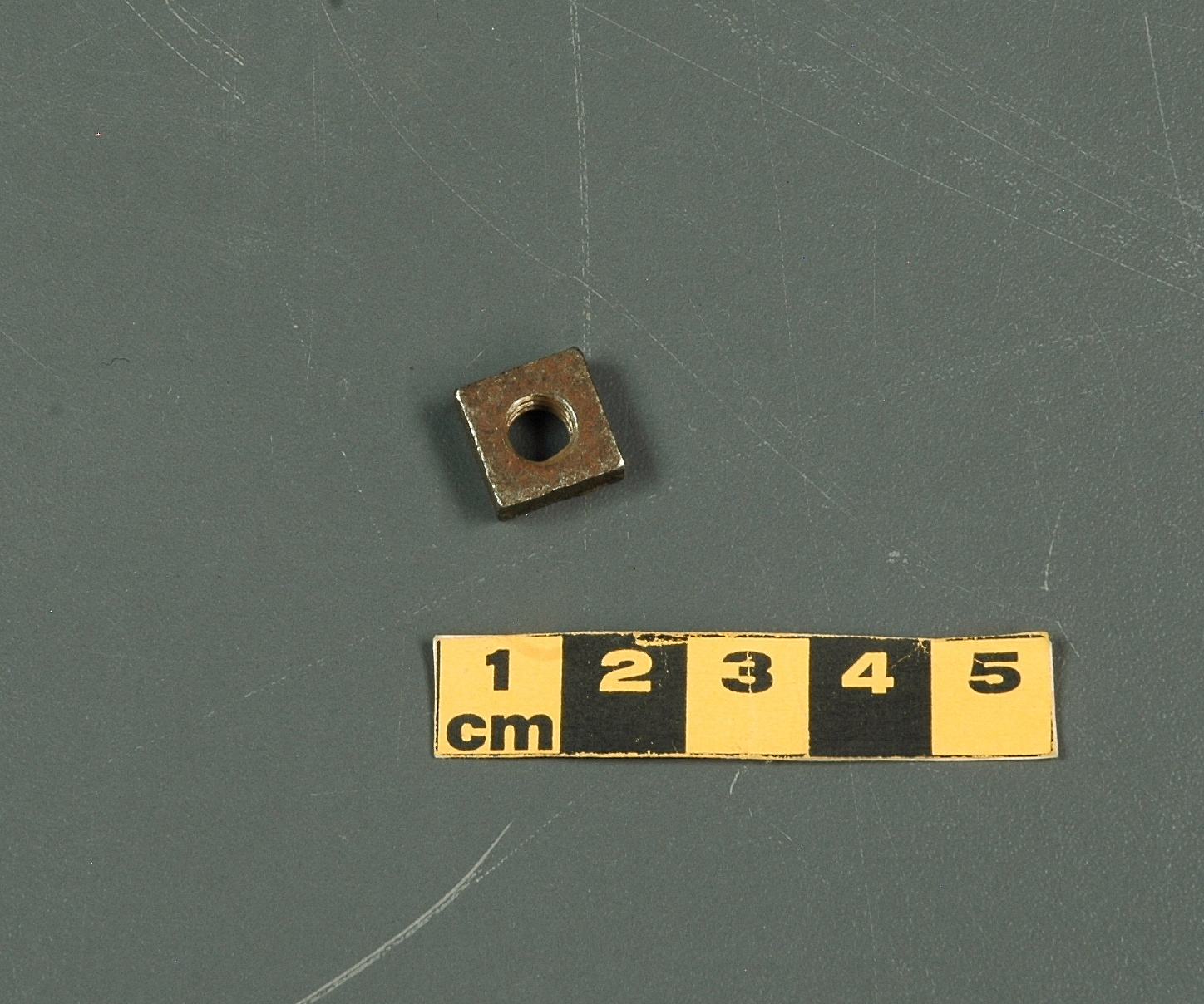Nut
Use this image
Can I reuse this image without permission? Yes
Object images on the Ingenium Collection’s portal have the following Creative Commons license:
Copyright Ingenium / CC BY-NC-ND (Attribution-NonCommercial 4.0 International (CC BY-NC 4.0)
ATTRIBUTE THIS IMAGE
Ingenium,
2012.0097.009
Permalink:
Ingenium is releasing this image under the Creative Commons licensing framework, and encourages downloading and reuse for non-commercial purposes. Please acknowledge Ingenium and cite the artifact number.
DOWNLOAD IMAGEPURCHASE THIS IMAGE
This image is free for non-commercial use.
For commercial use, please consult our Reproduction Fees and contact us to purchase the image.
- OBJECT TYPE
- Square
- DATE
- 1931
- ARTIFACT NUMBER
- 2012.0097.009
- MANUFACTURER
- Unknown
- MODEL
- Unknown
- LOCATION
- Unknown
More Information
General Information
- Serial #
- N/A
- Part Number
- 9
- Total Parts
- 10
- AKA
- N/A
- Patents
- N/A
- General Description
- Steel nut
Dimensions
Note: These reflect the general size for storage and are not necessarily representative of the object's true dimensions.
- Length
- 1.0 cm
- Width
- 1.0 cm
- Height
- N/A
- Thickness
- N/A
- Weight
- N/A
- Diameter
- N/A
- Volume
- N/A
Lexicon
- Group
- Agriculture
- Category
- Miscellaneous
- Sub-Category
- N/A
Manufacturer
- AKA
- Unknown
- Country
- Unknown
- State/Province
- Unknown
- City
- Unknown
Context
- Country
- Canada
- State/Province
- Ontario
- Period
- 1931-
- Canada
-
La fonderie James Smart Manufacturing Co., Ltd, établie à Brockville était une industrie canadienne importante. Elle fabriquait des objets en métal de toutes sortes, pour usage domestique, pour le transport, la quincaillerie, des outils et pour l'entretien extérieur. Vers 1910, la firme fur achetée par la Canadian Foundries and Forgings de Montréal qui continua les opérations dans l'usine de Brockville sous le nom James Smart Plant. L'usine a fermé en 1967. Ce support a été utilisé par une famille canadienne, à l'example de plusieurs autres, pour préparer l'arbre de Noël. Plusiers examples de ce support existent encore sure le marché. Son ancien propriétaire l'avait acheté à une vente de succession (estate auction) d'une dame âgée habitant Peterborough. (From Artifact Worksheet, in Supp. Info.) - Function
-
To secure the two halves of a Christmas tree stand. - Technical
-
Could hold a tree up to 3 inches of diameter. Christmas tree stands varied in design over the years. Their evolution story is not easy to track down but it seems that the first US Patent for a Christmas tree stand was in 1874. The search to find the best tree stand design, particularly for fresh trees which need water, seems to be an ongoing quest when we look at the products being patented and offered on the market since then. Before the 4-leg model, it seems most tree stands were designed as a patterned cast iron base, heavier than the 4-leg model and with a cylindrical opening in the center to hold the tree and screws to tighten it. (From Artifact Worksheet, in Supp. Info.) - Area Notes
-
Unknown
Details
- Markings
- None
- Missing
- Appears complete
- Finish
- Dark coloured steel with some orange ferrous corrosion.
- Decoration
- N/A
CITE THIS OBJECT
If you choose to share our information about this collection object, please cite:
Unknown Manufacturer, Nut, circa 1931, Artifact no. 2012.0097, Ingenium – Canada’s Museums of Science and Innovation, http://collections.ingeniumcanada.org/en/item/2012.0097.009/
FEEDBACK
Submit a question or comment about this artifact.
More Like This
